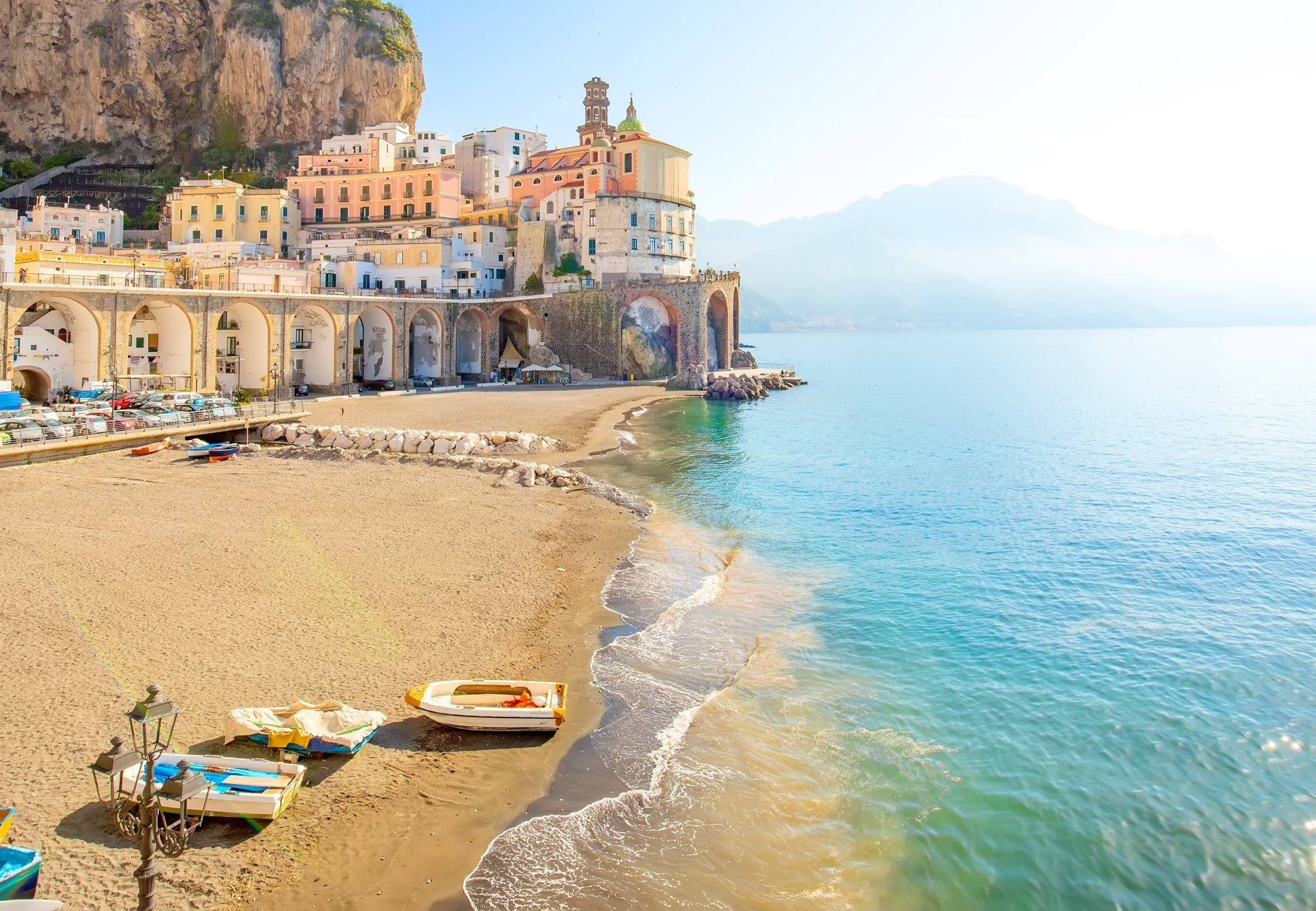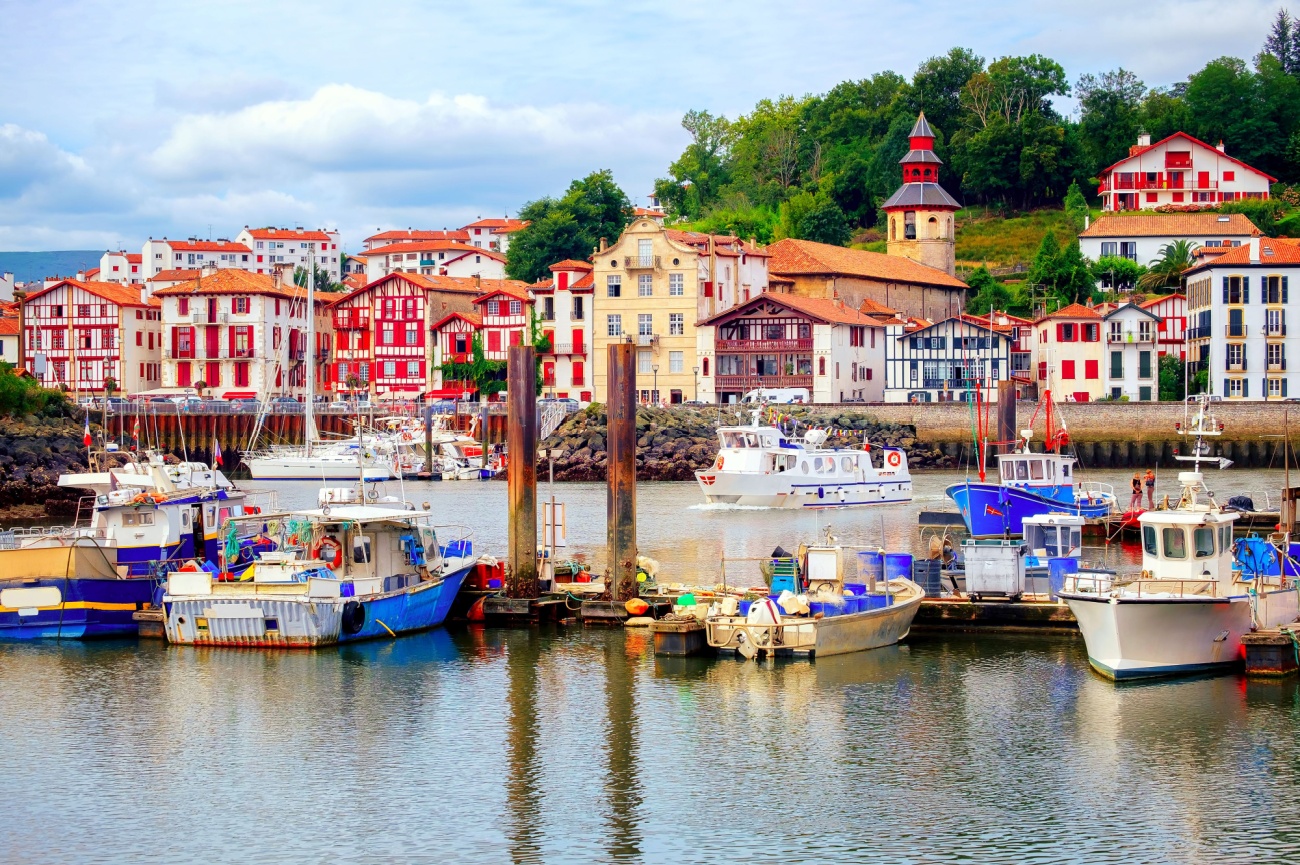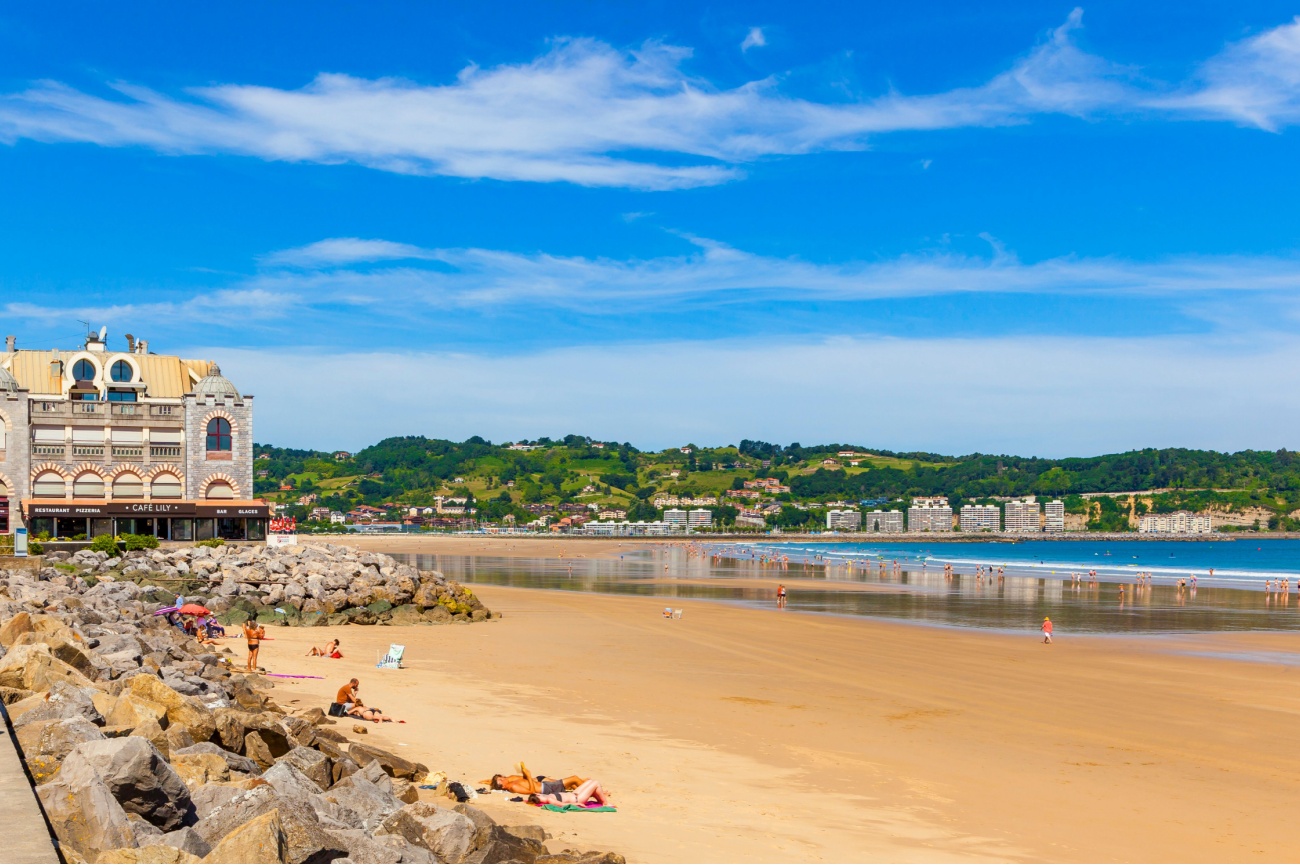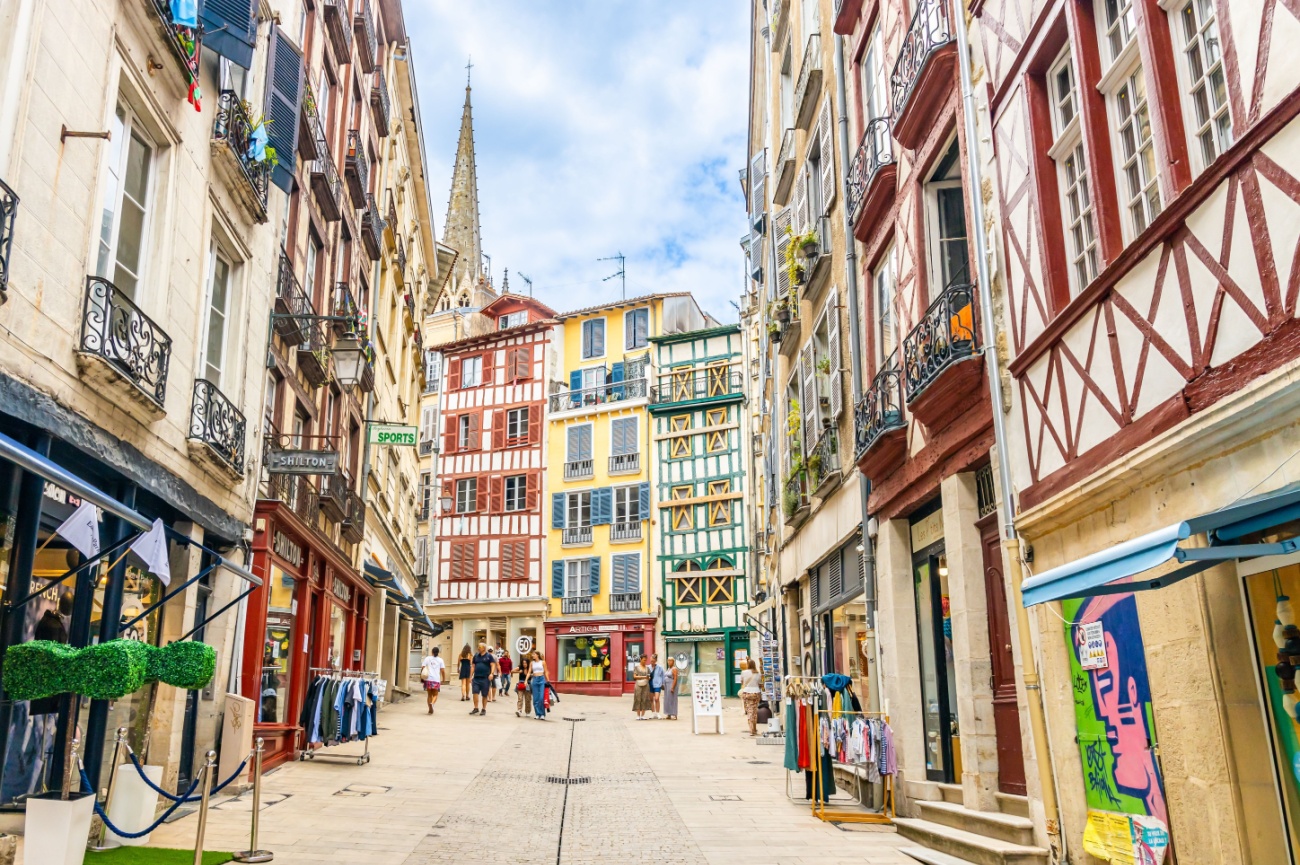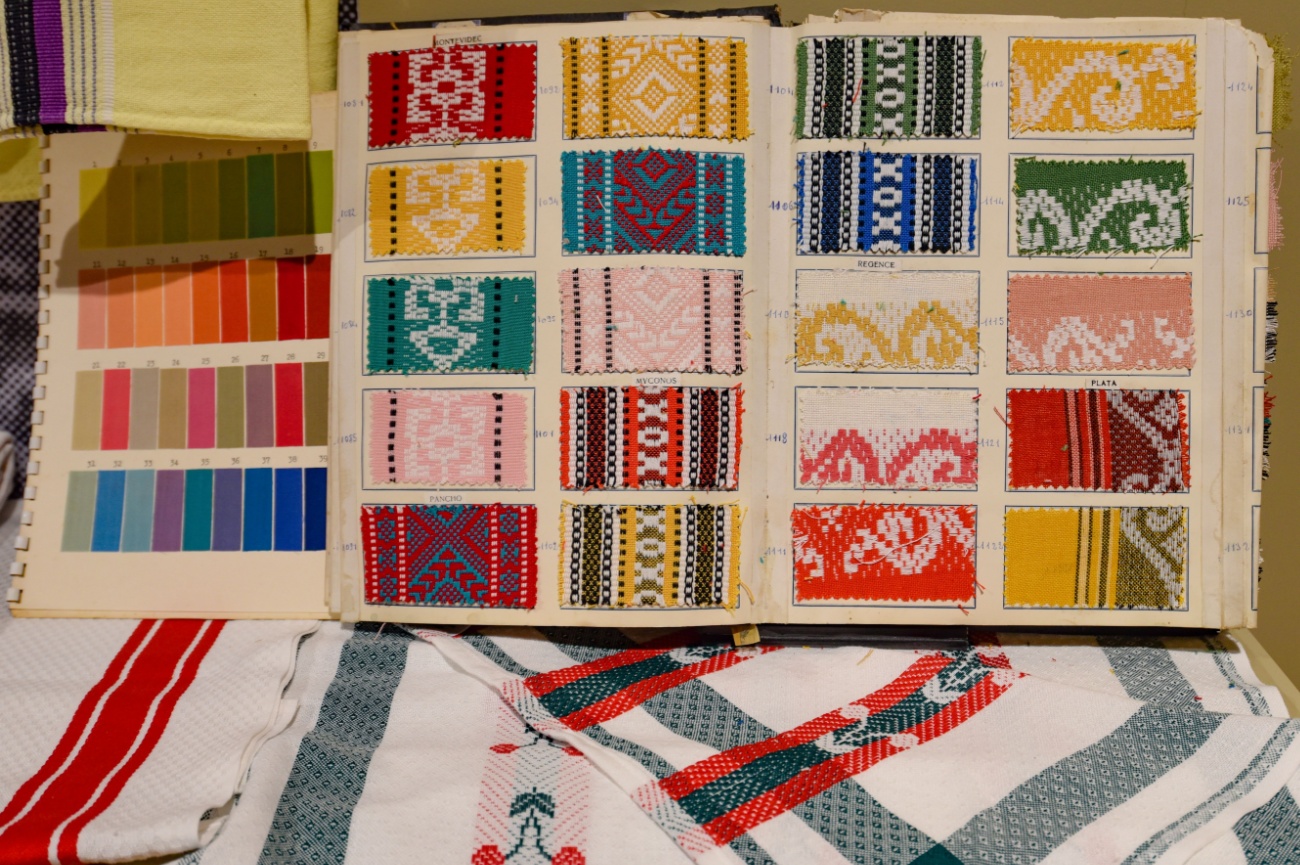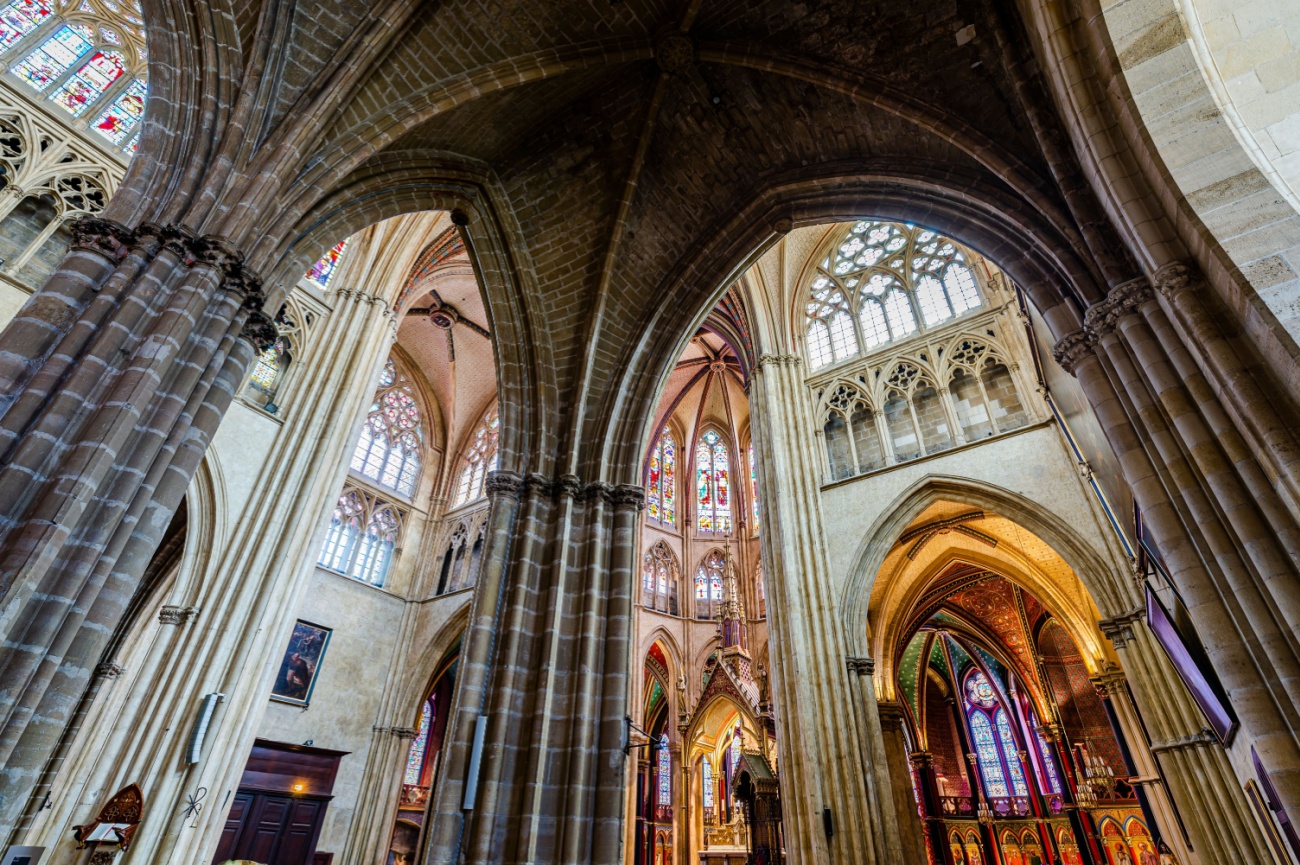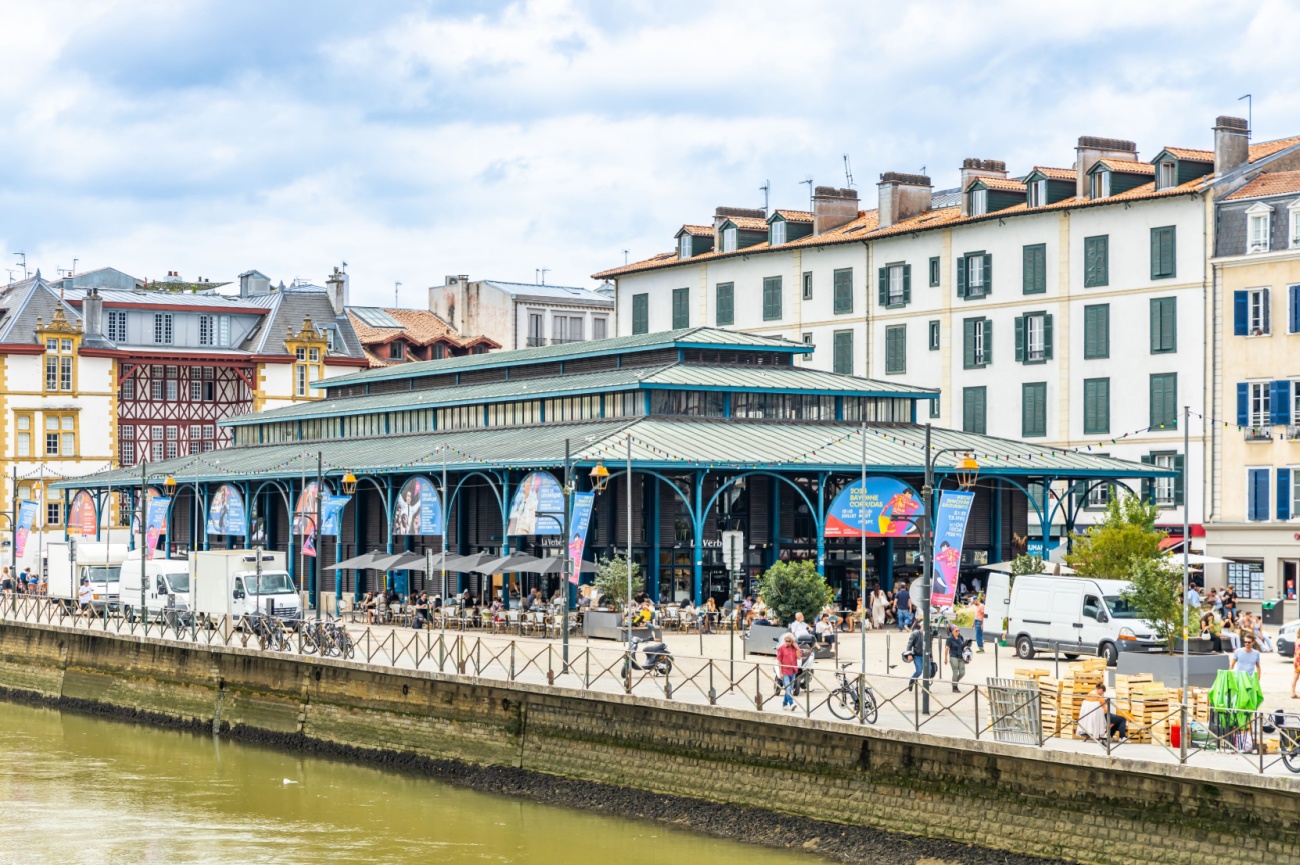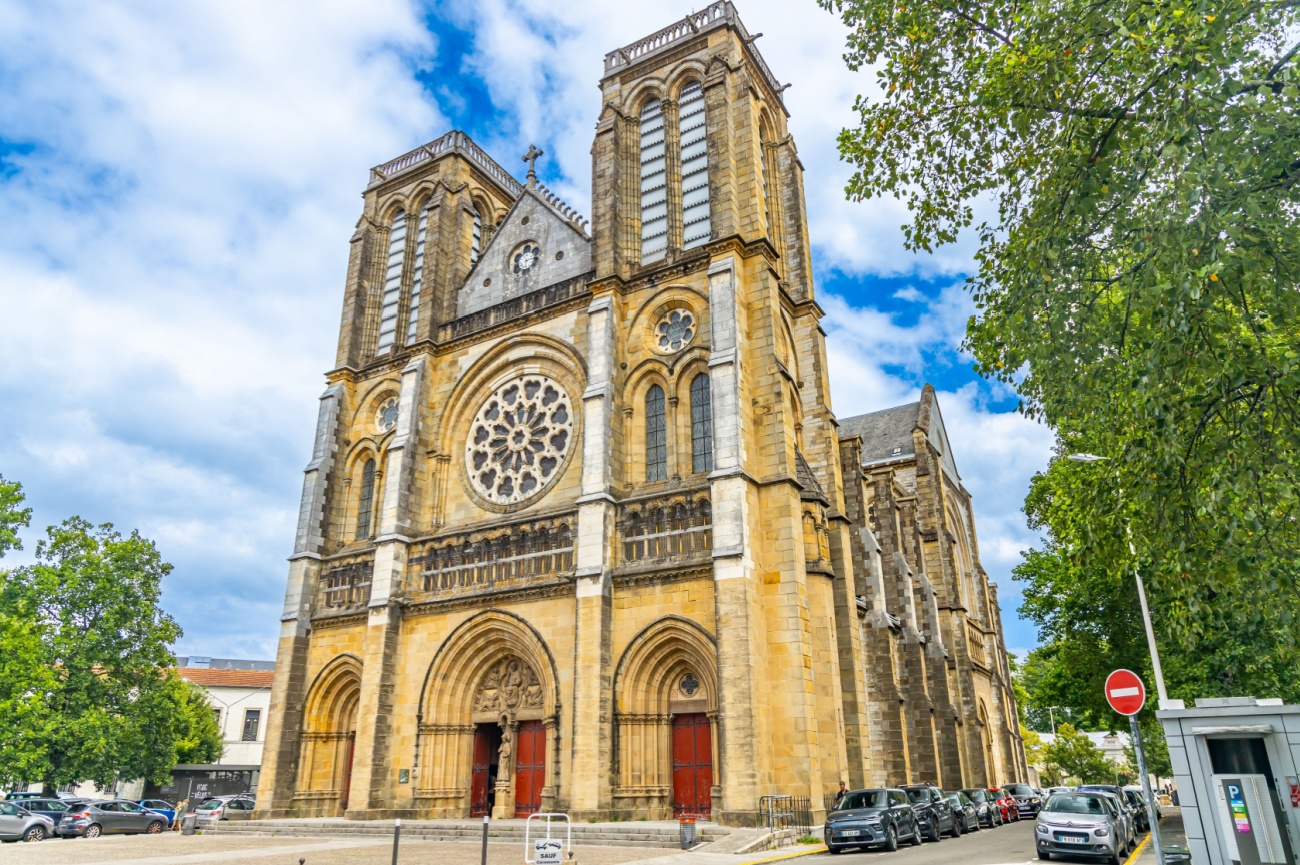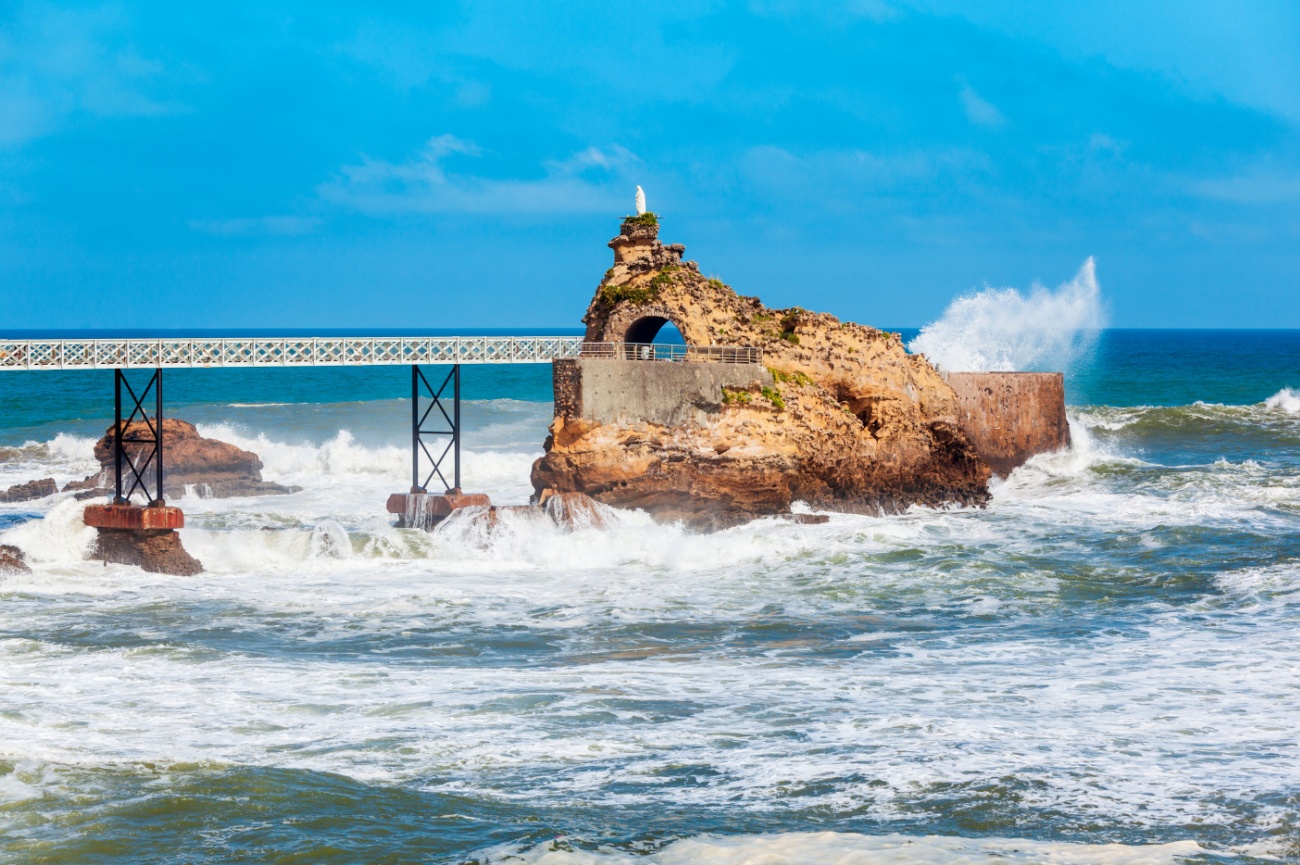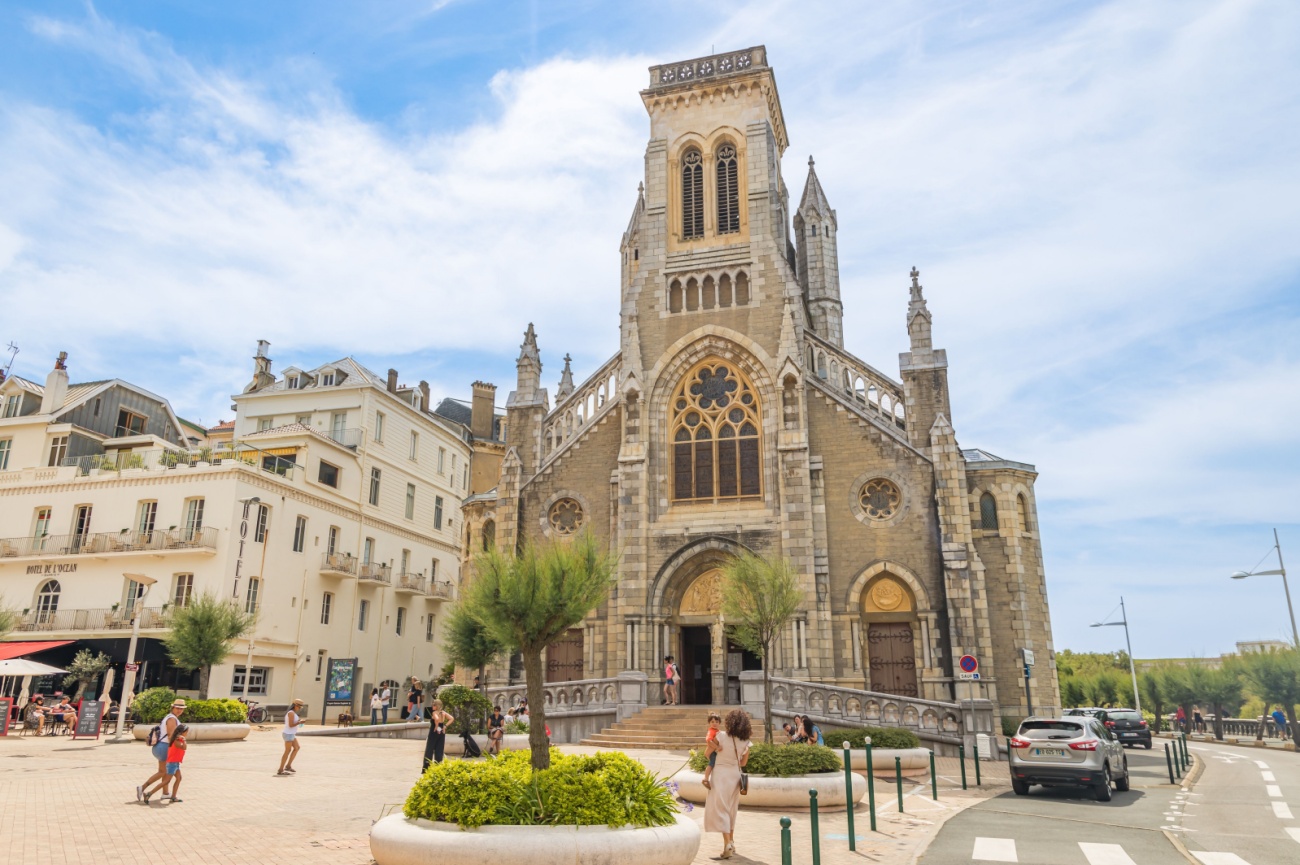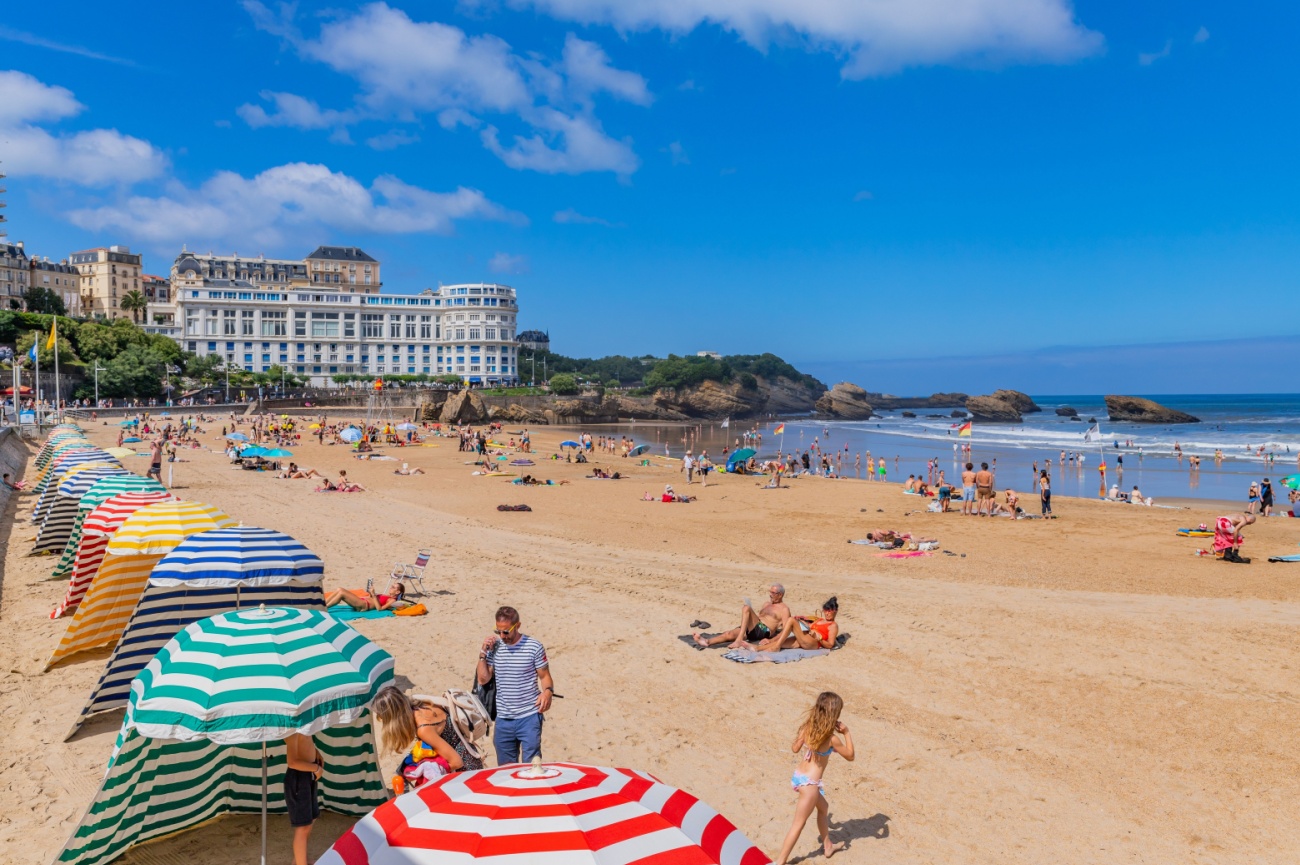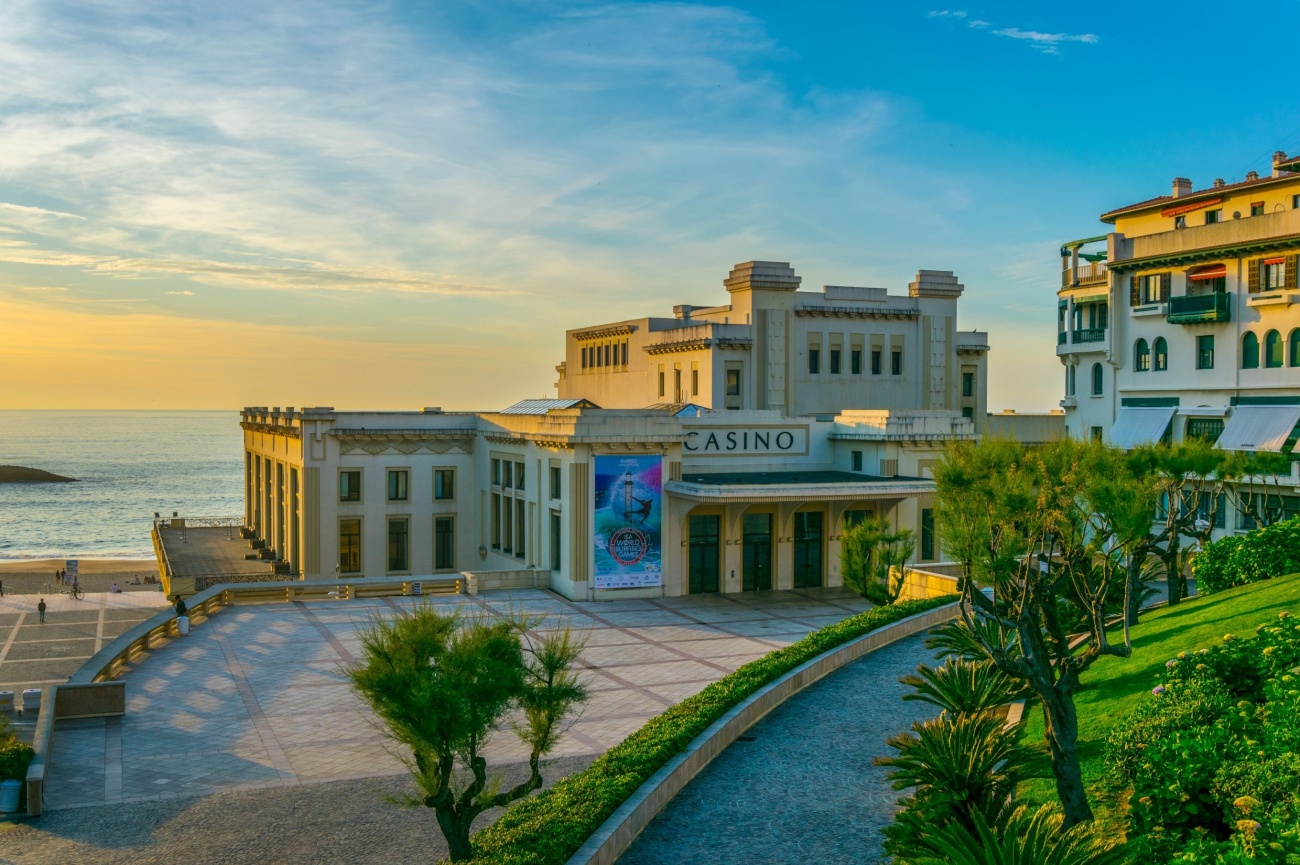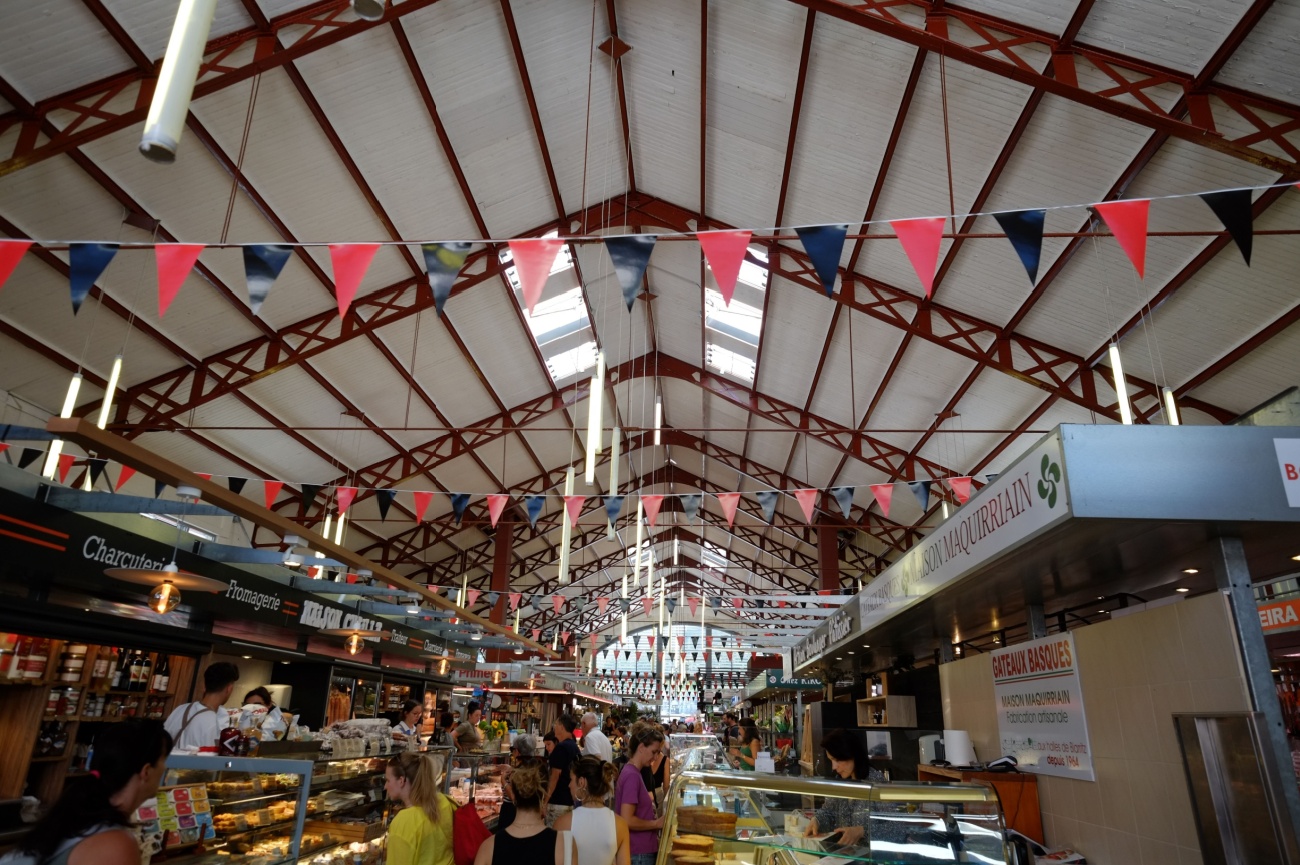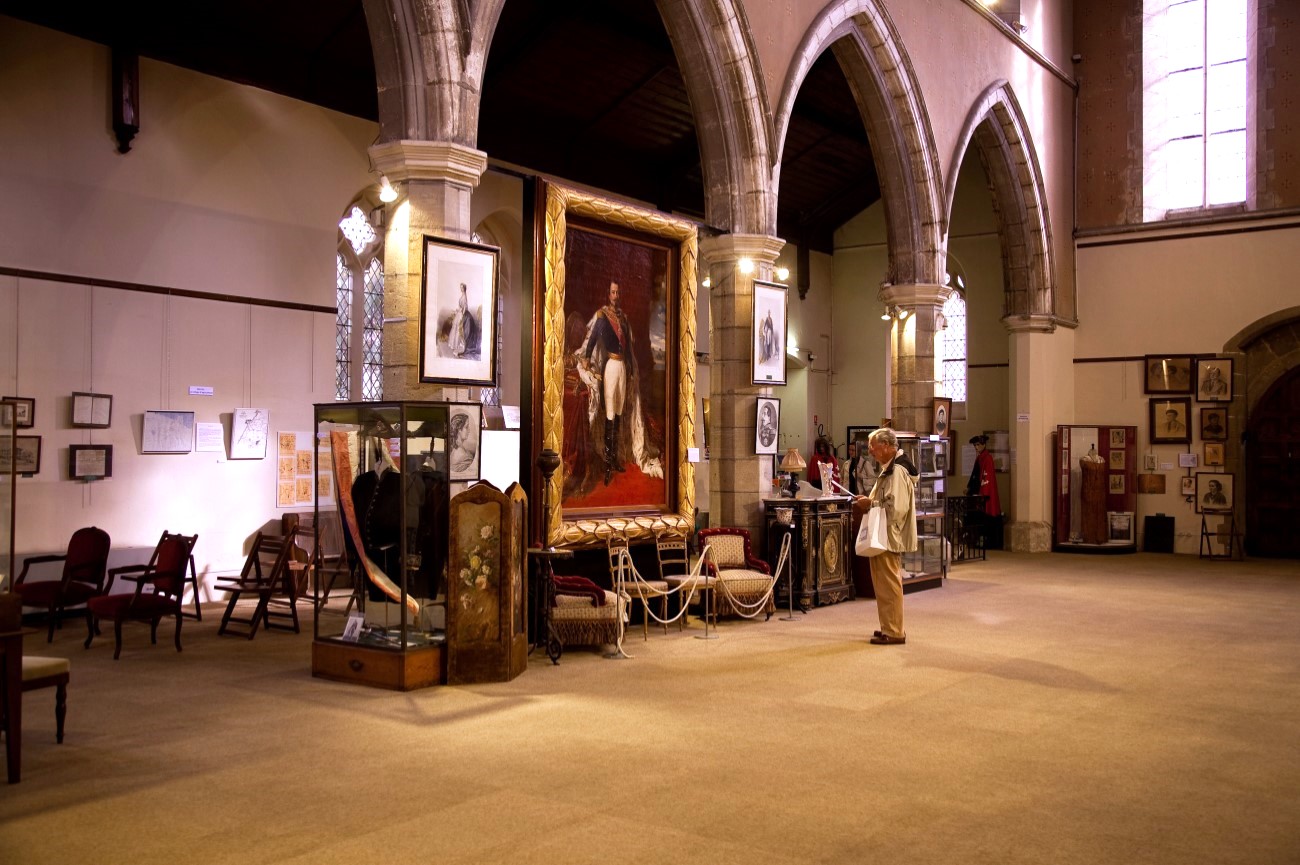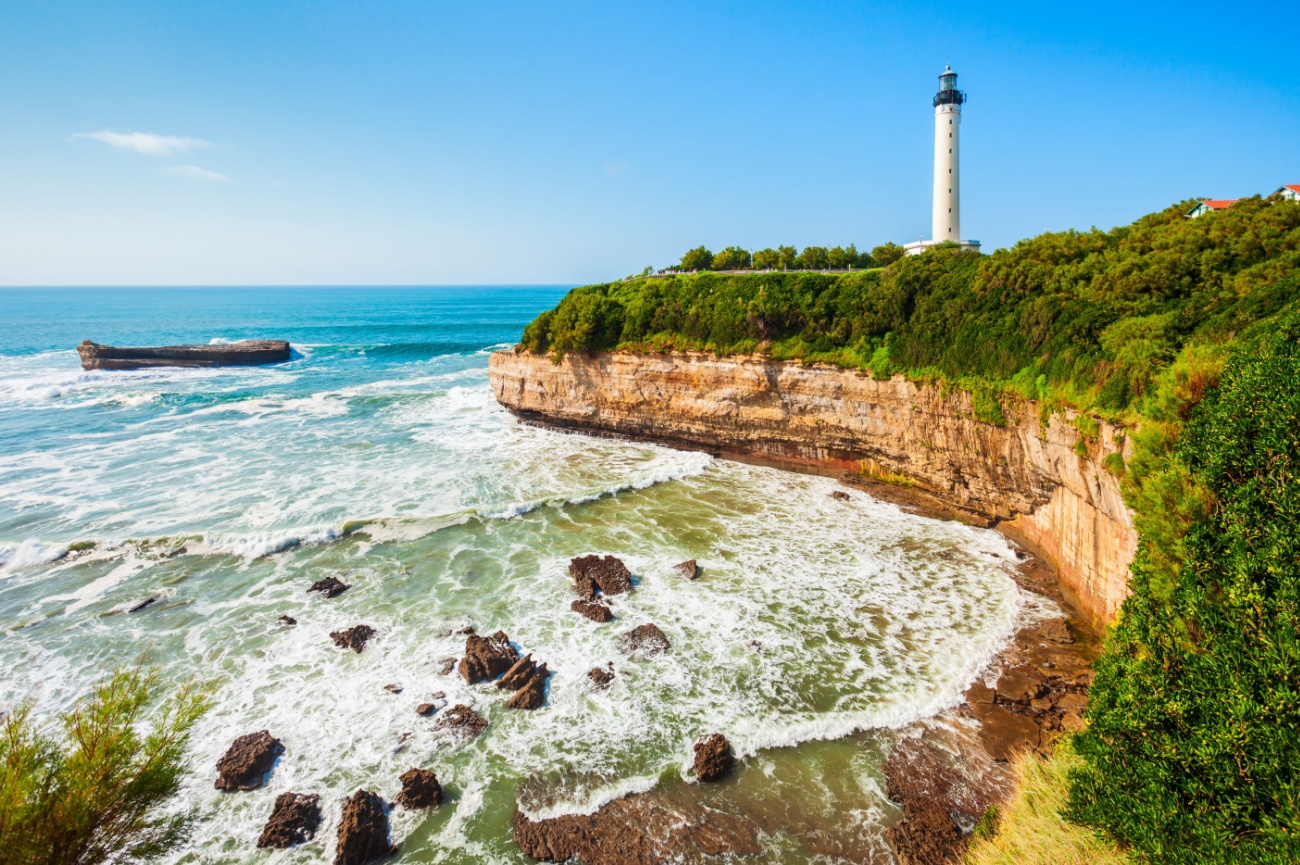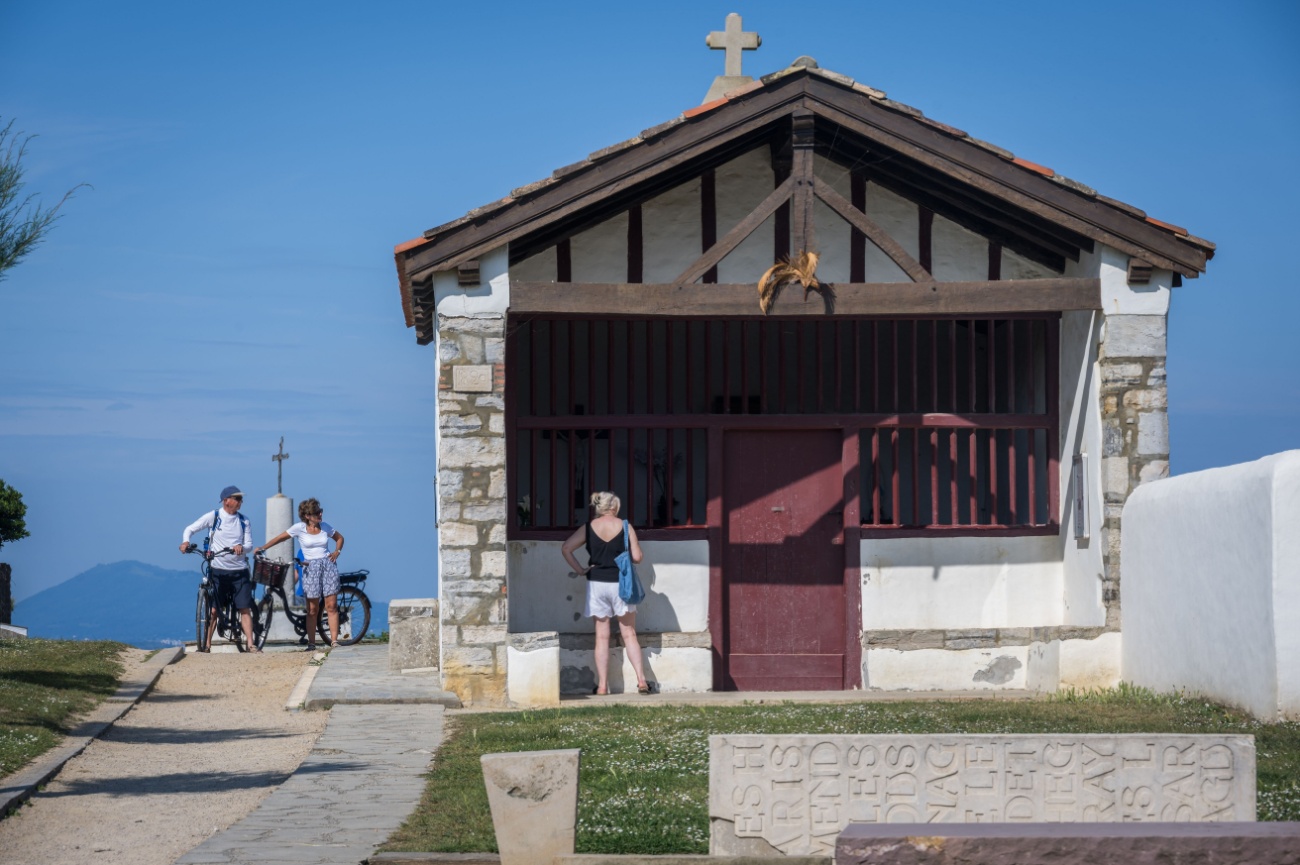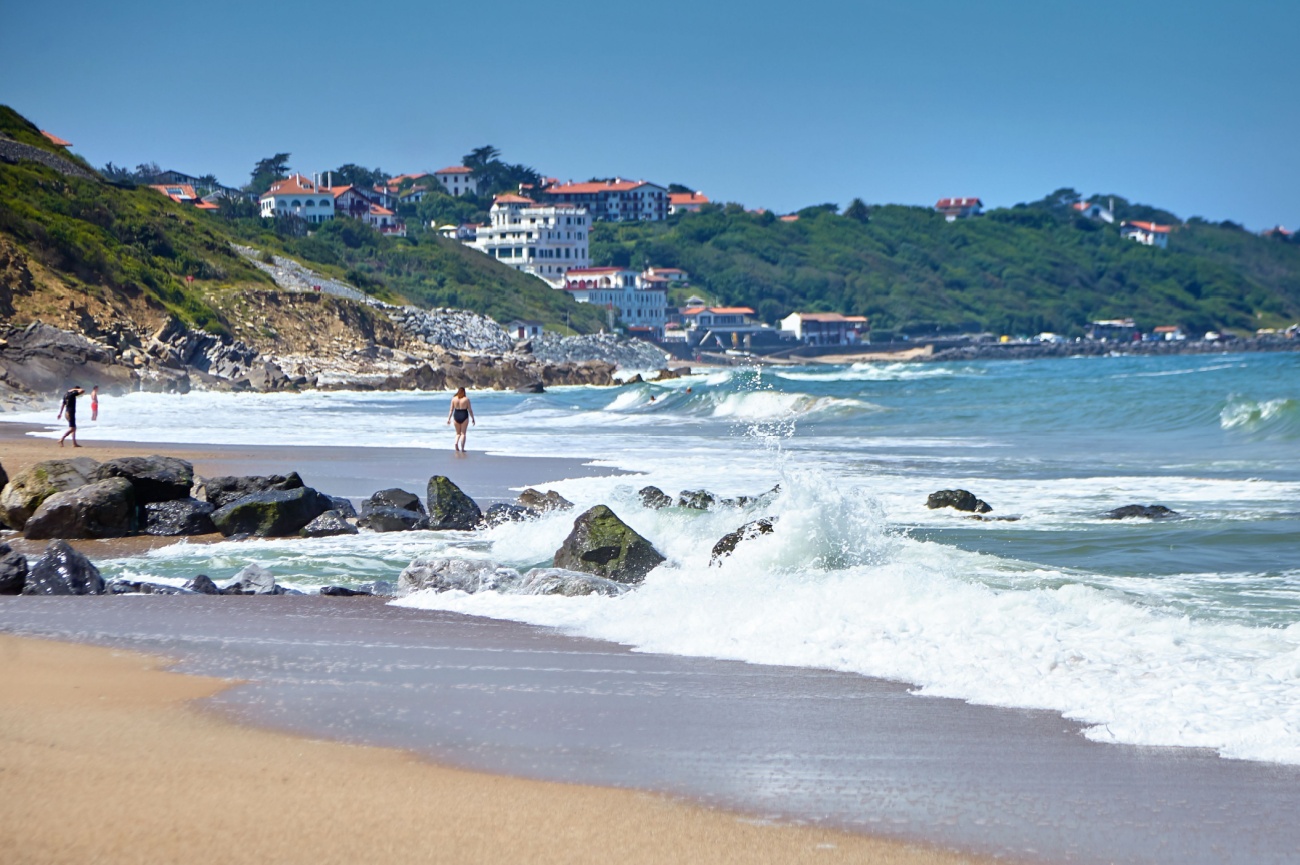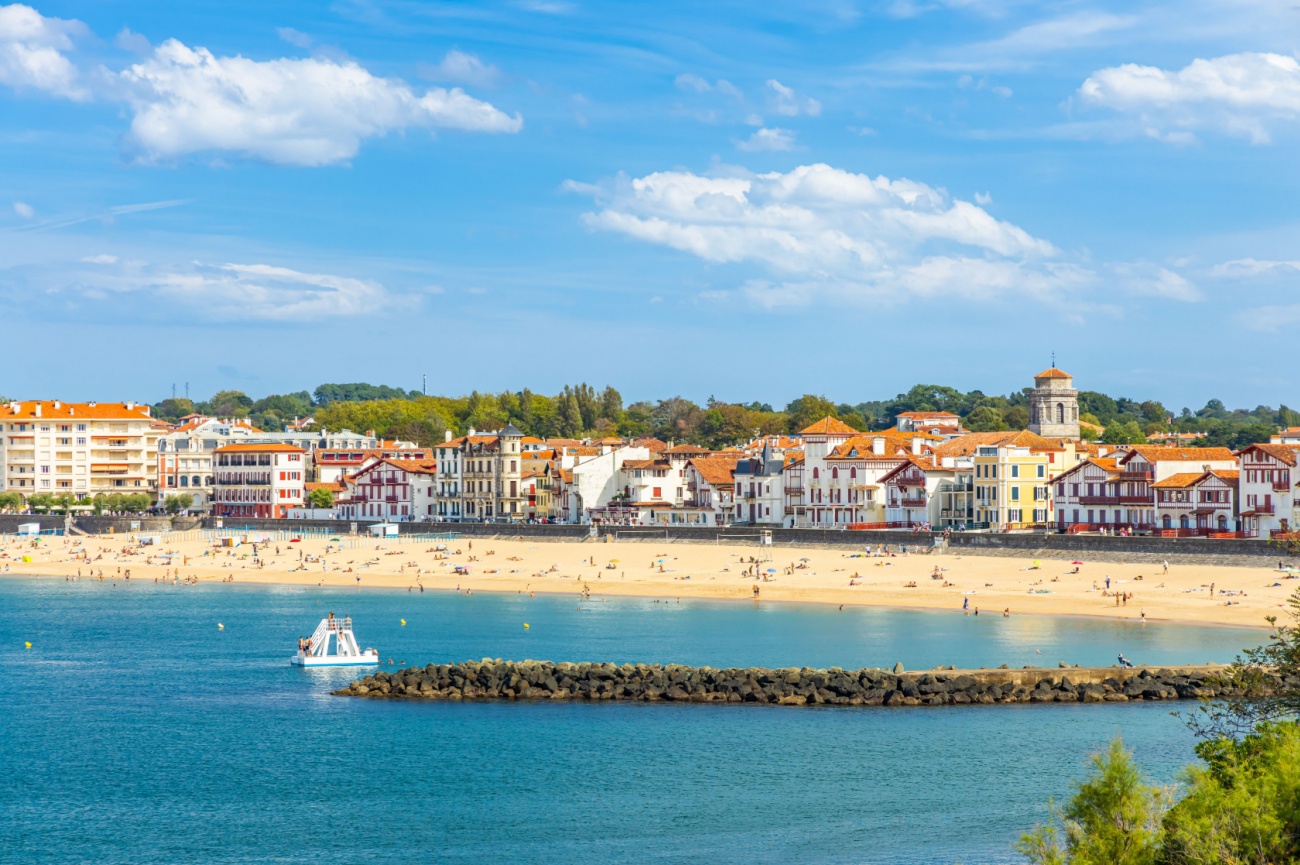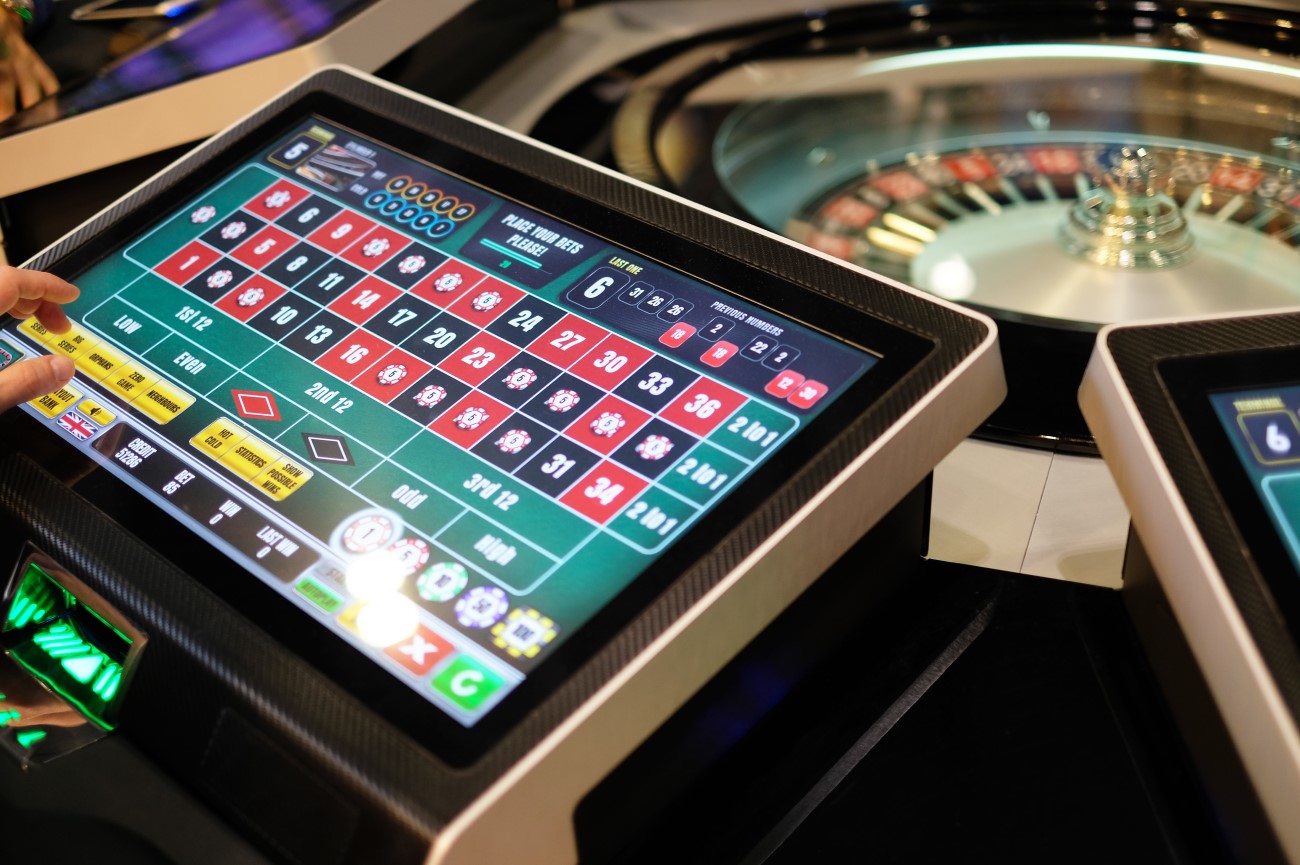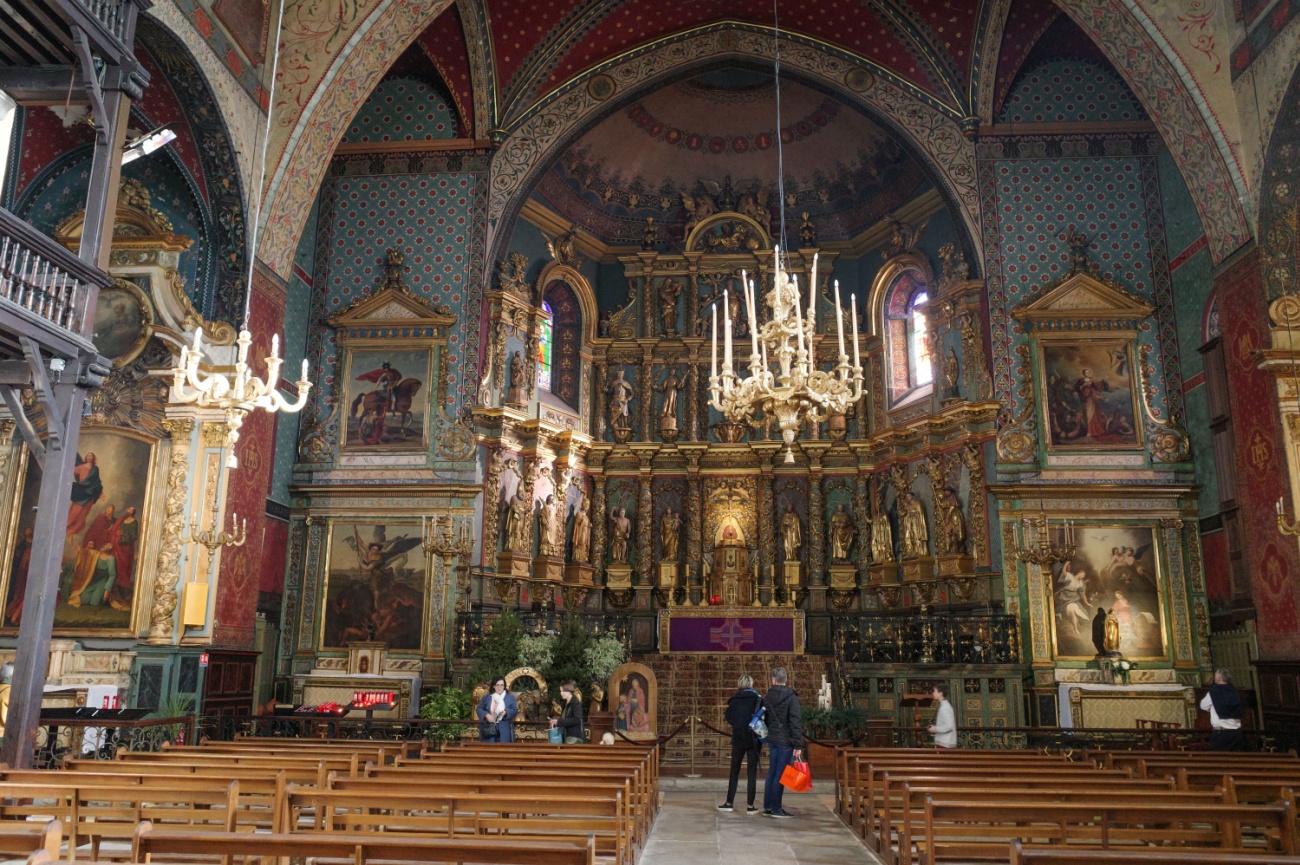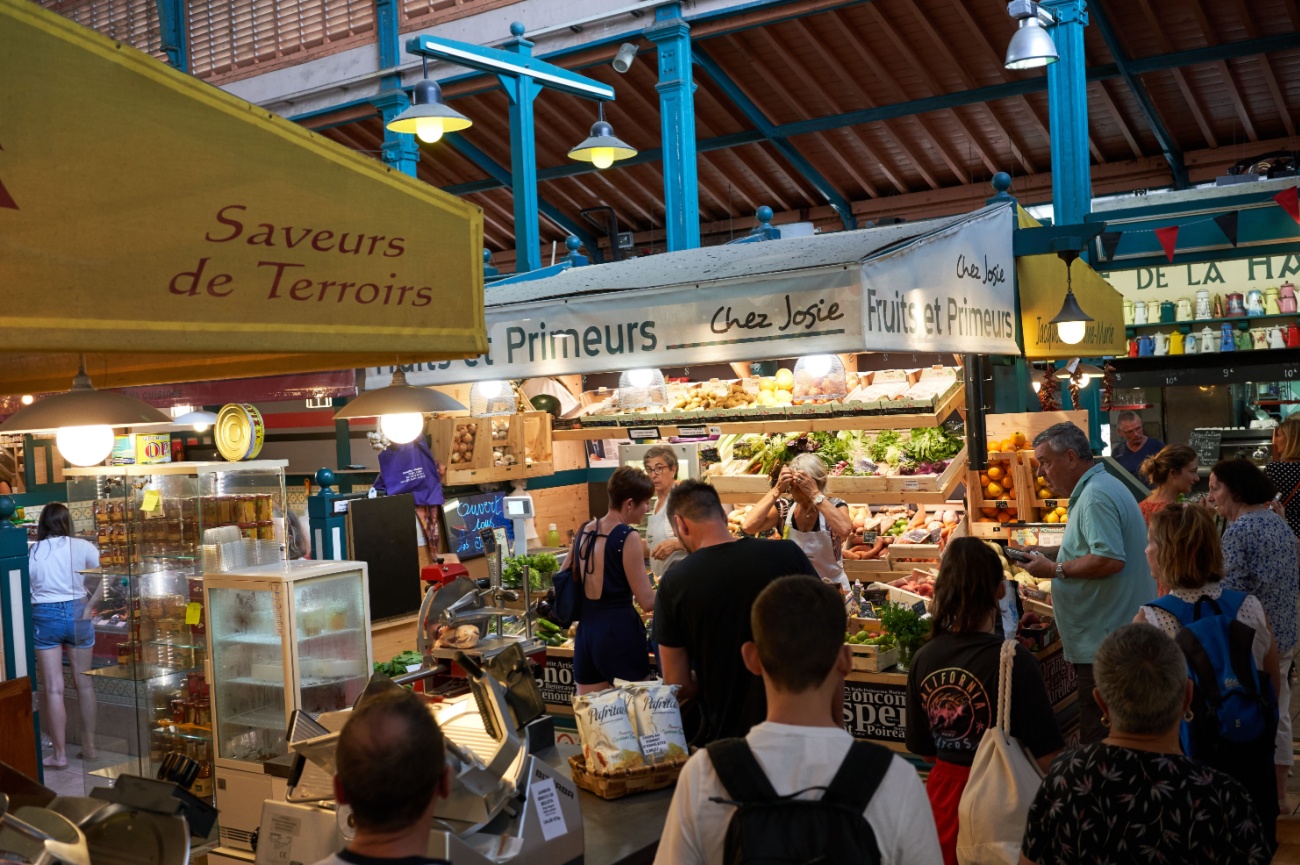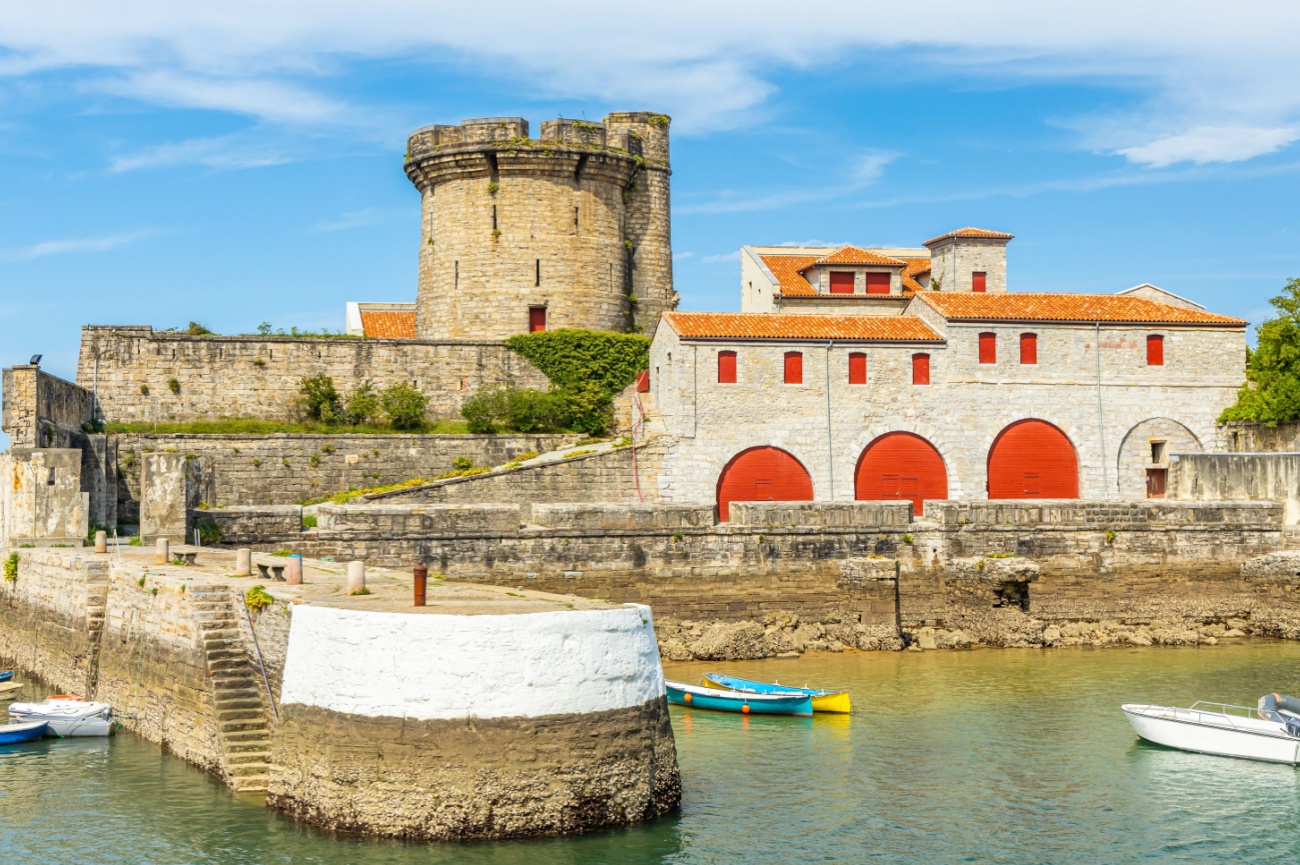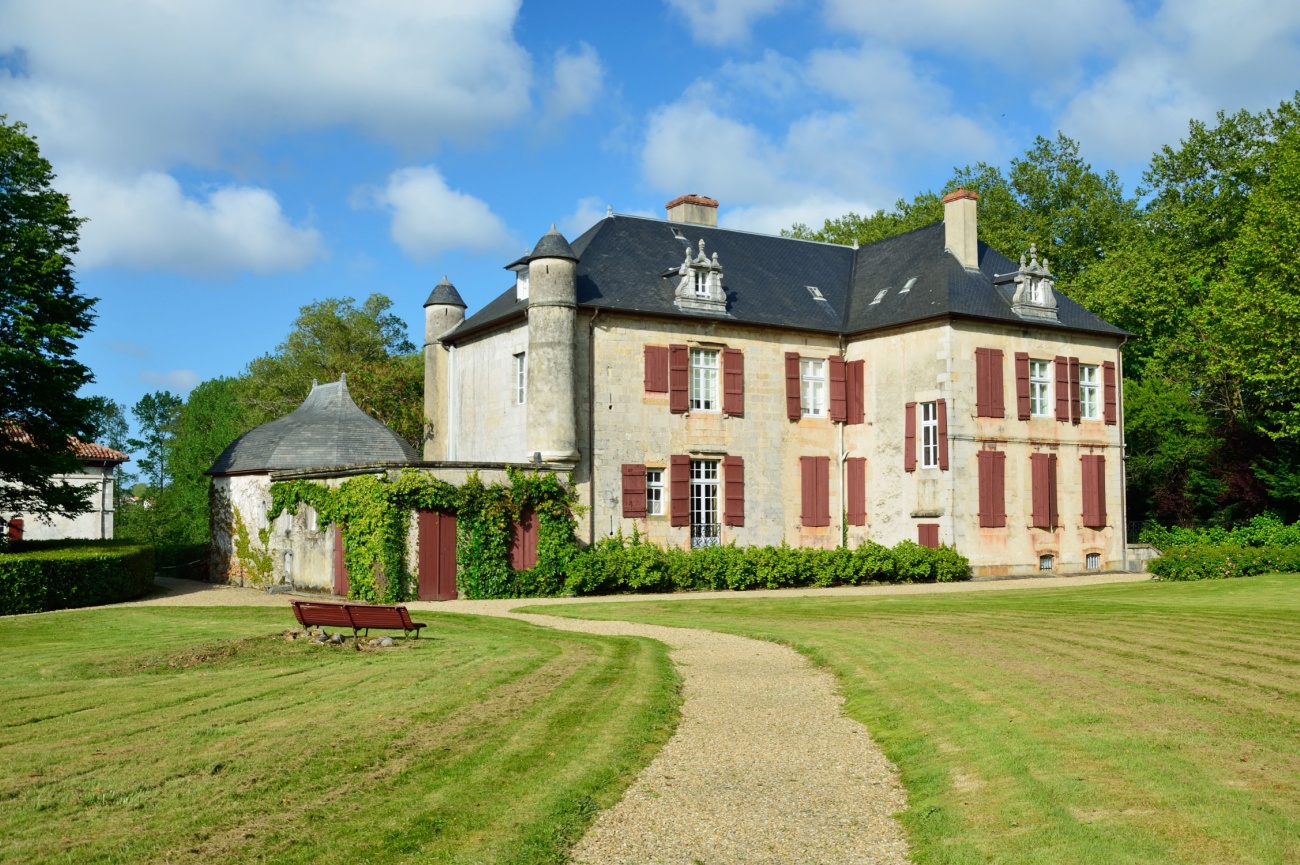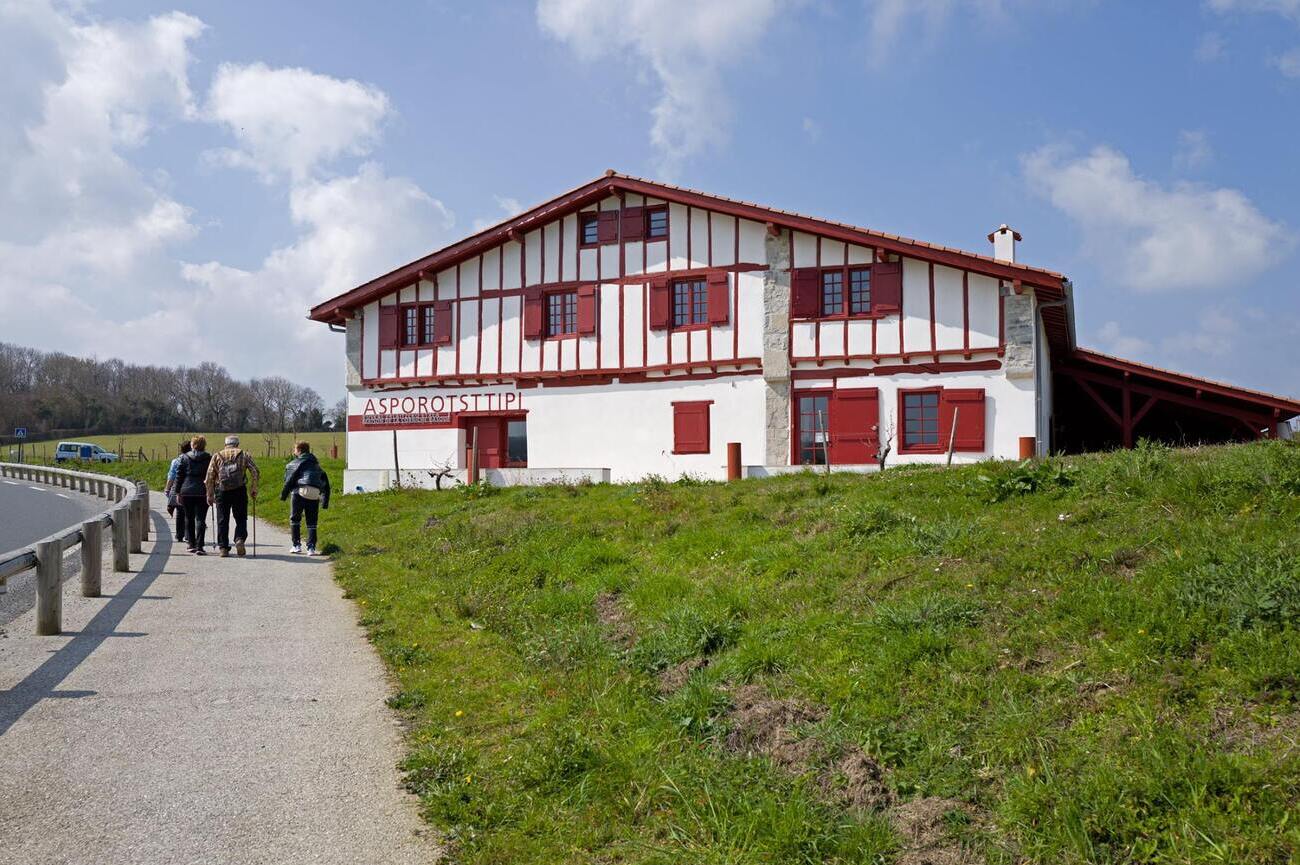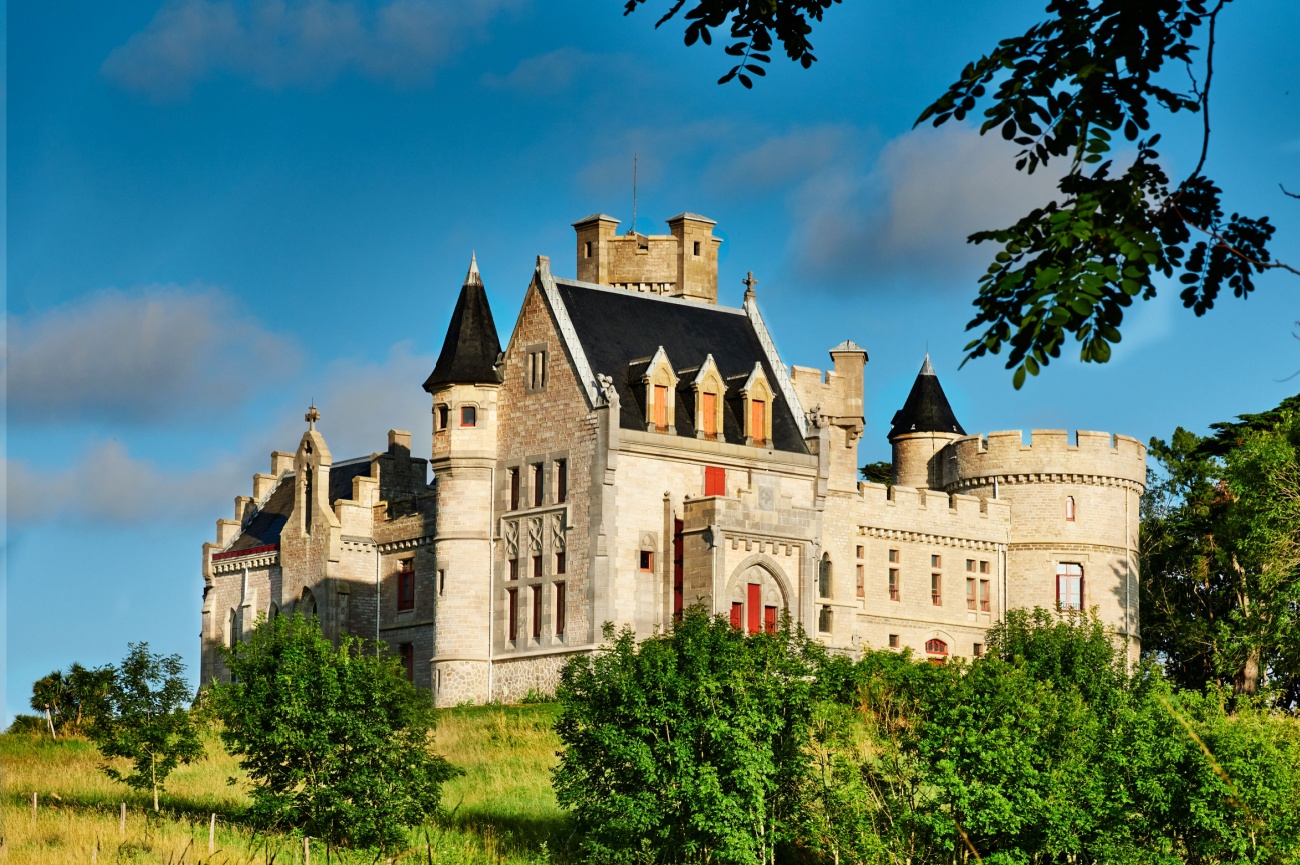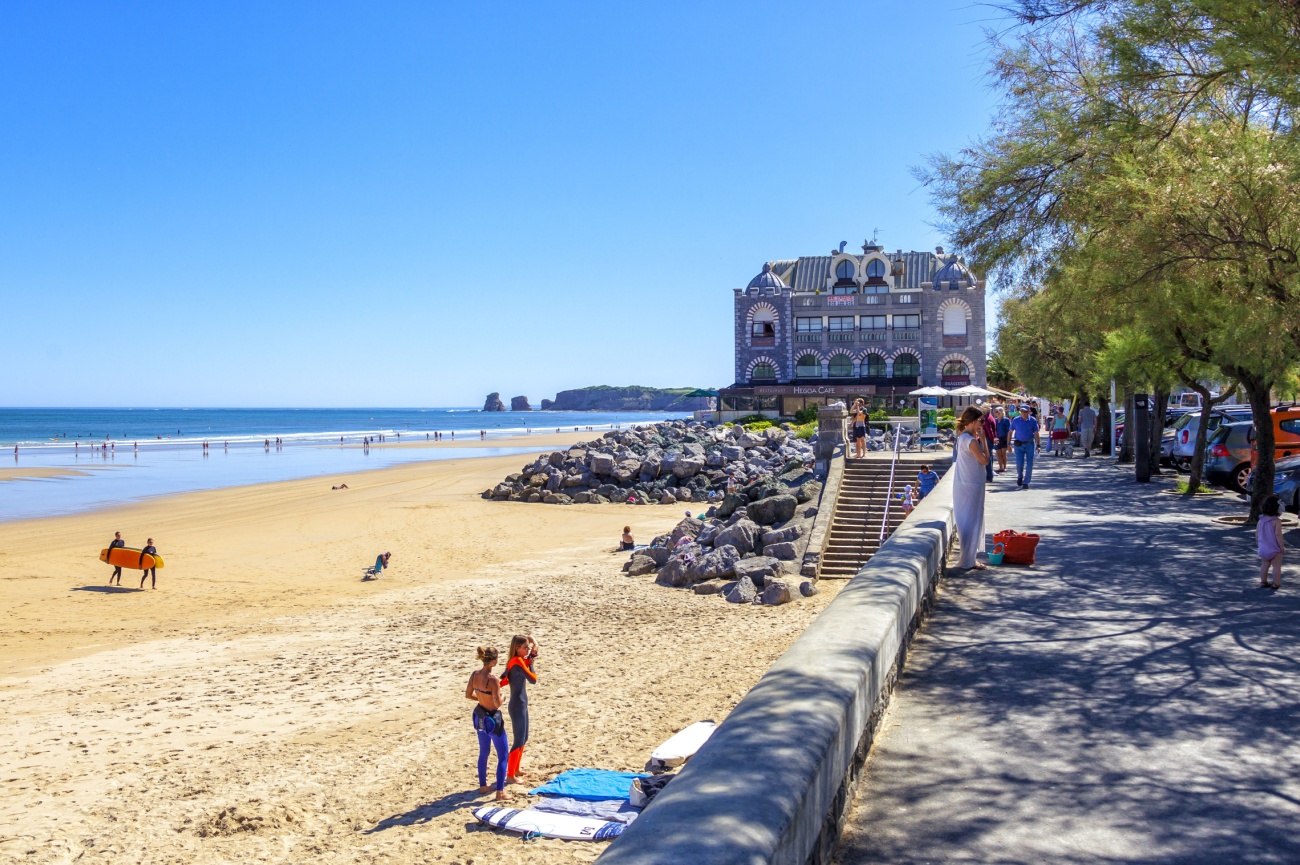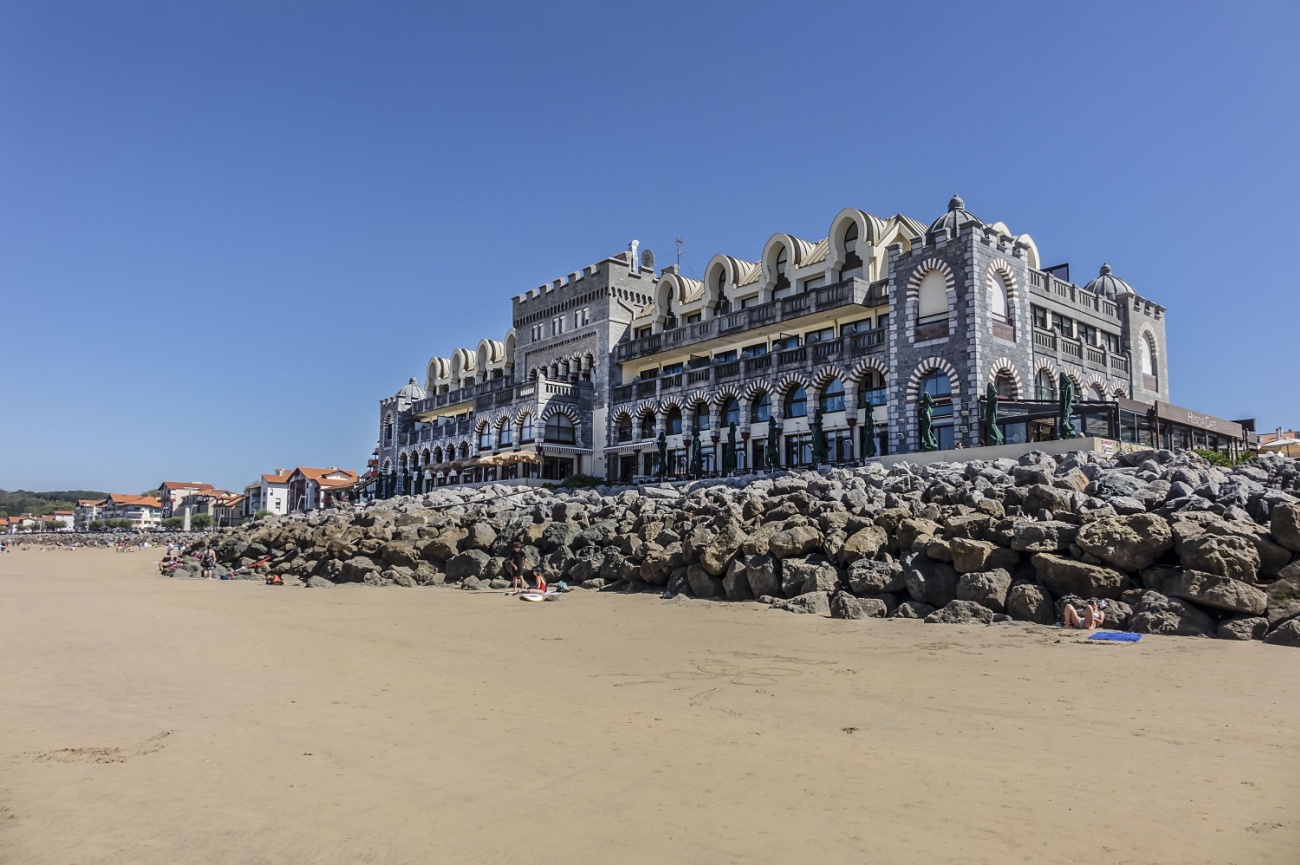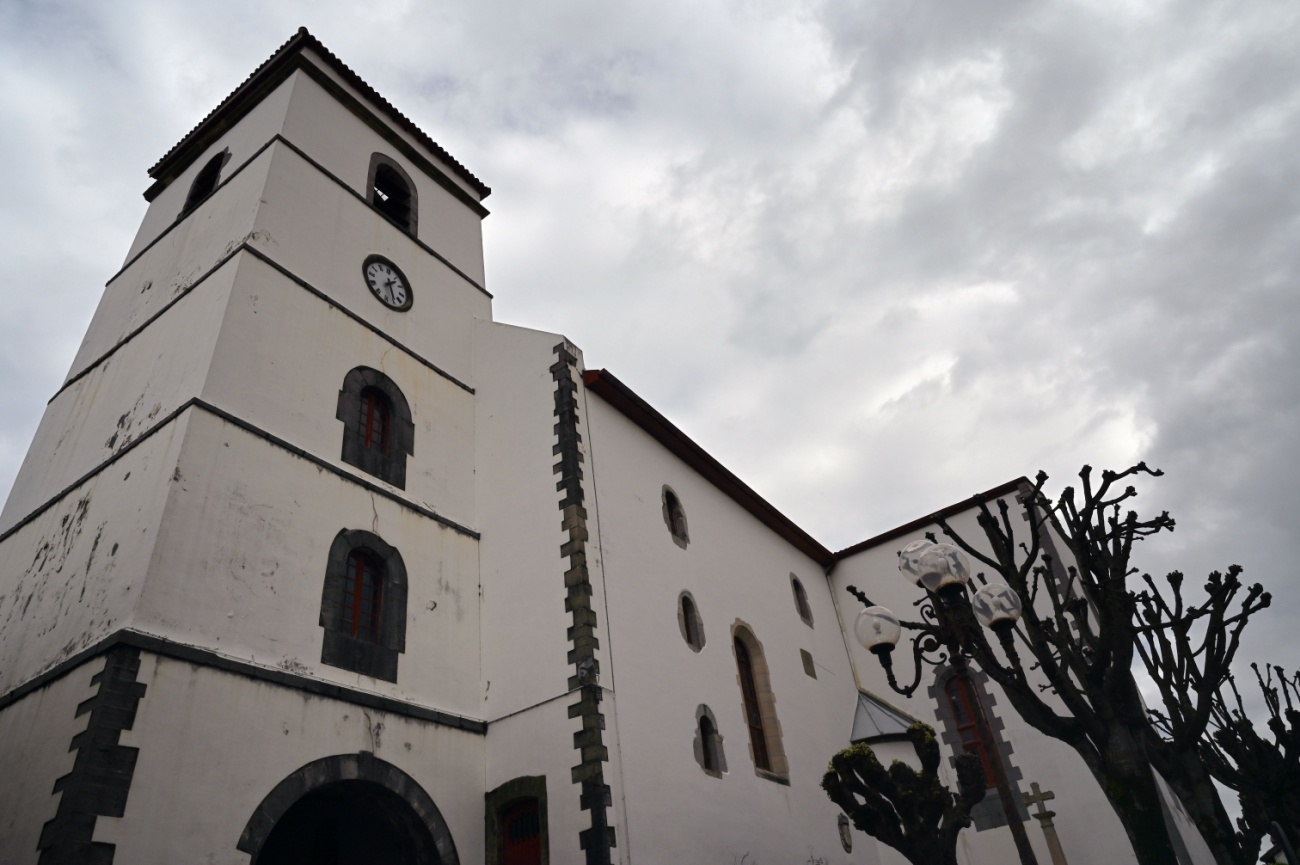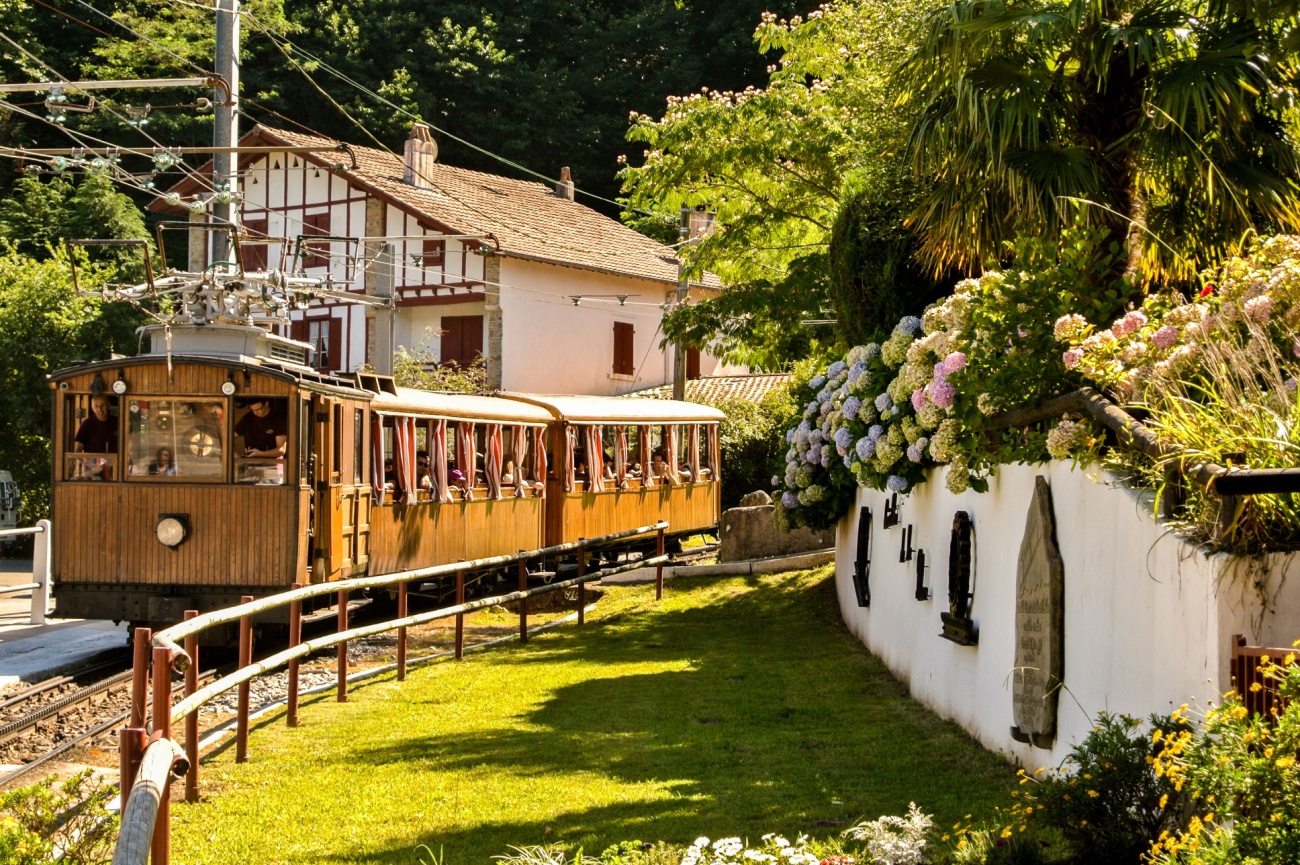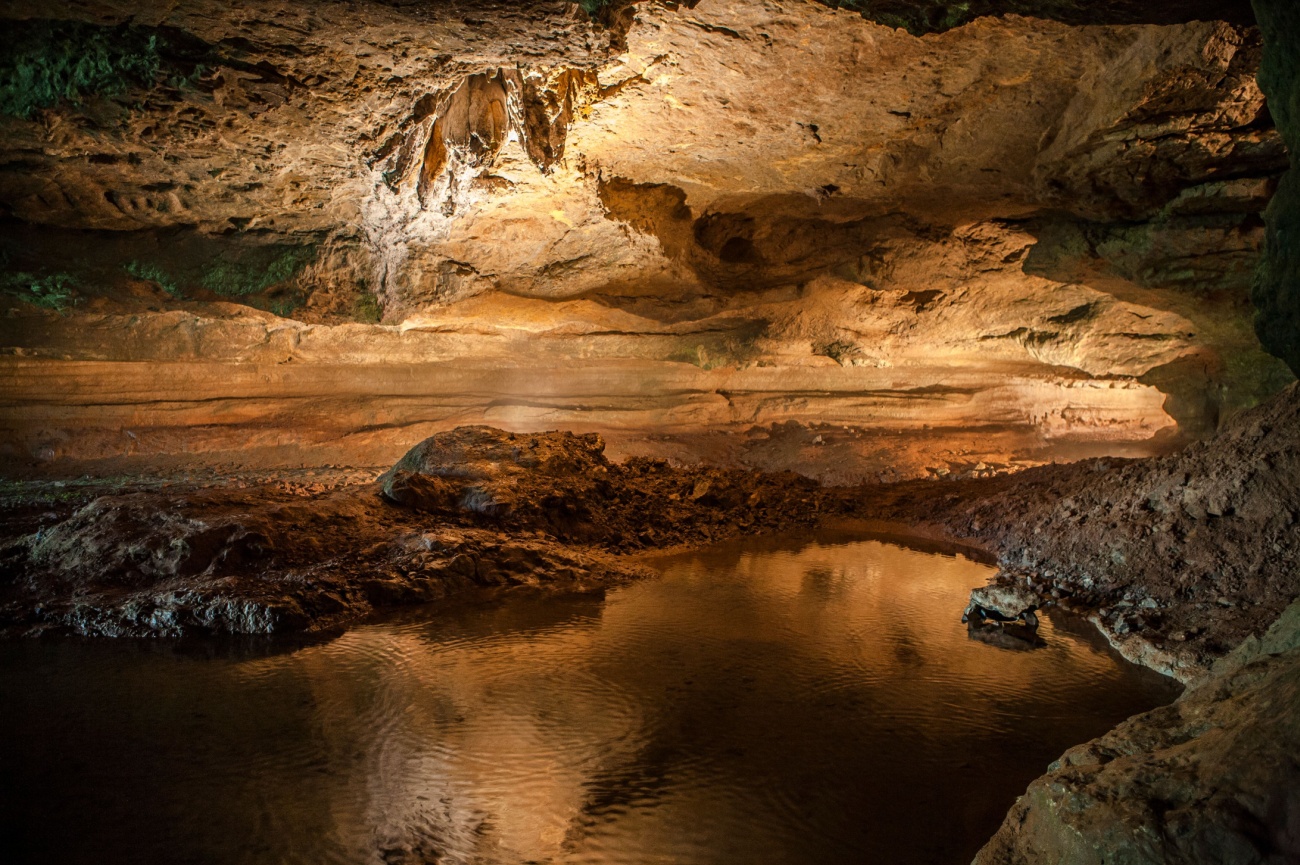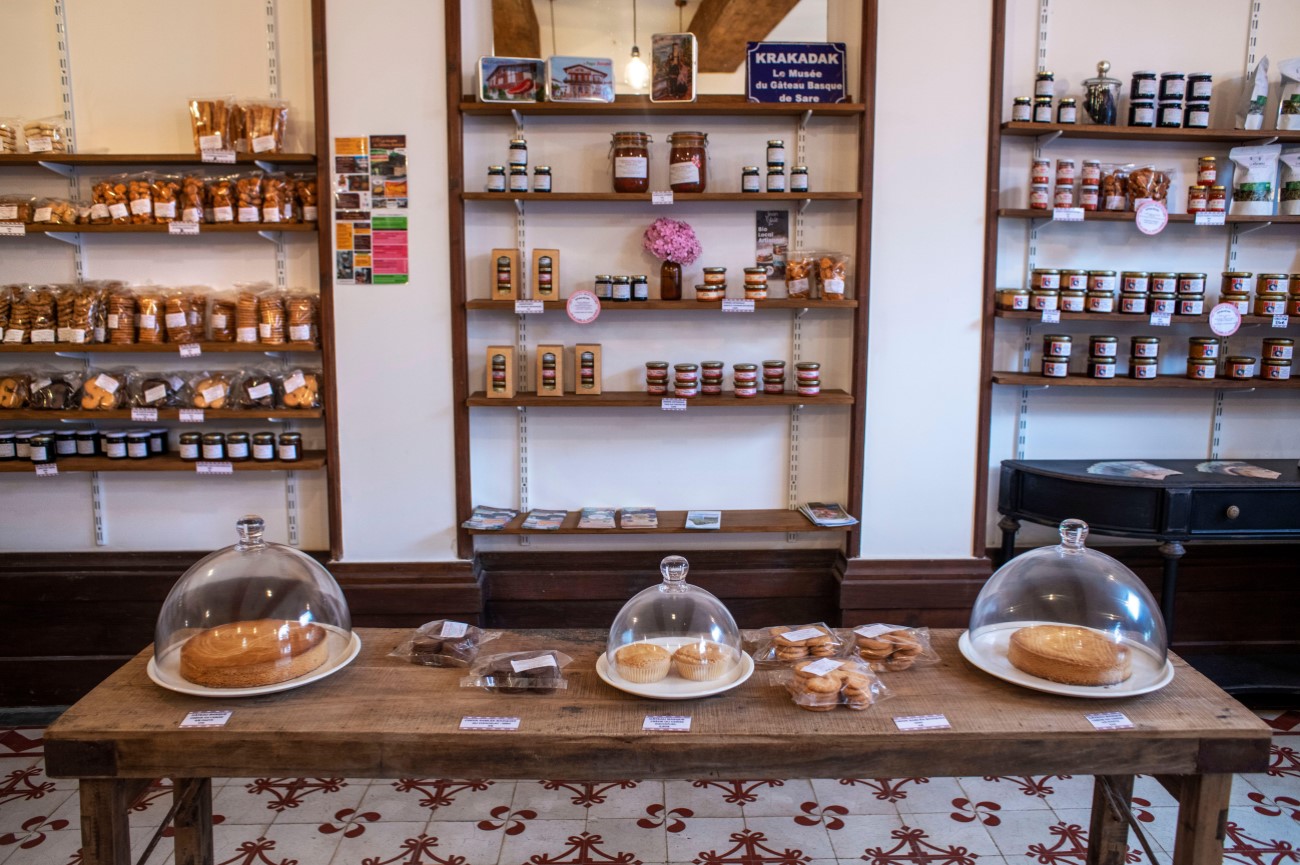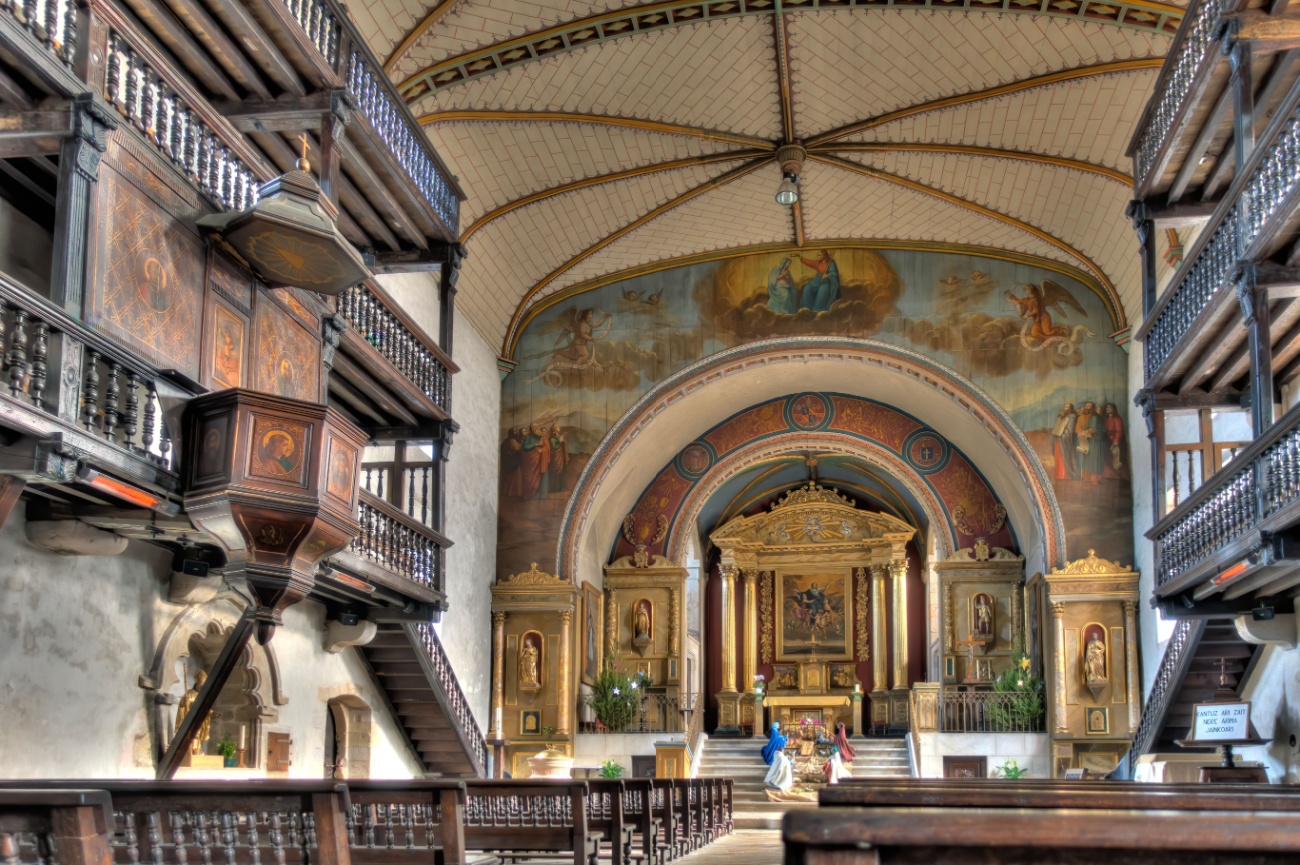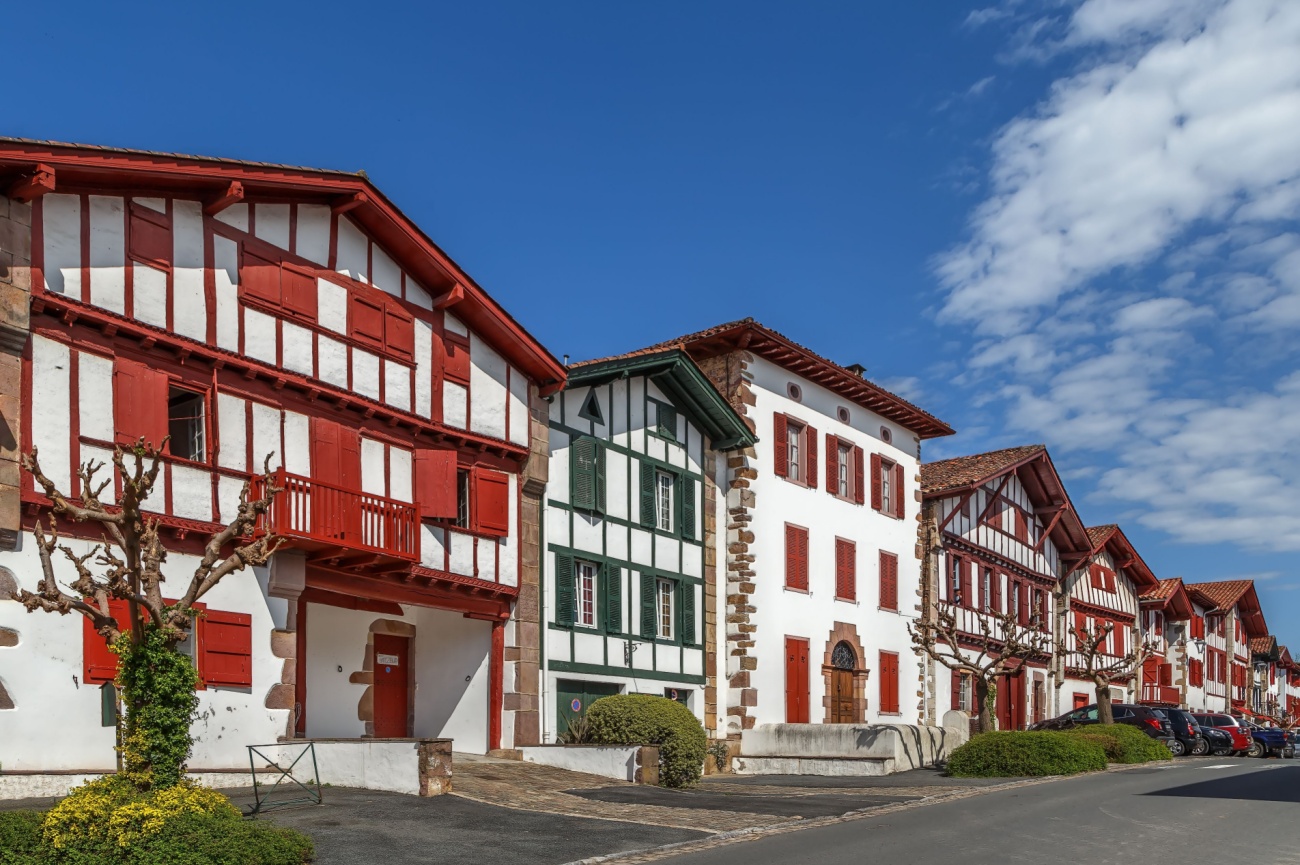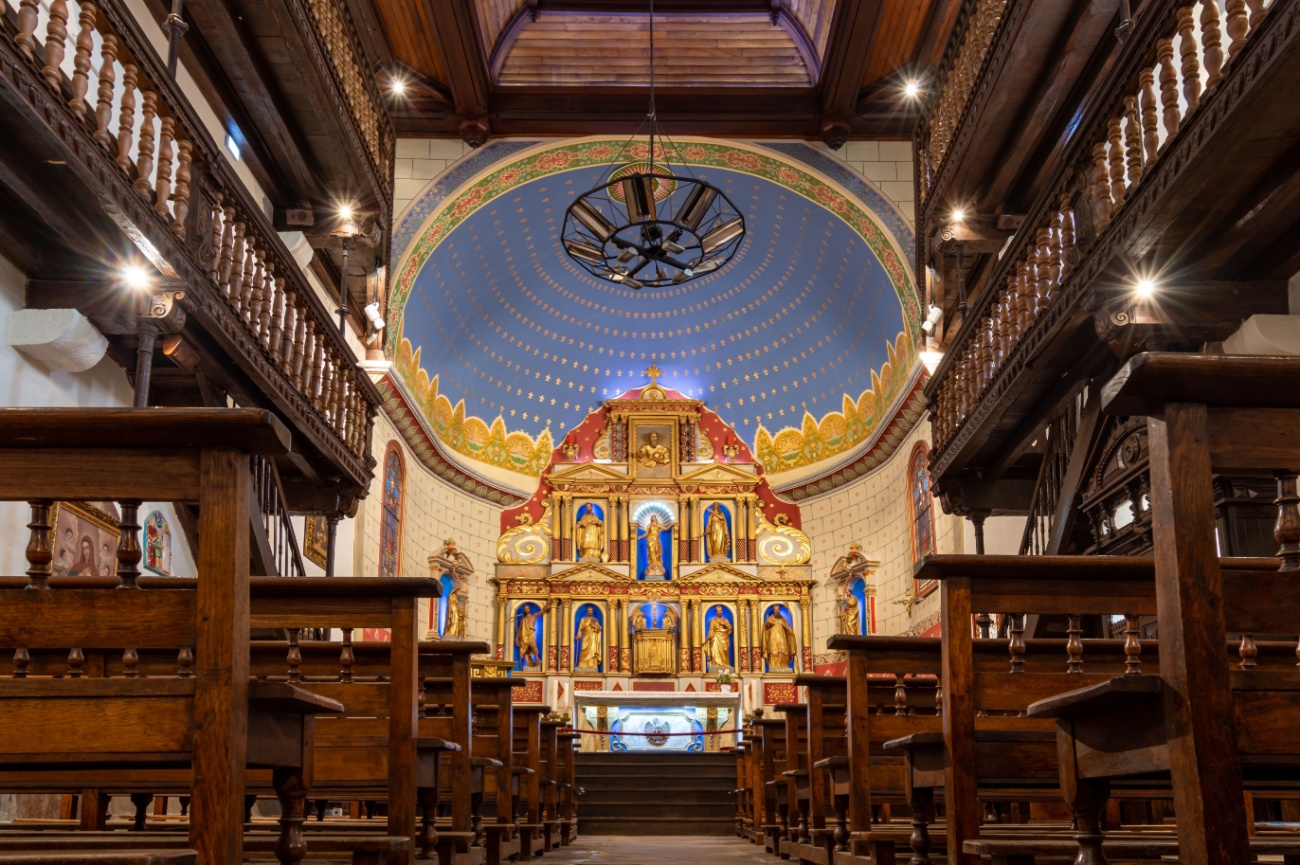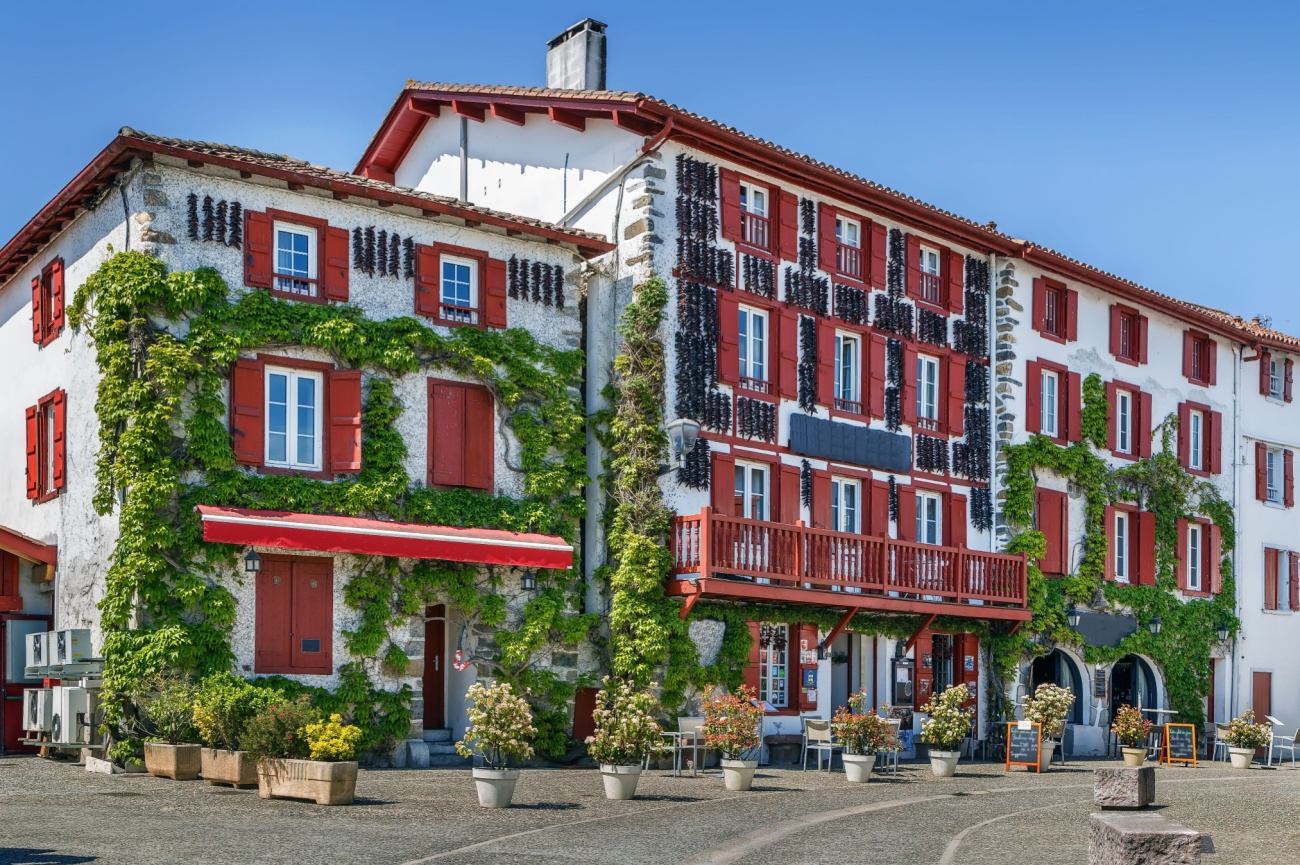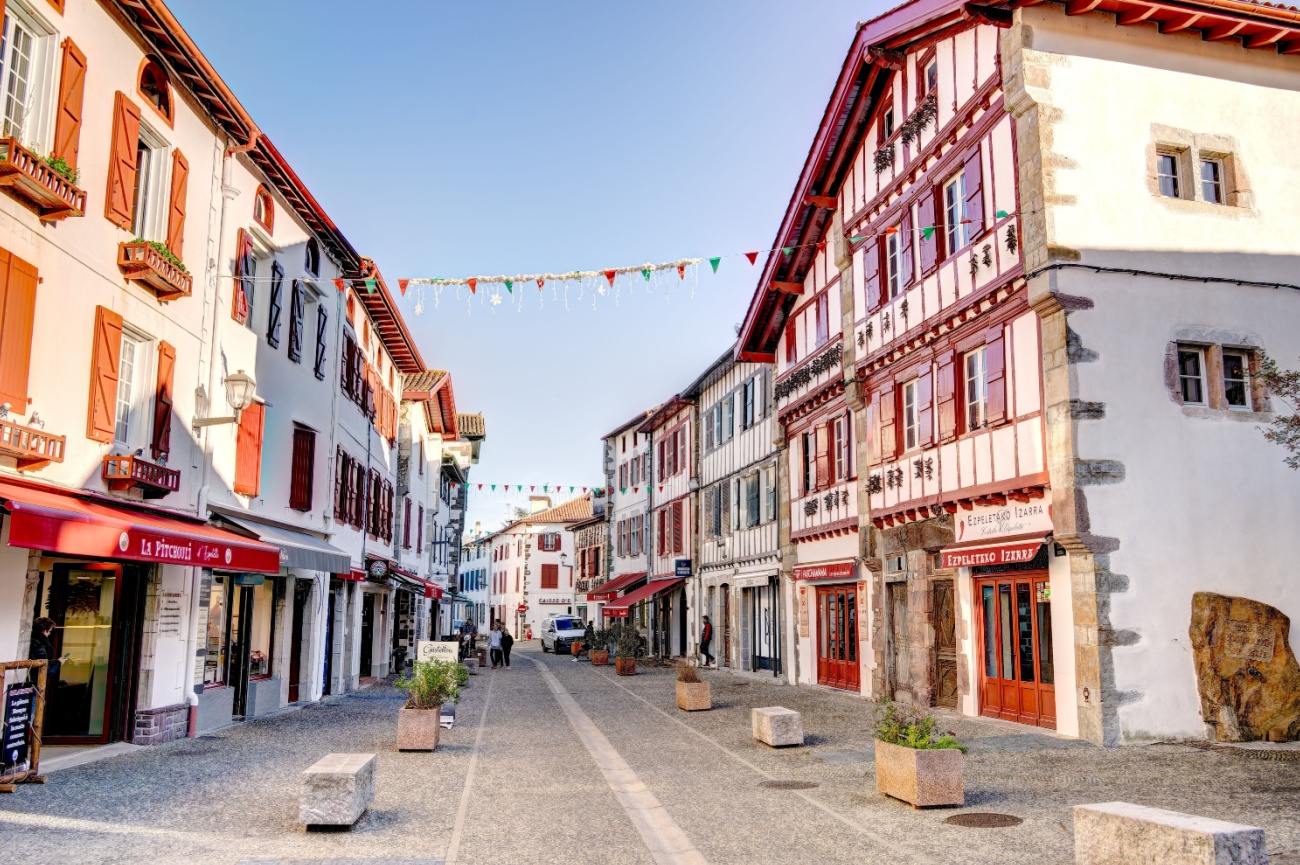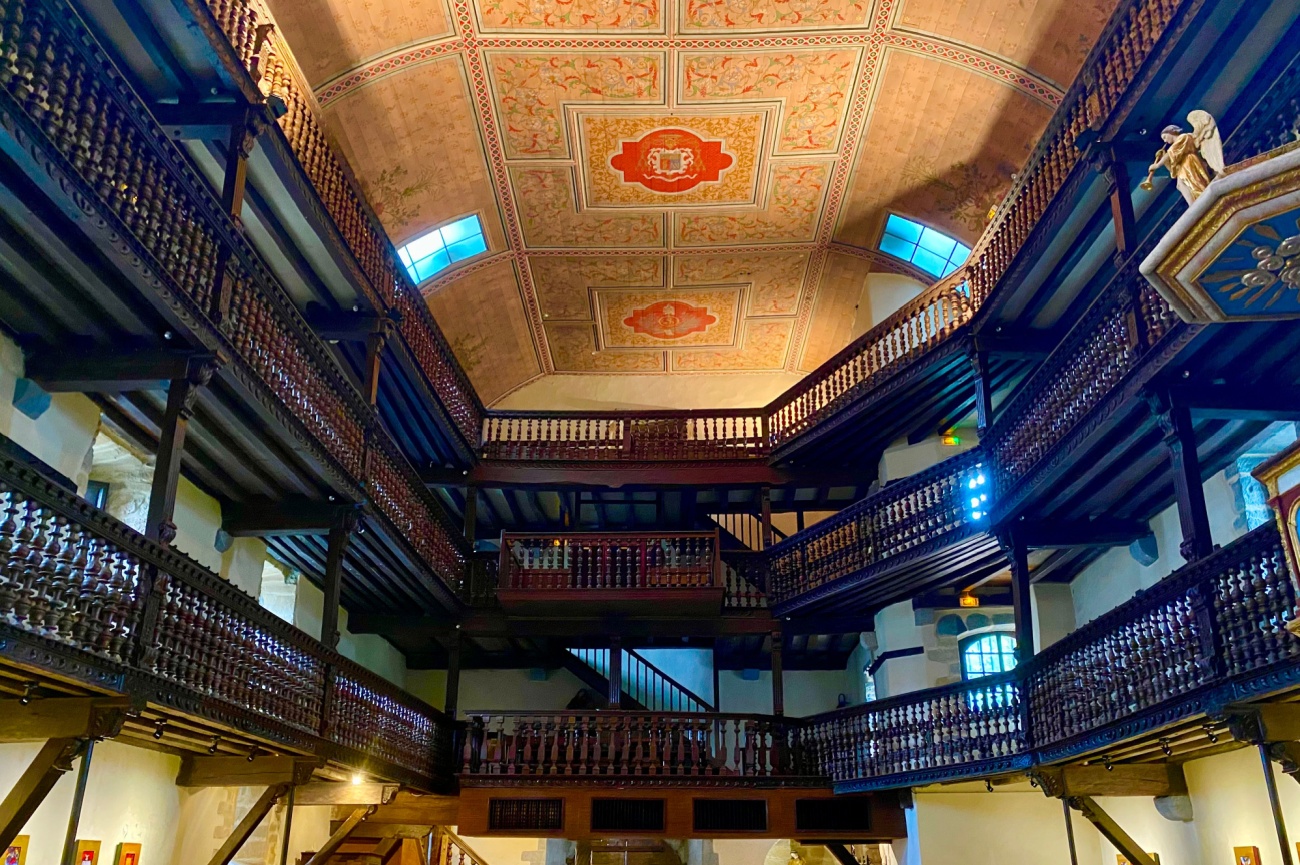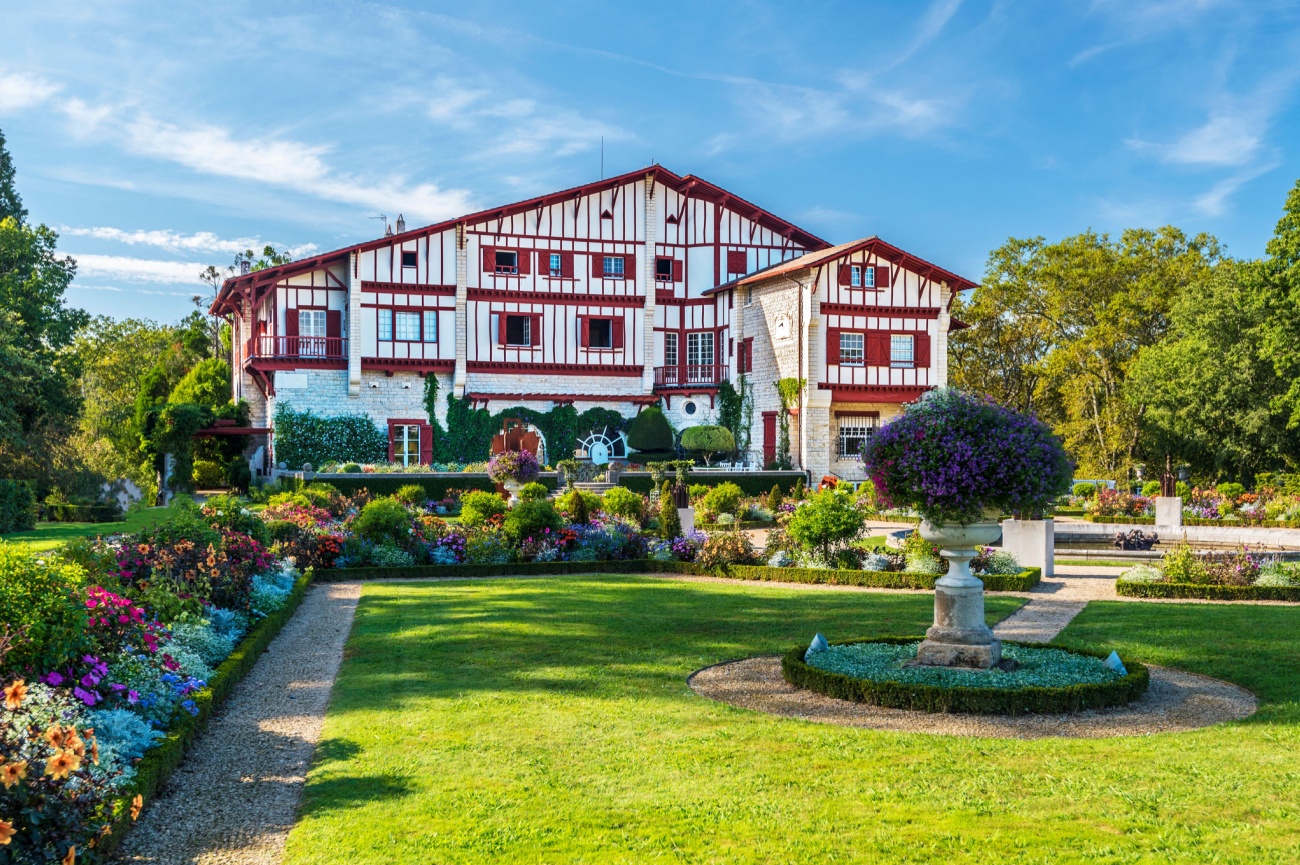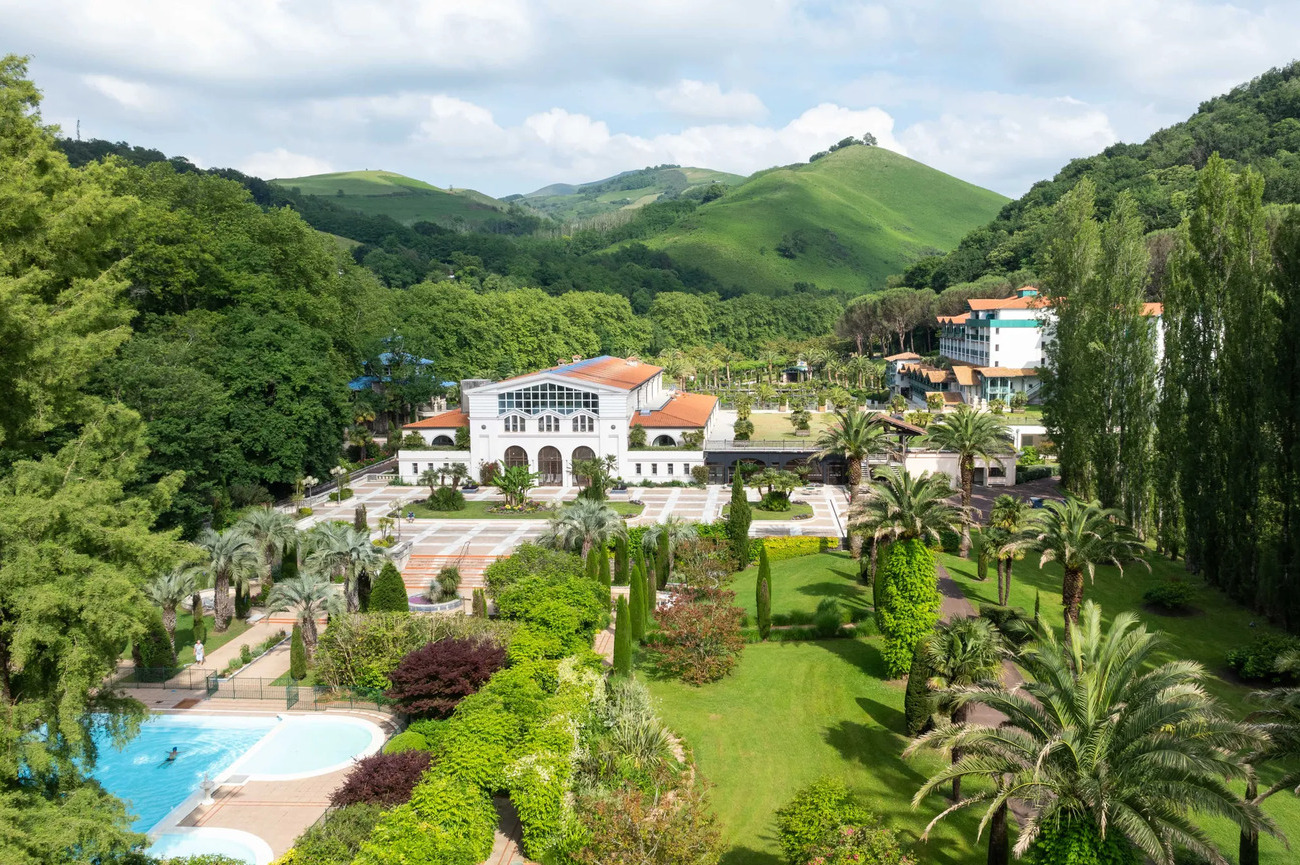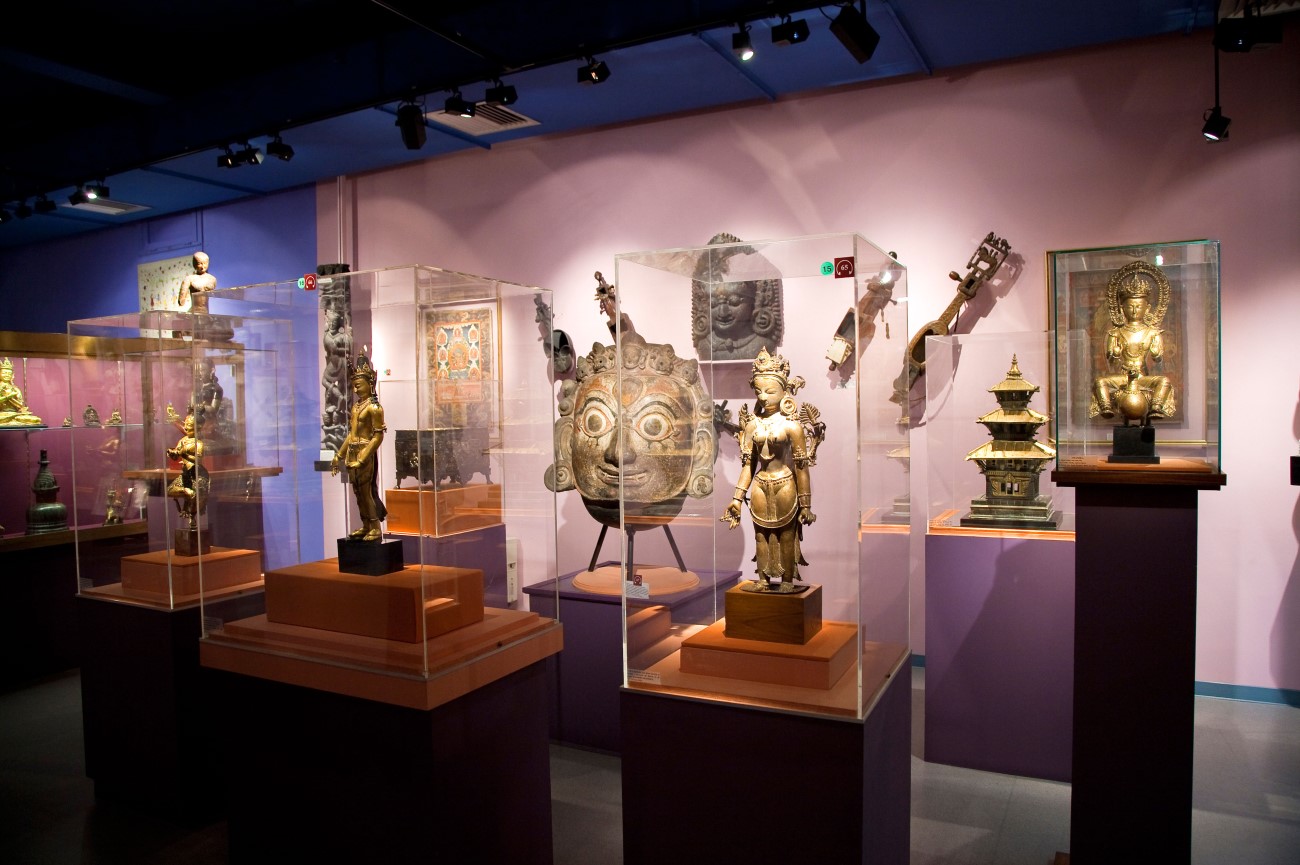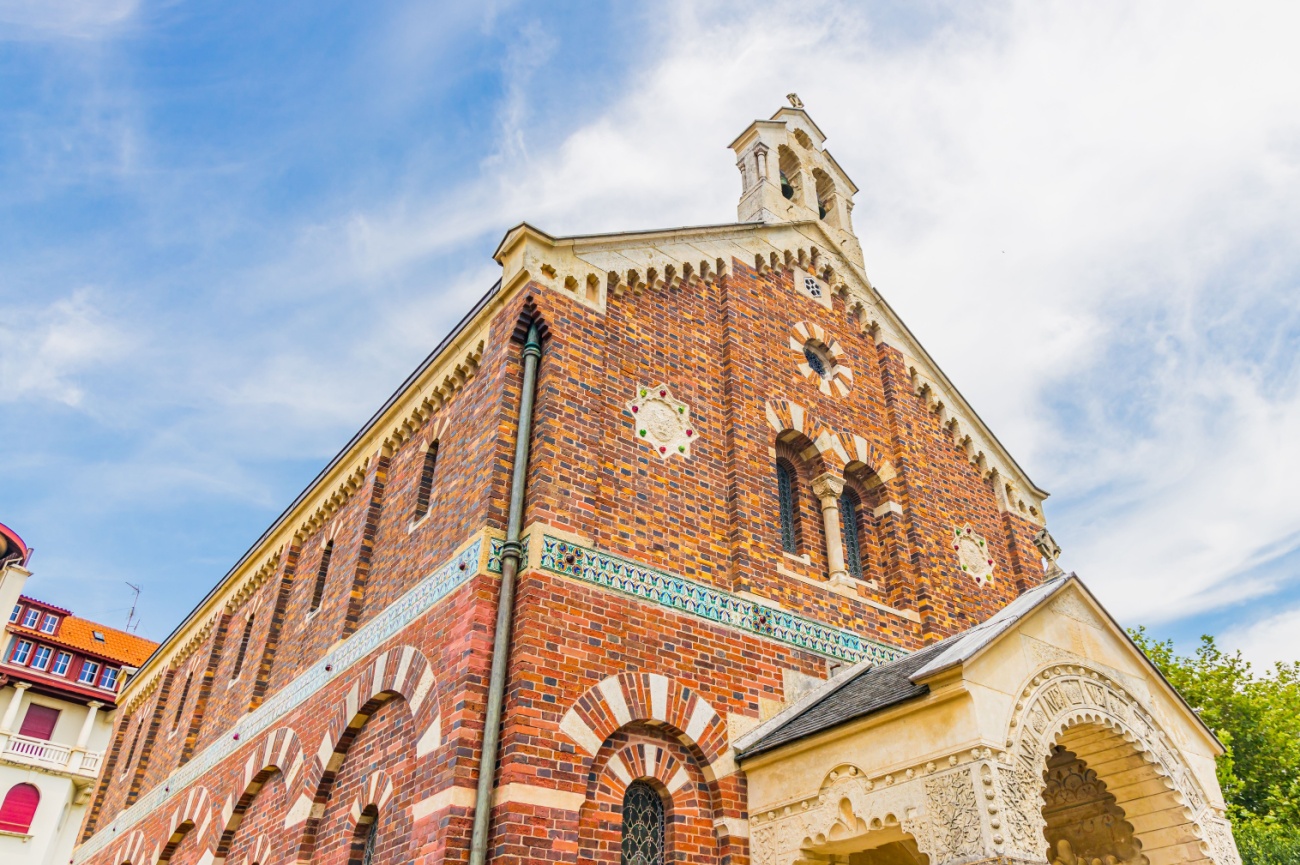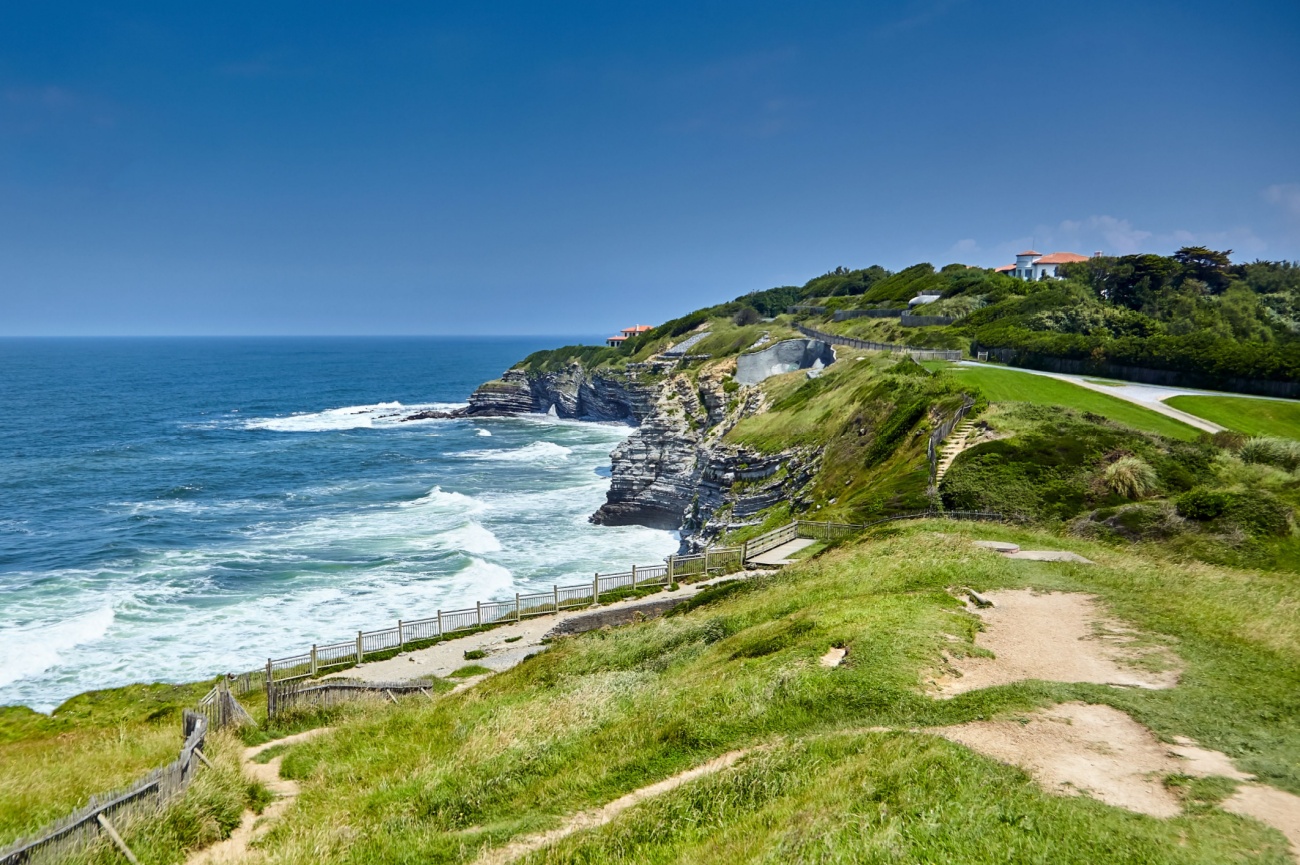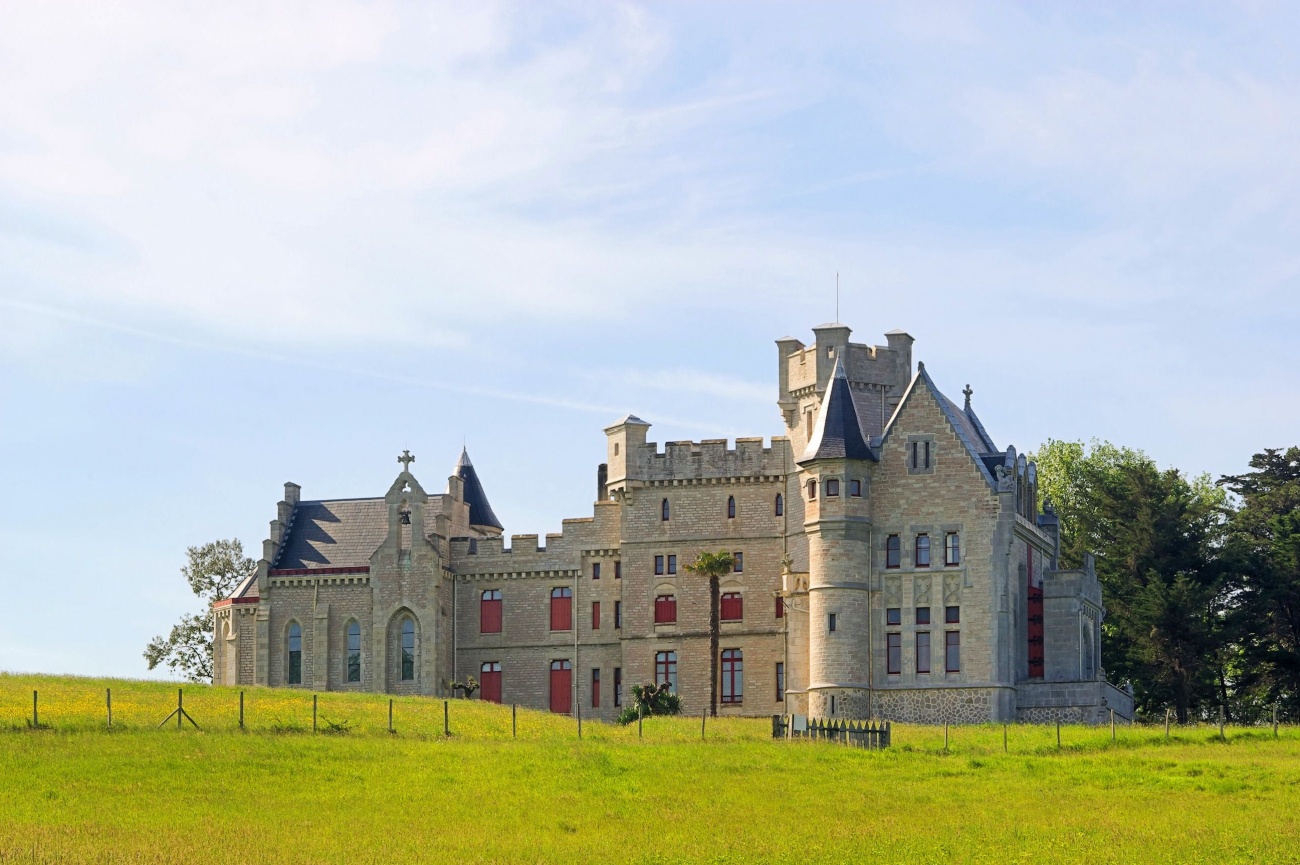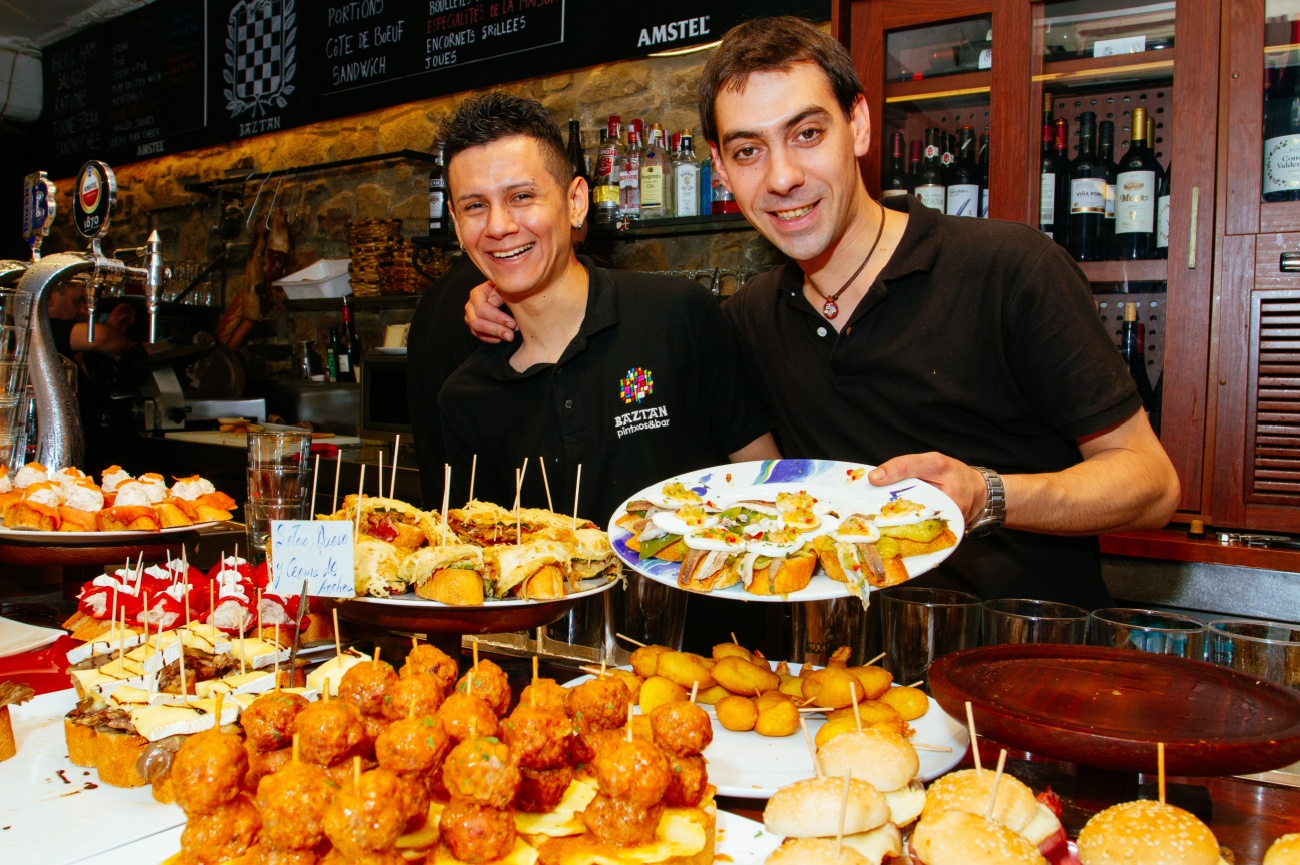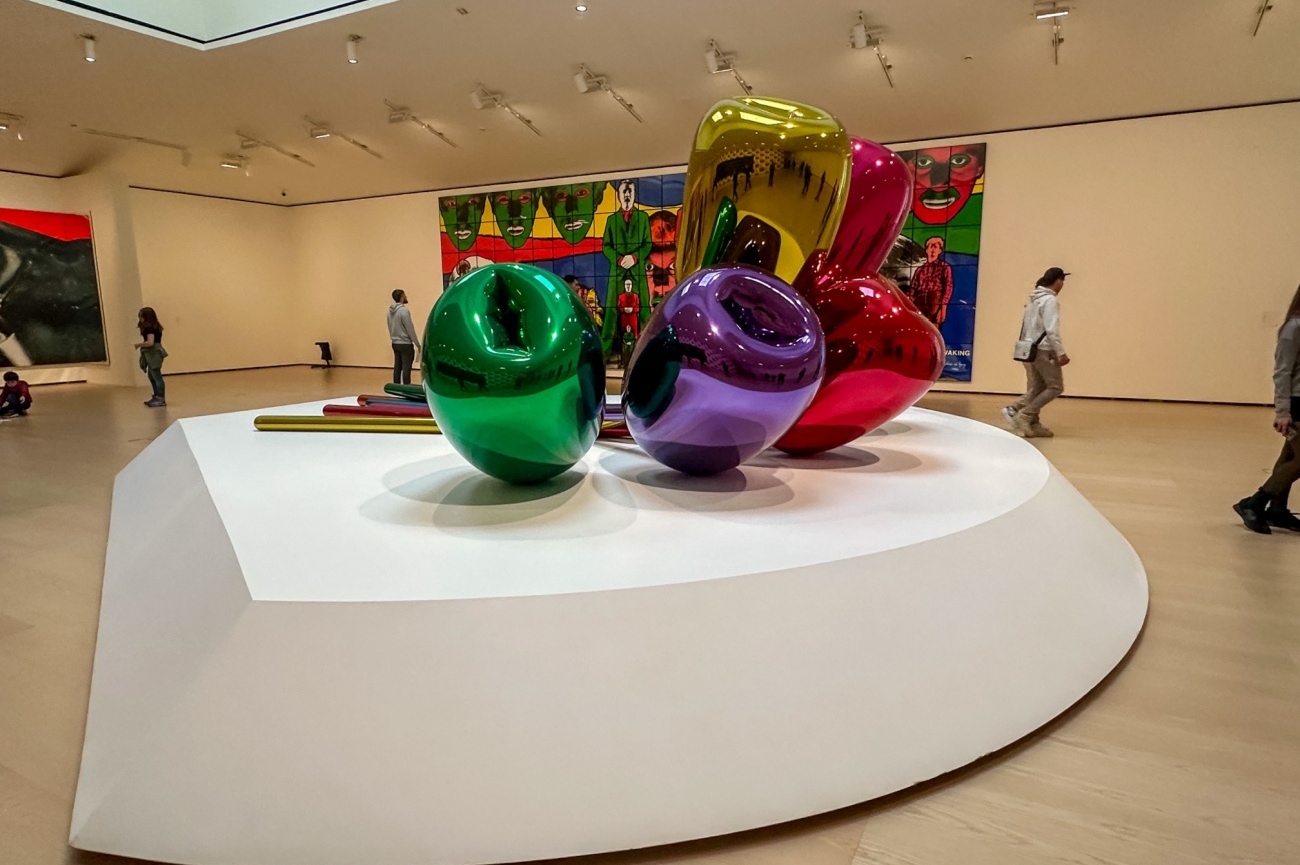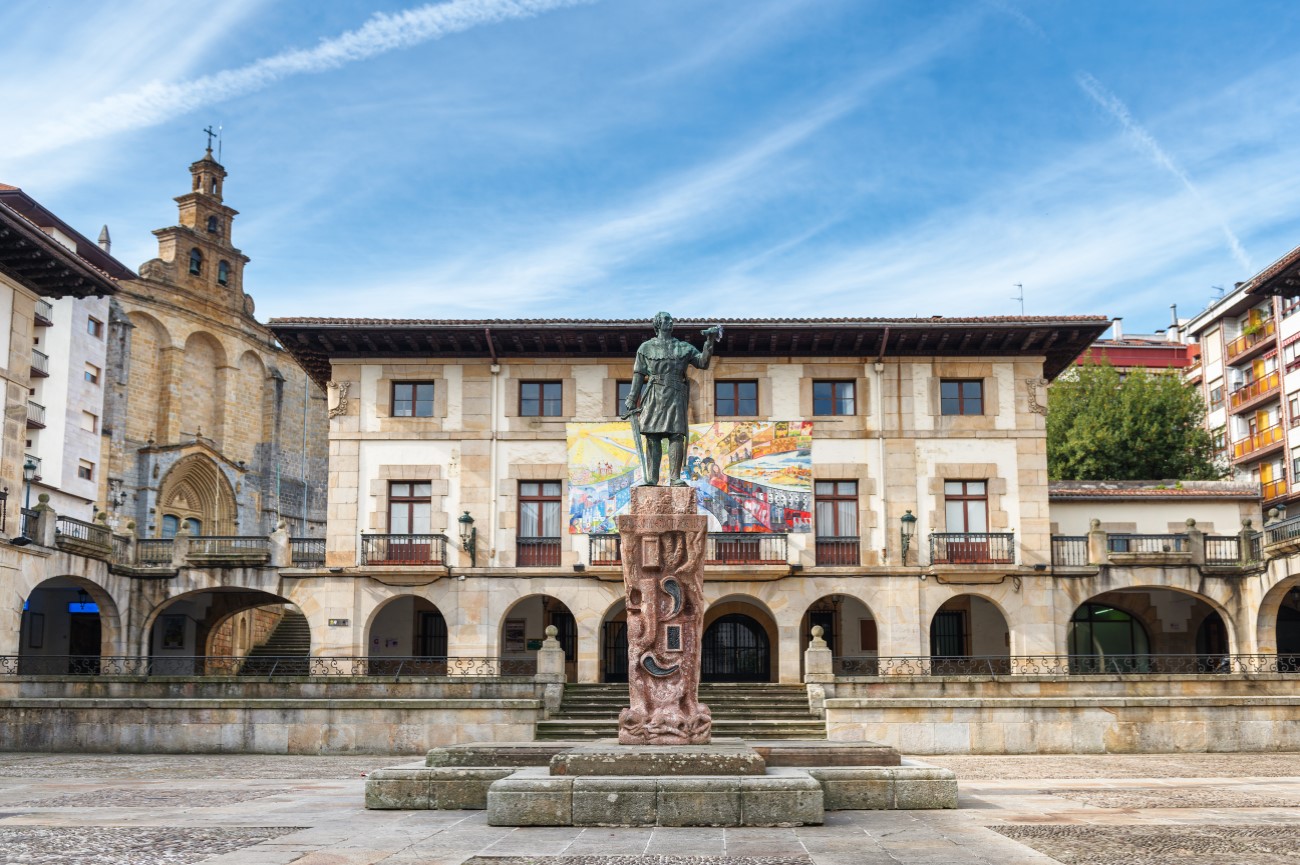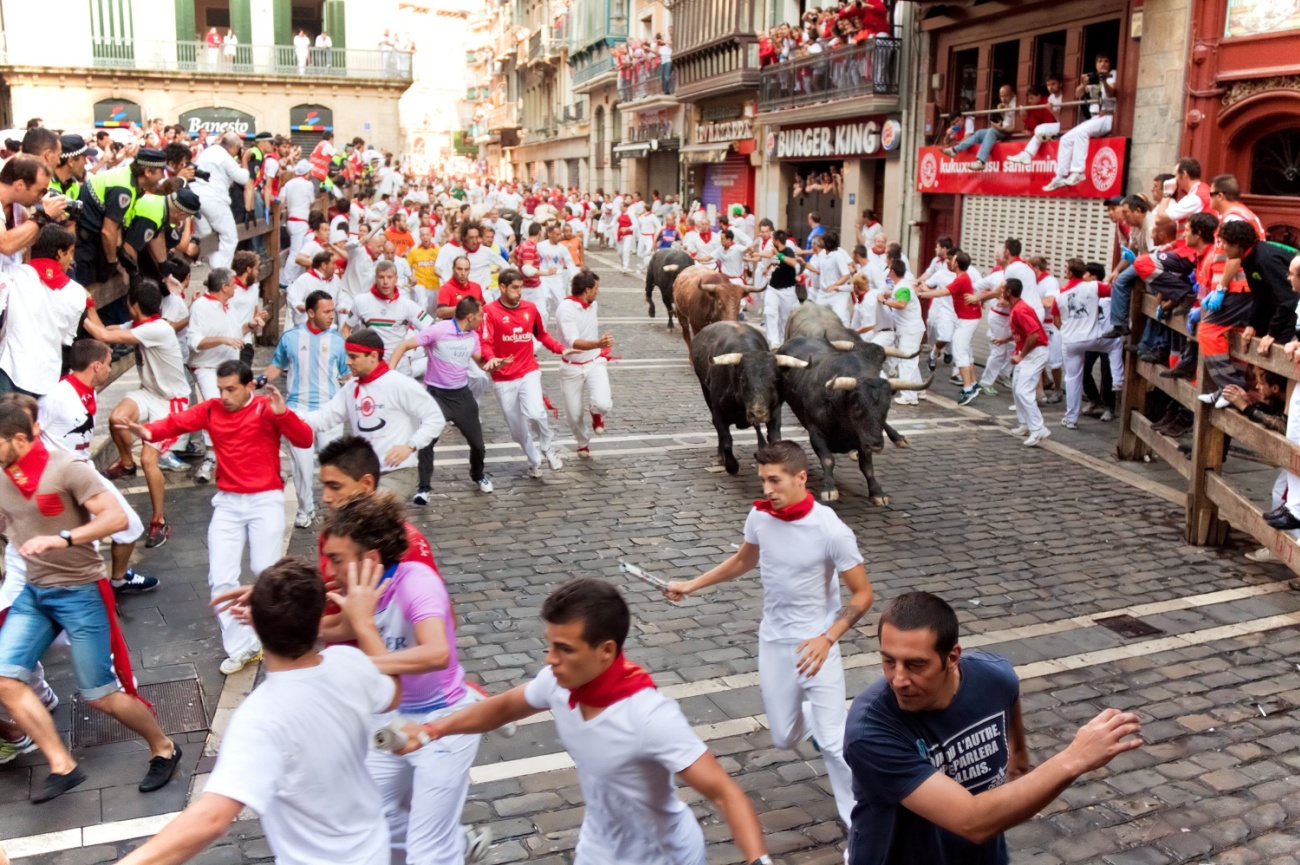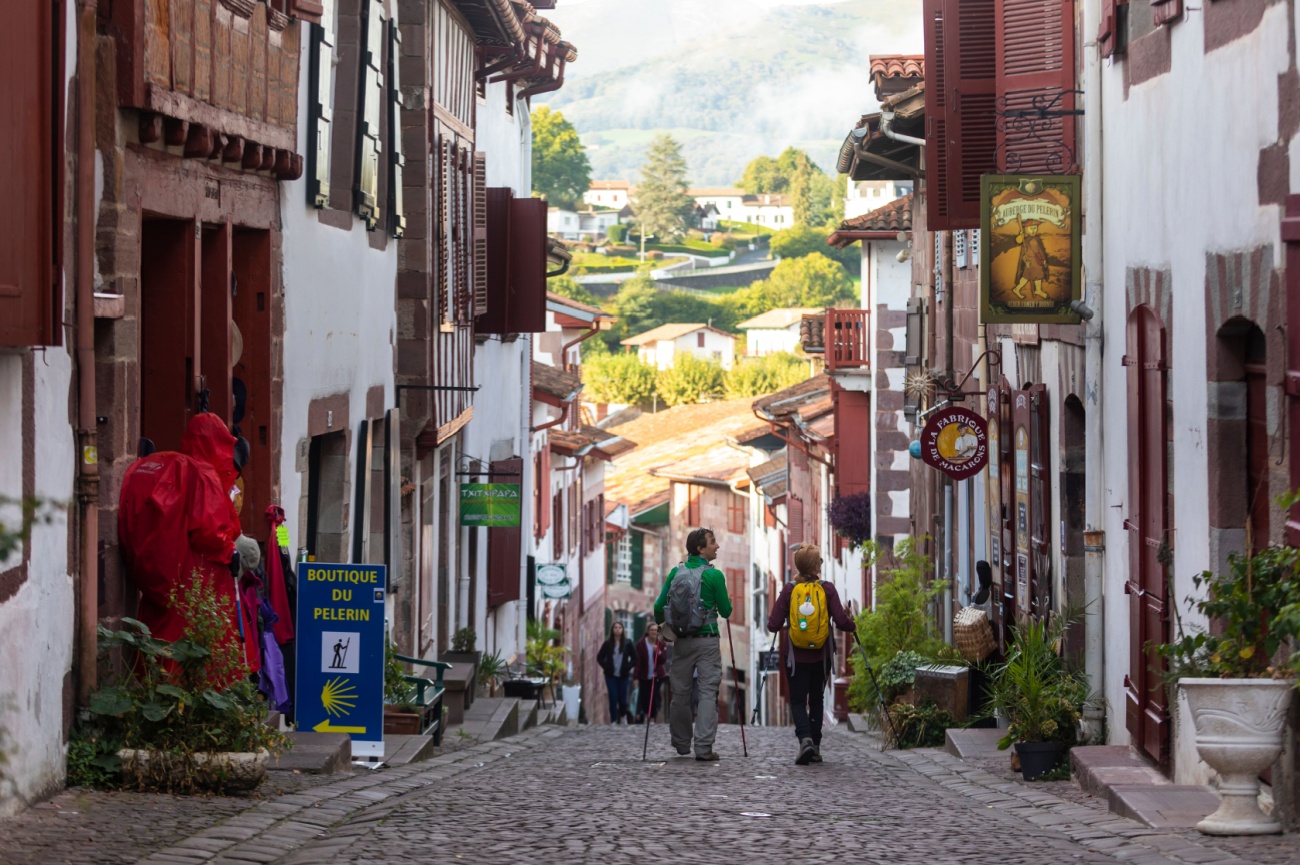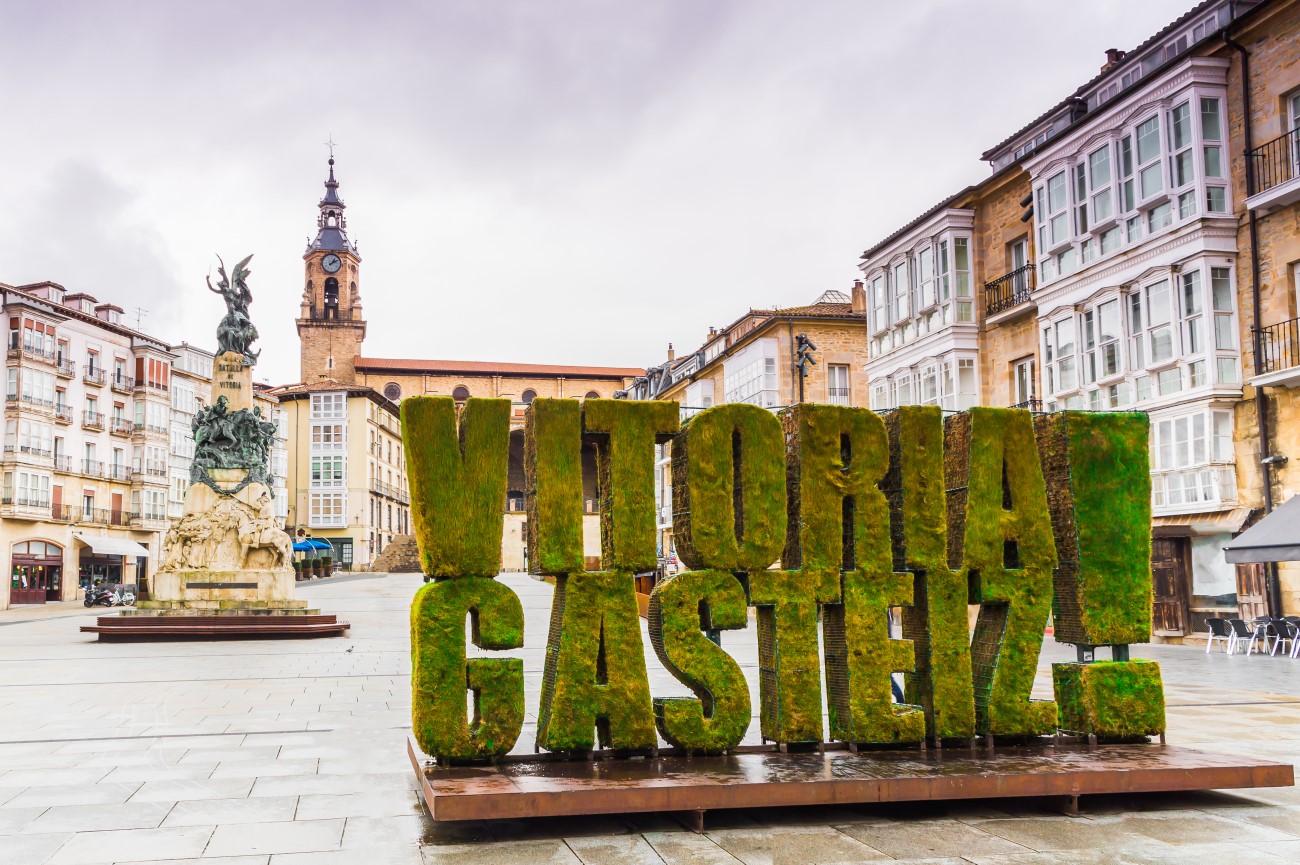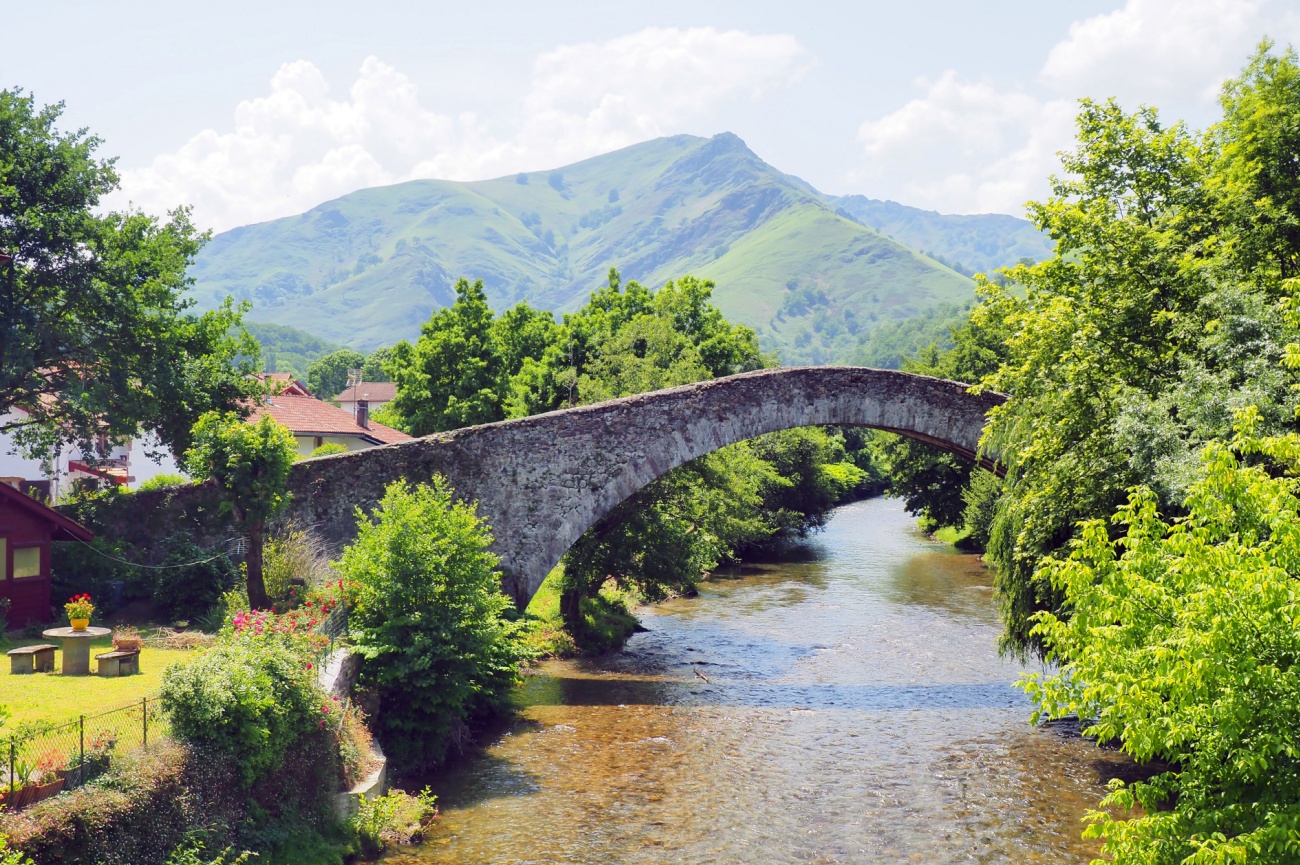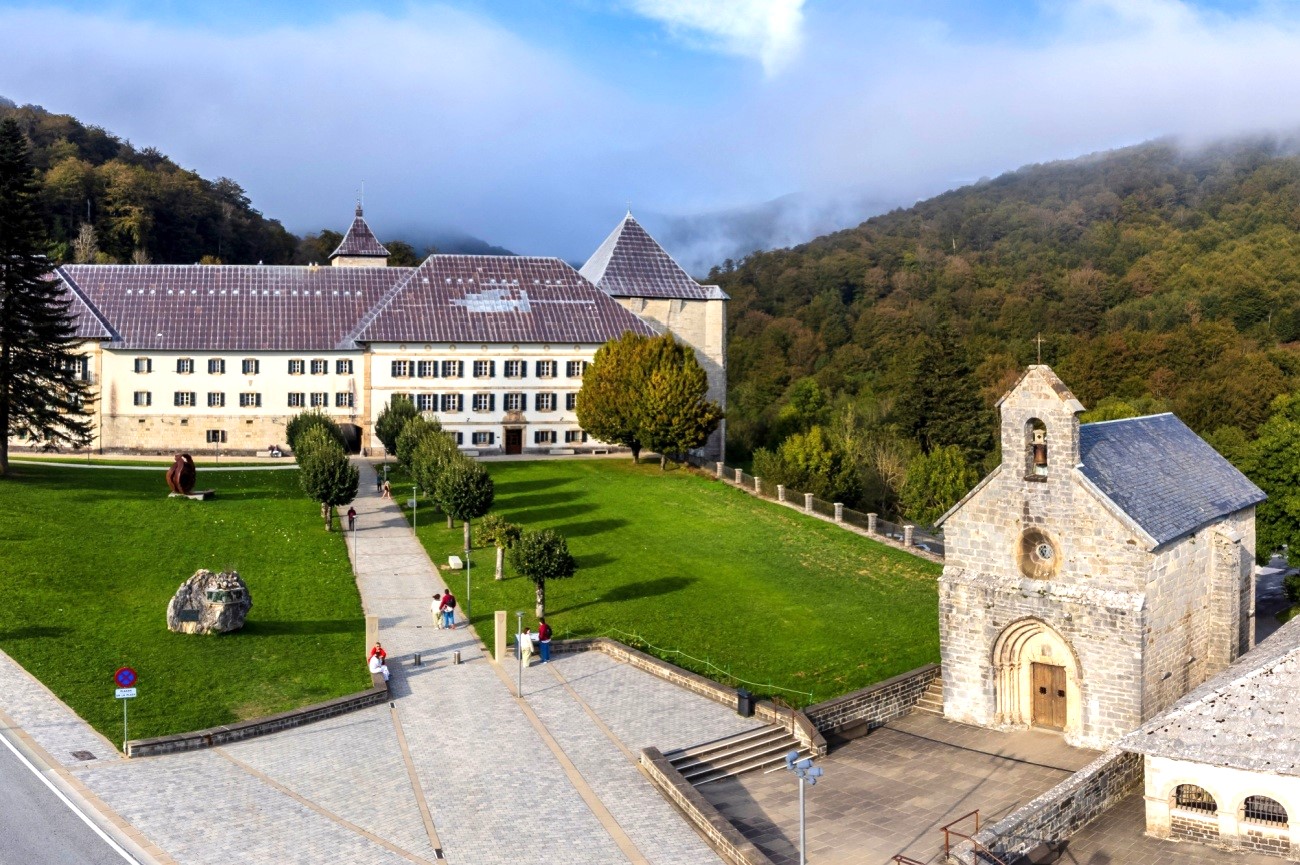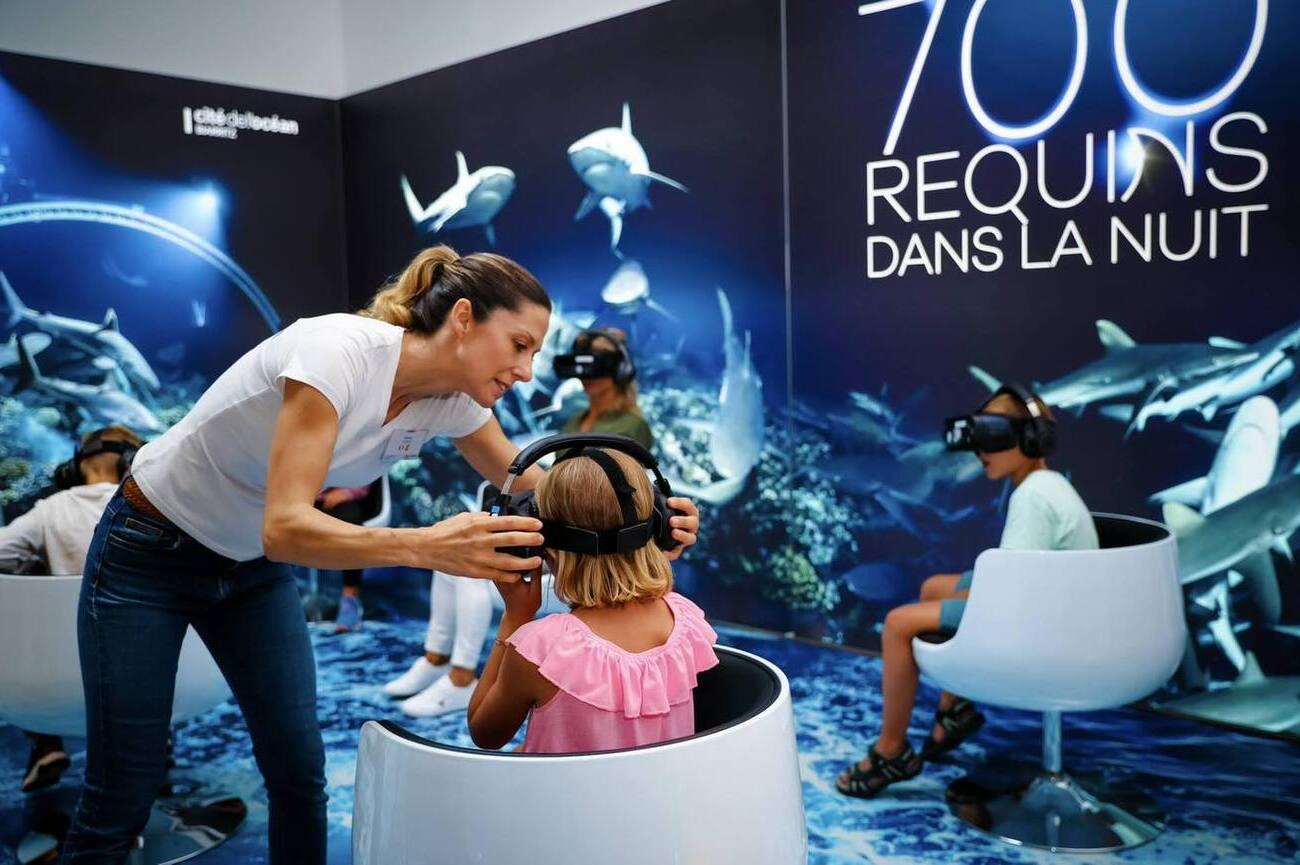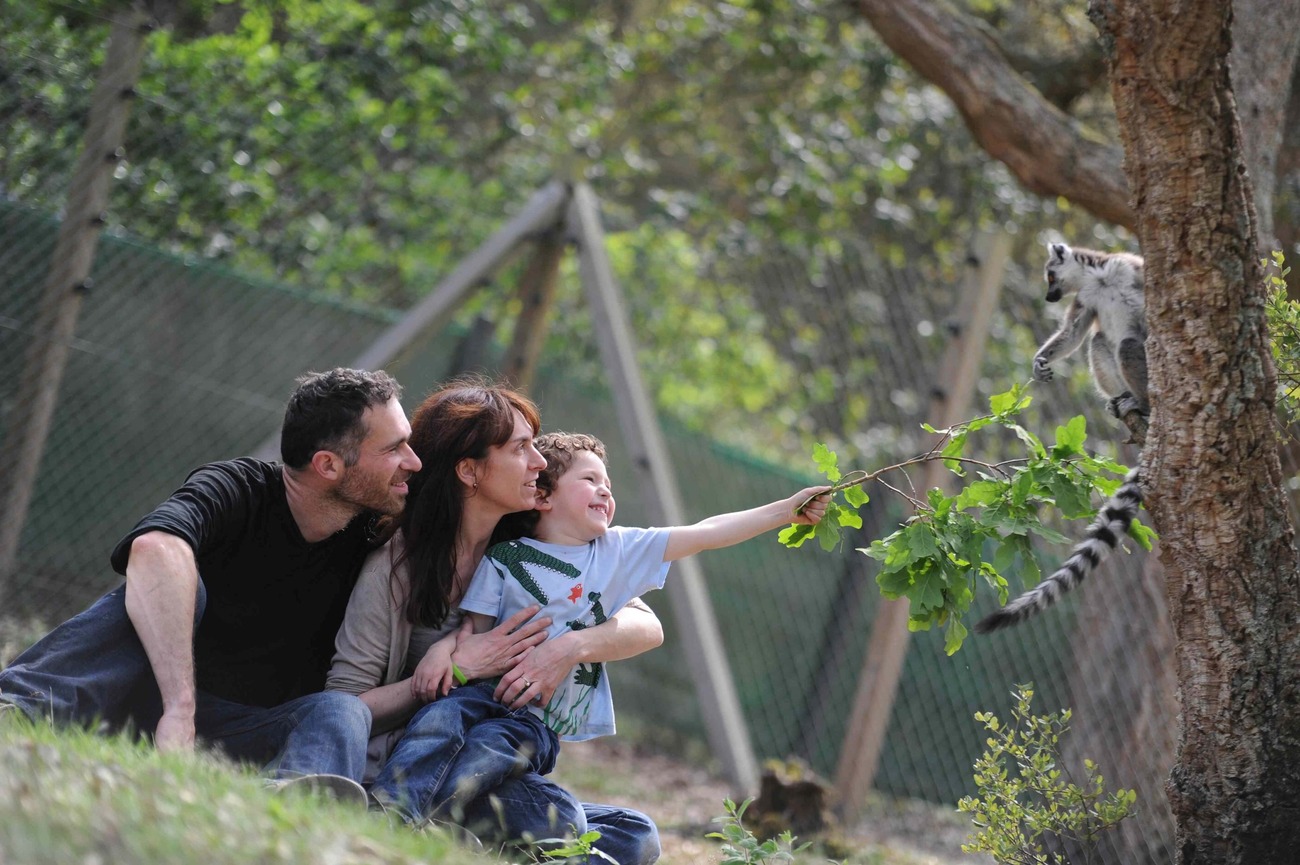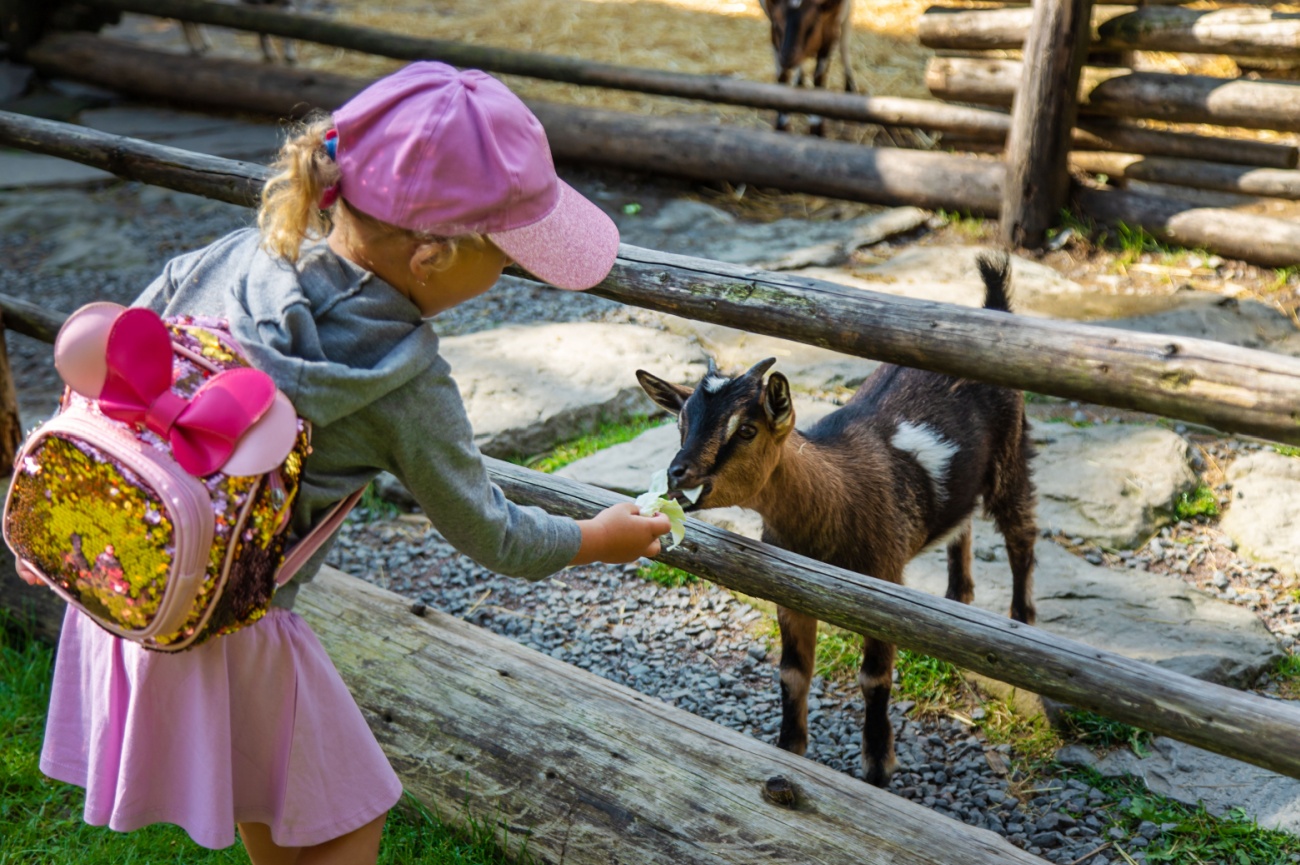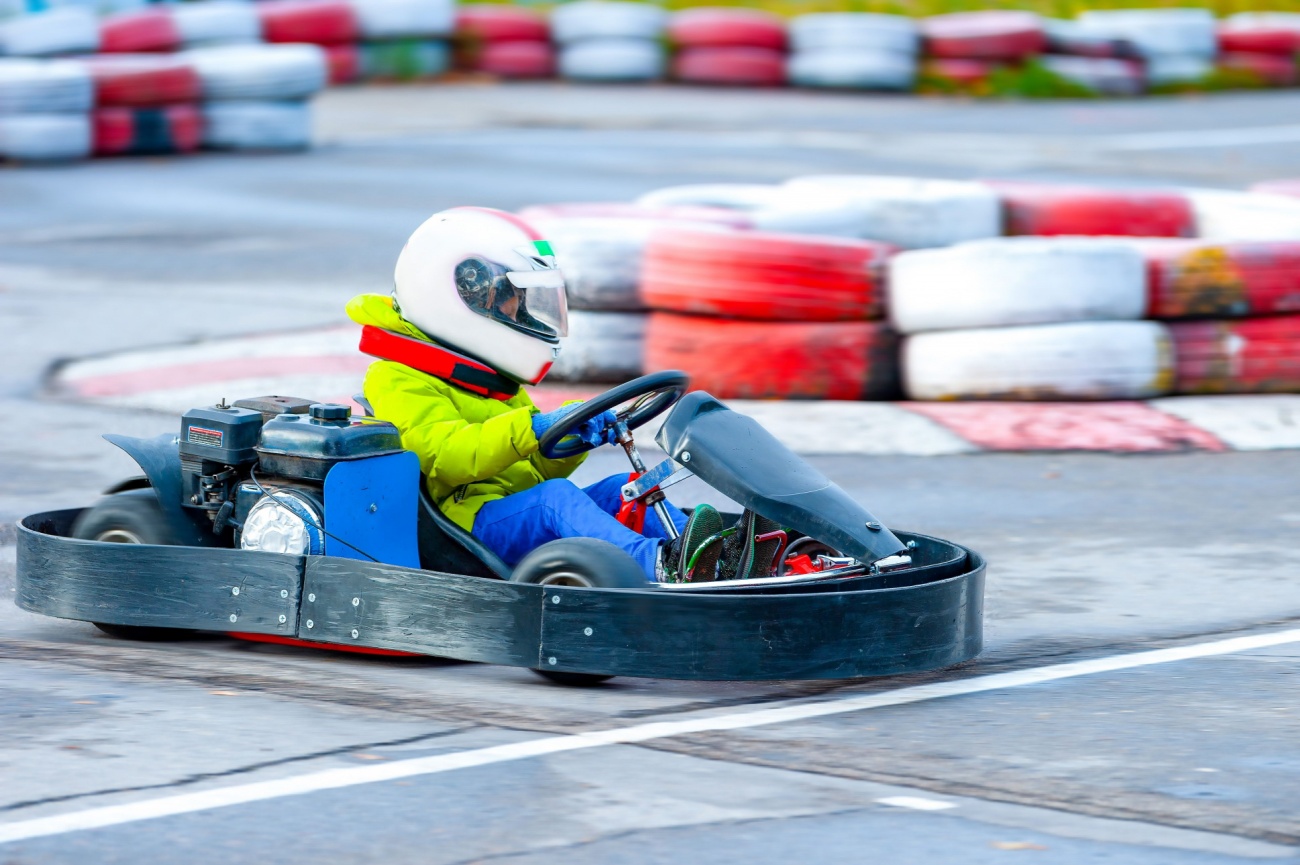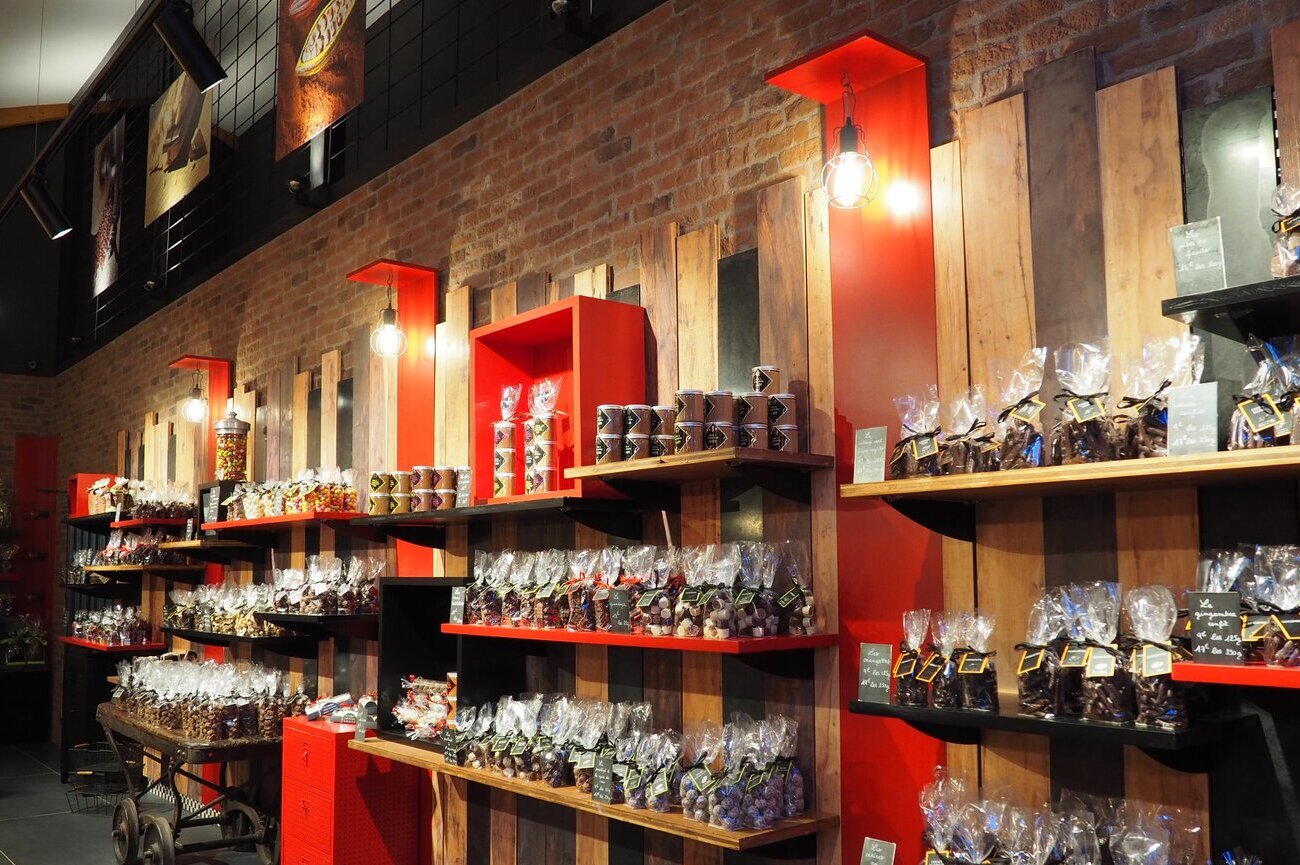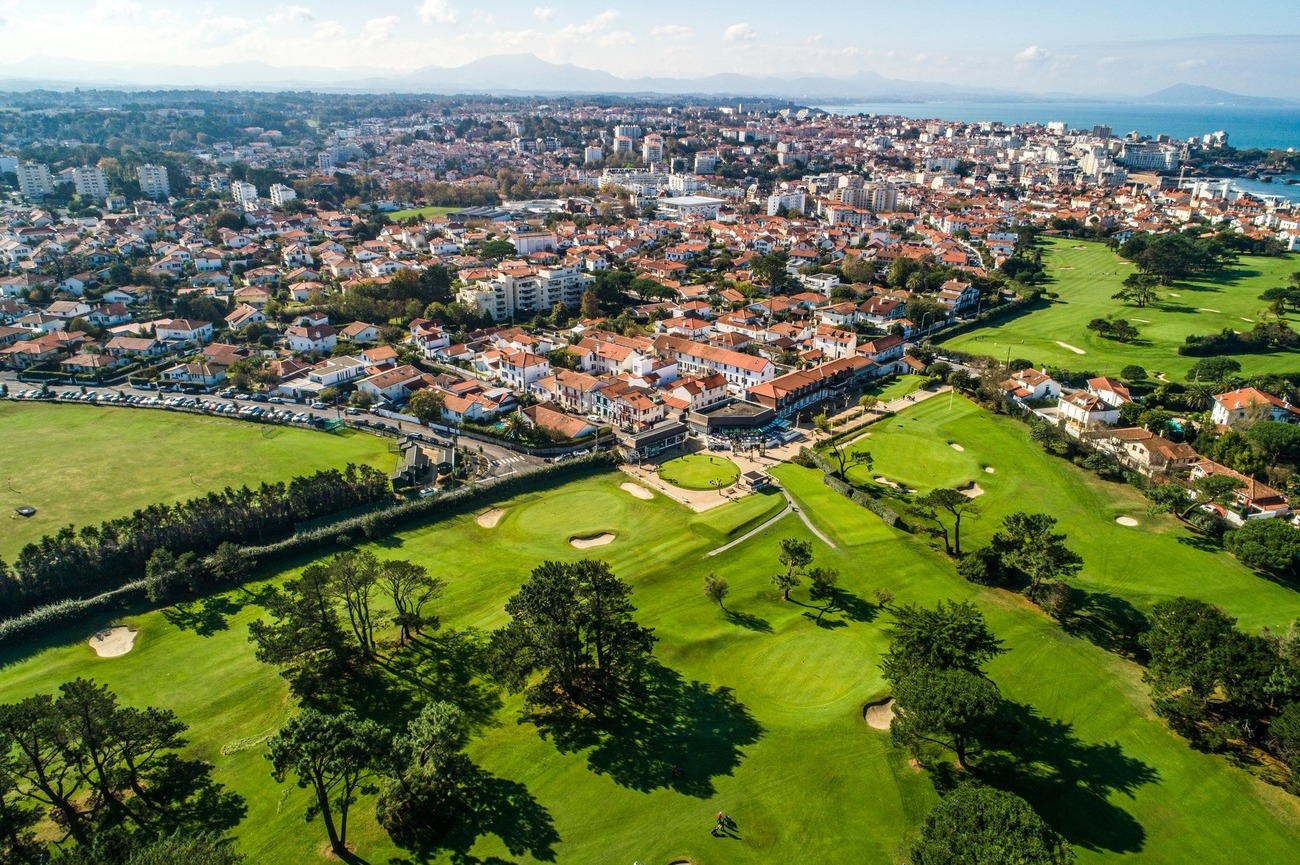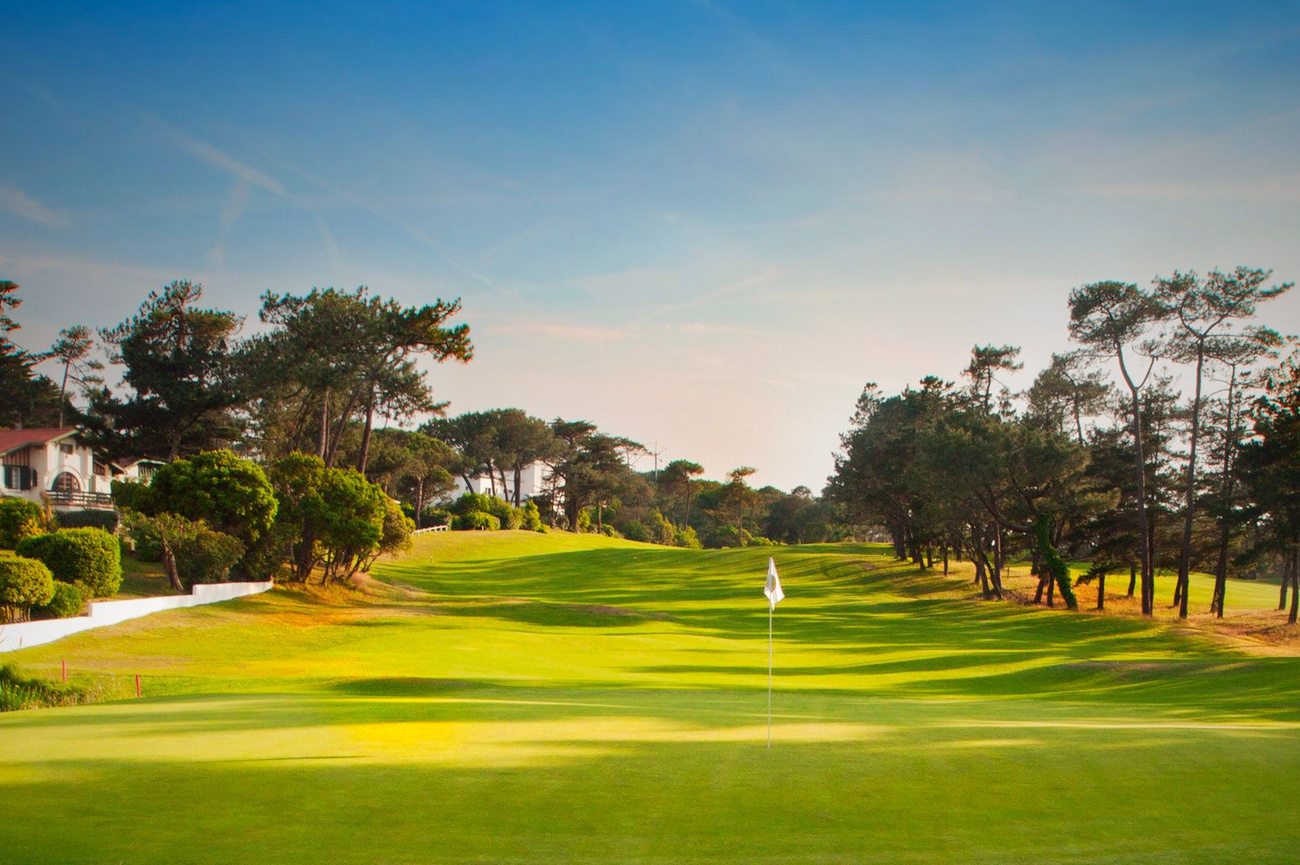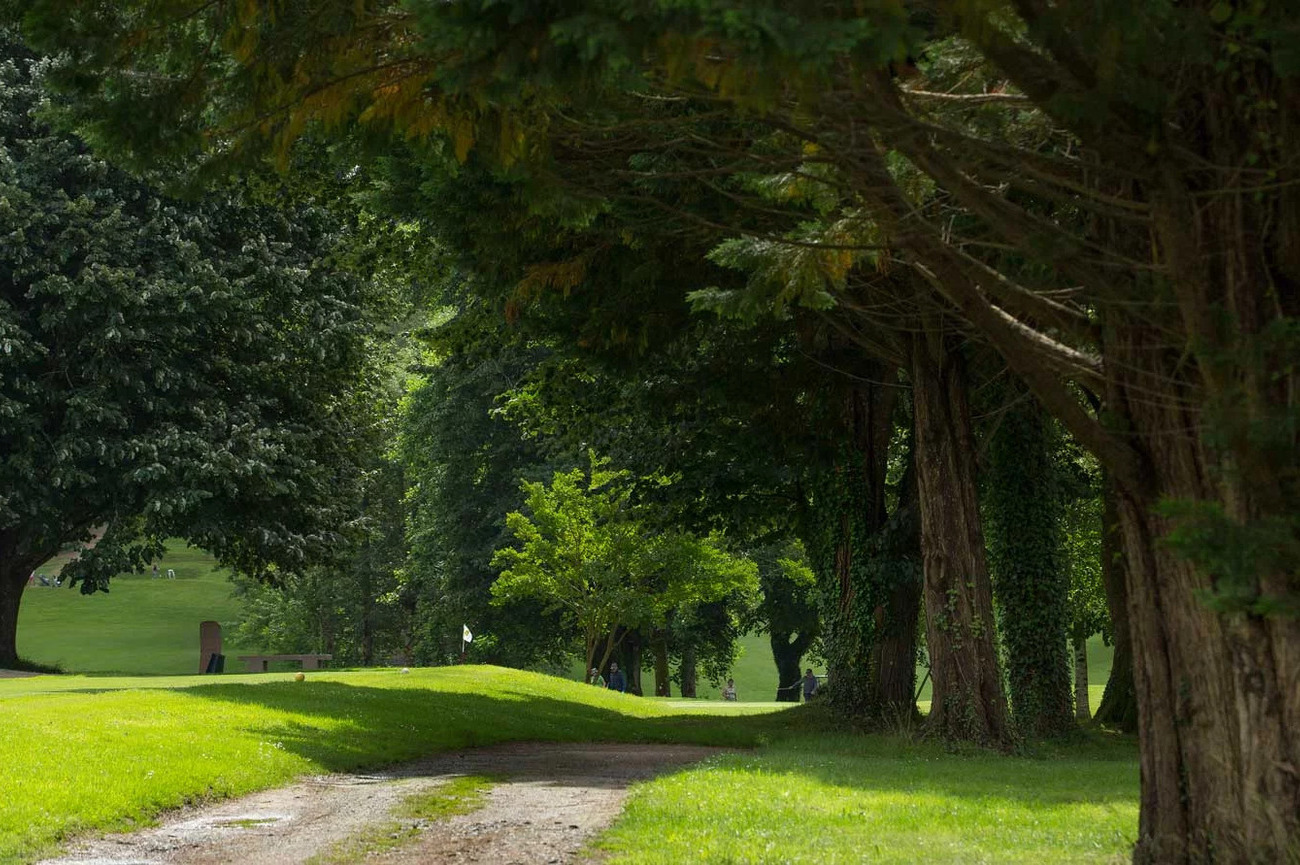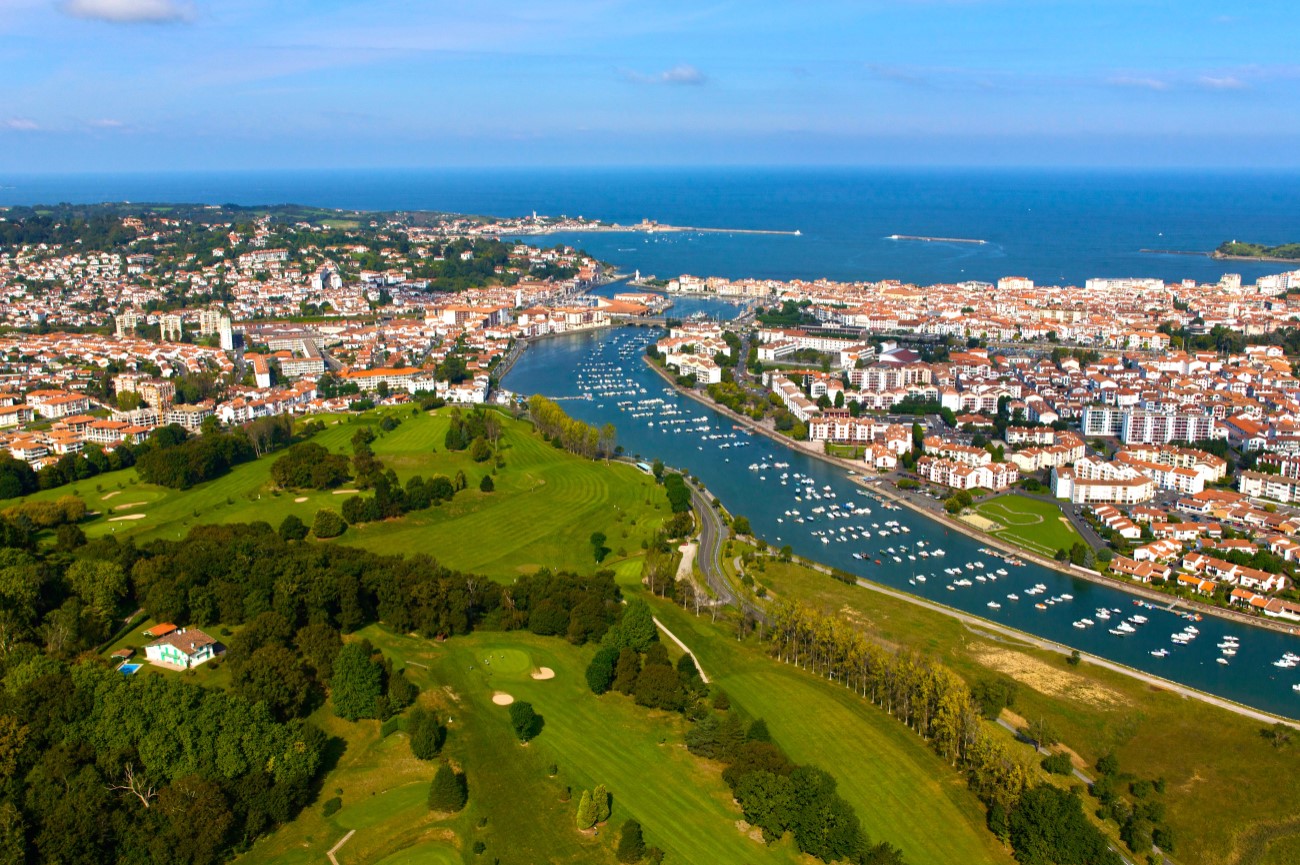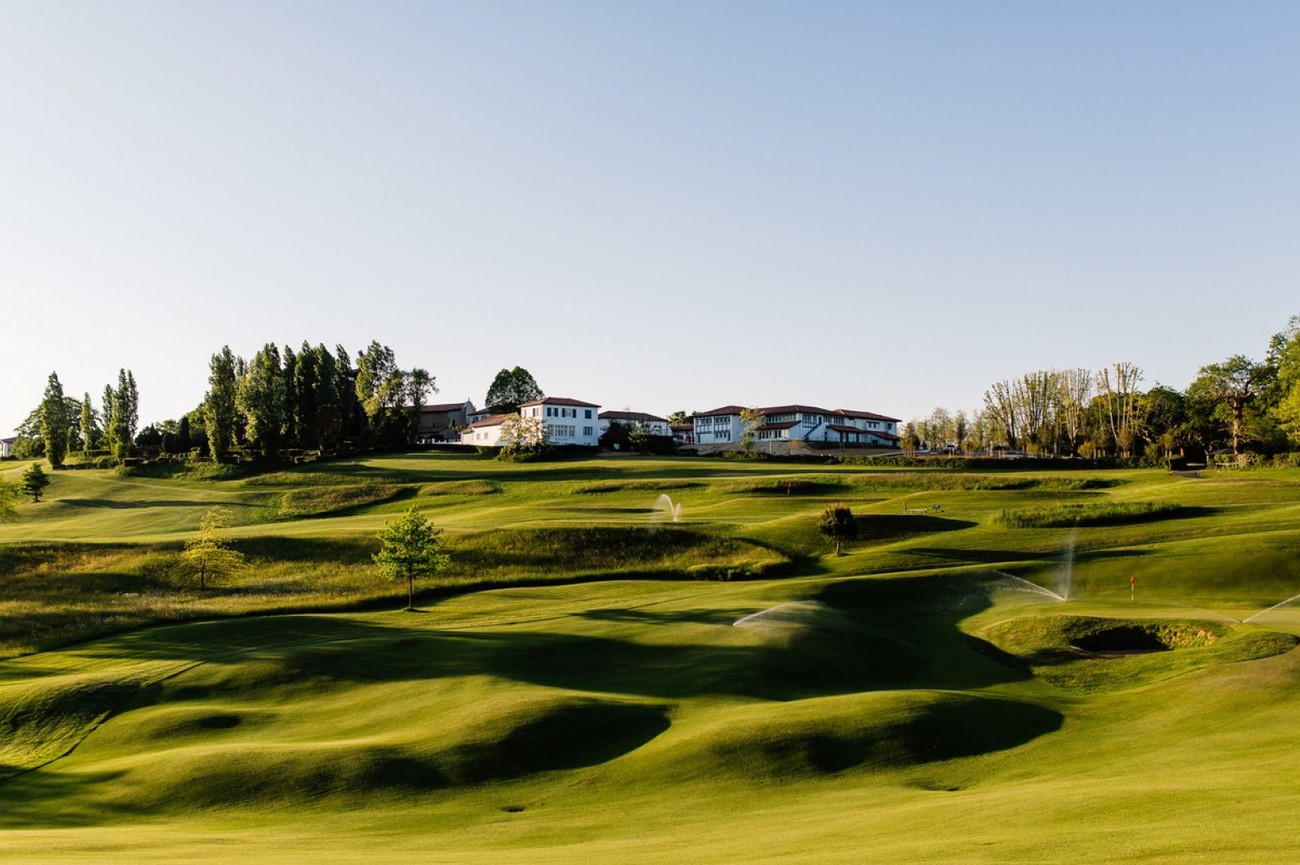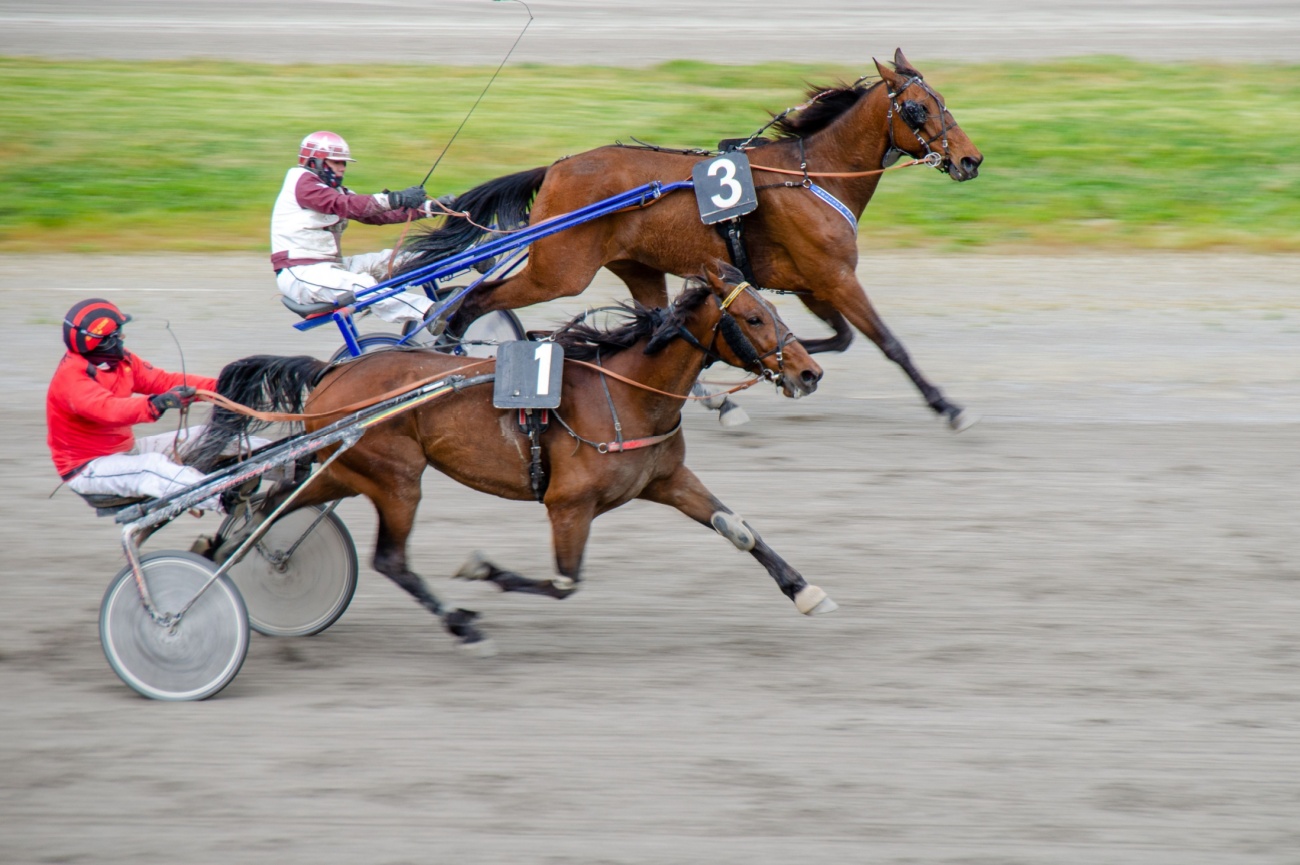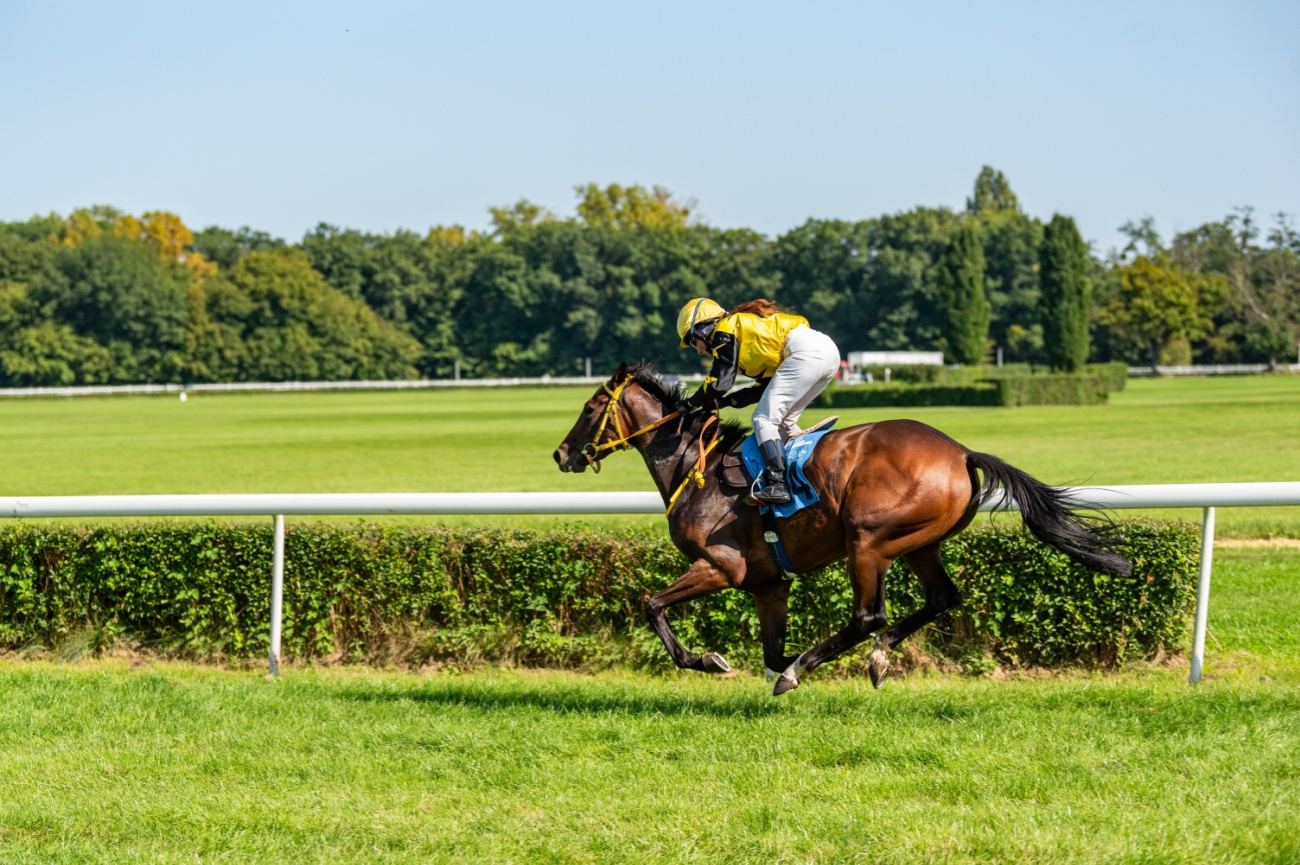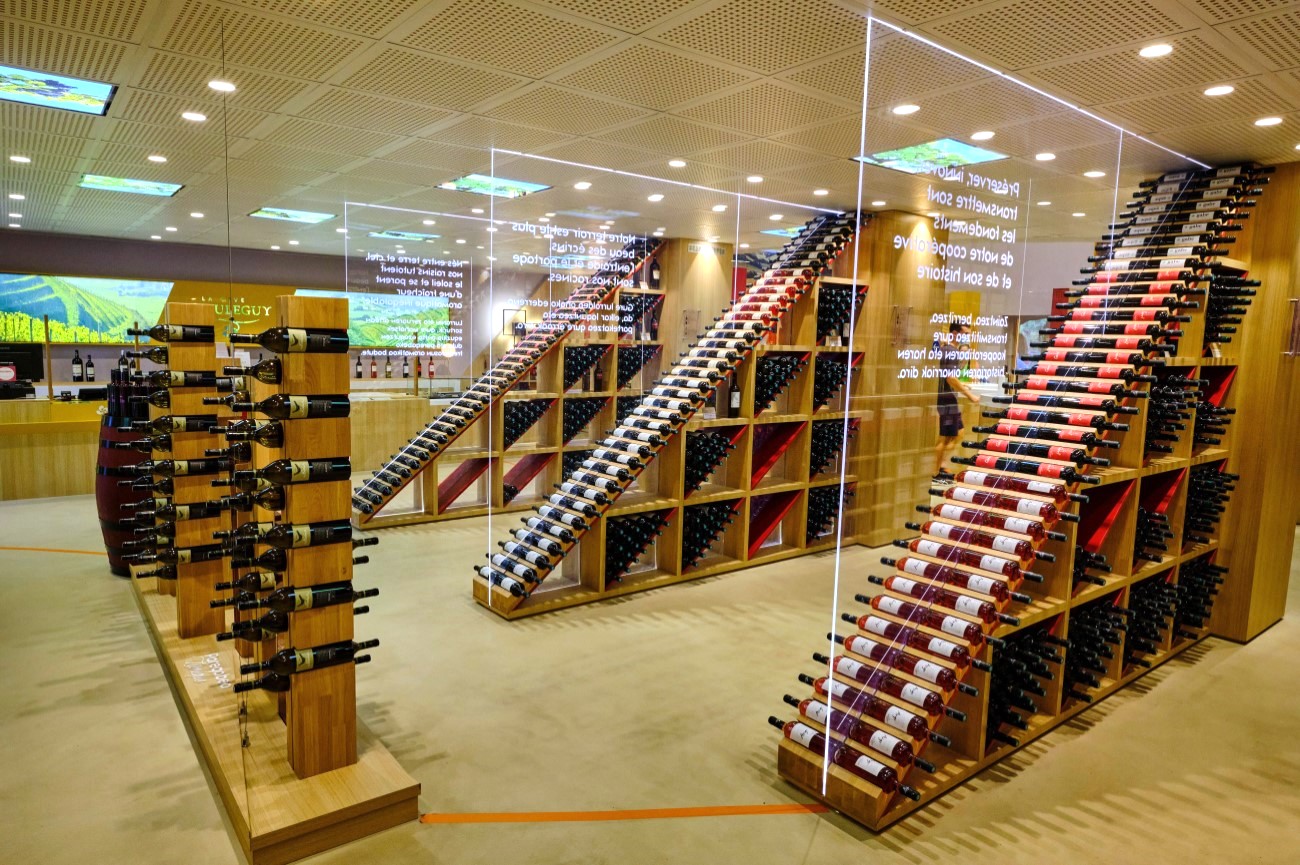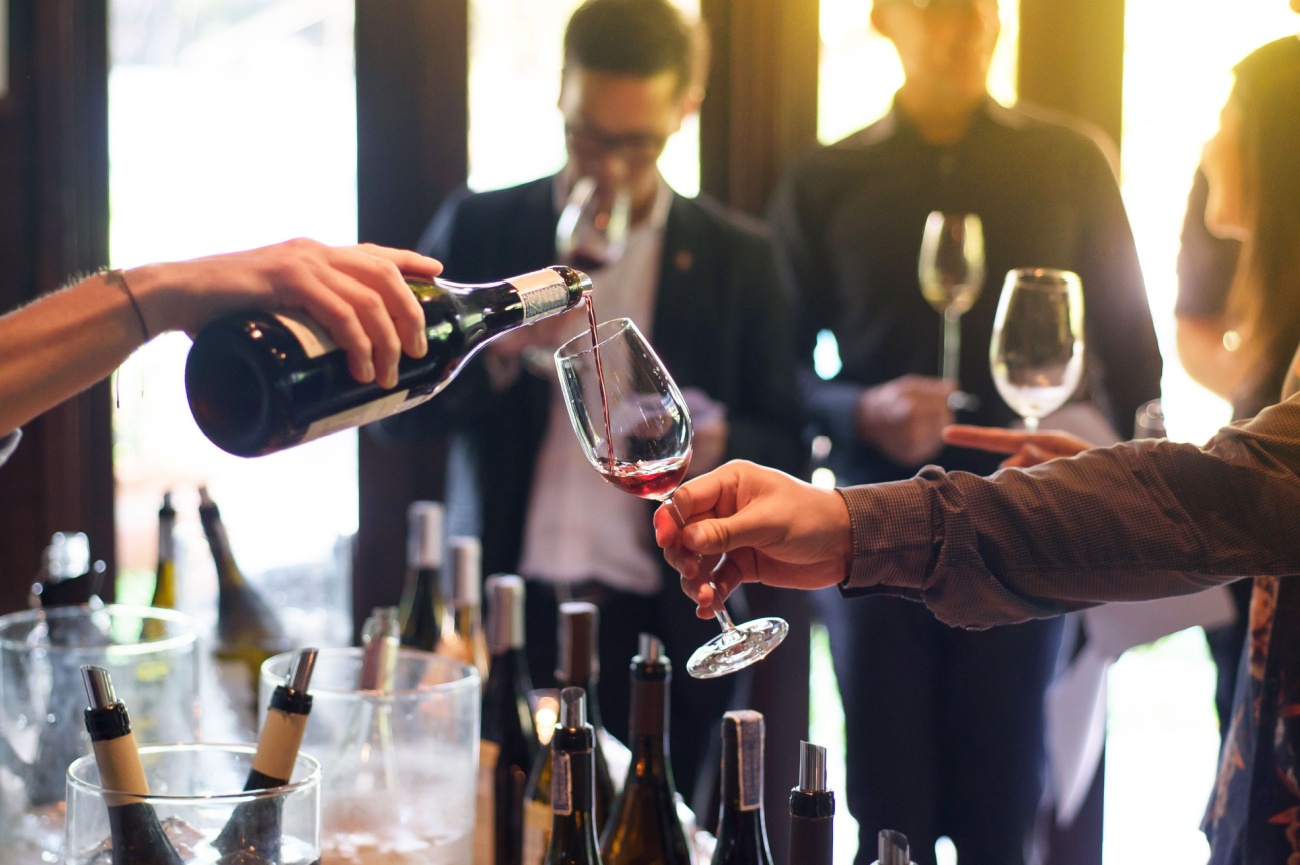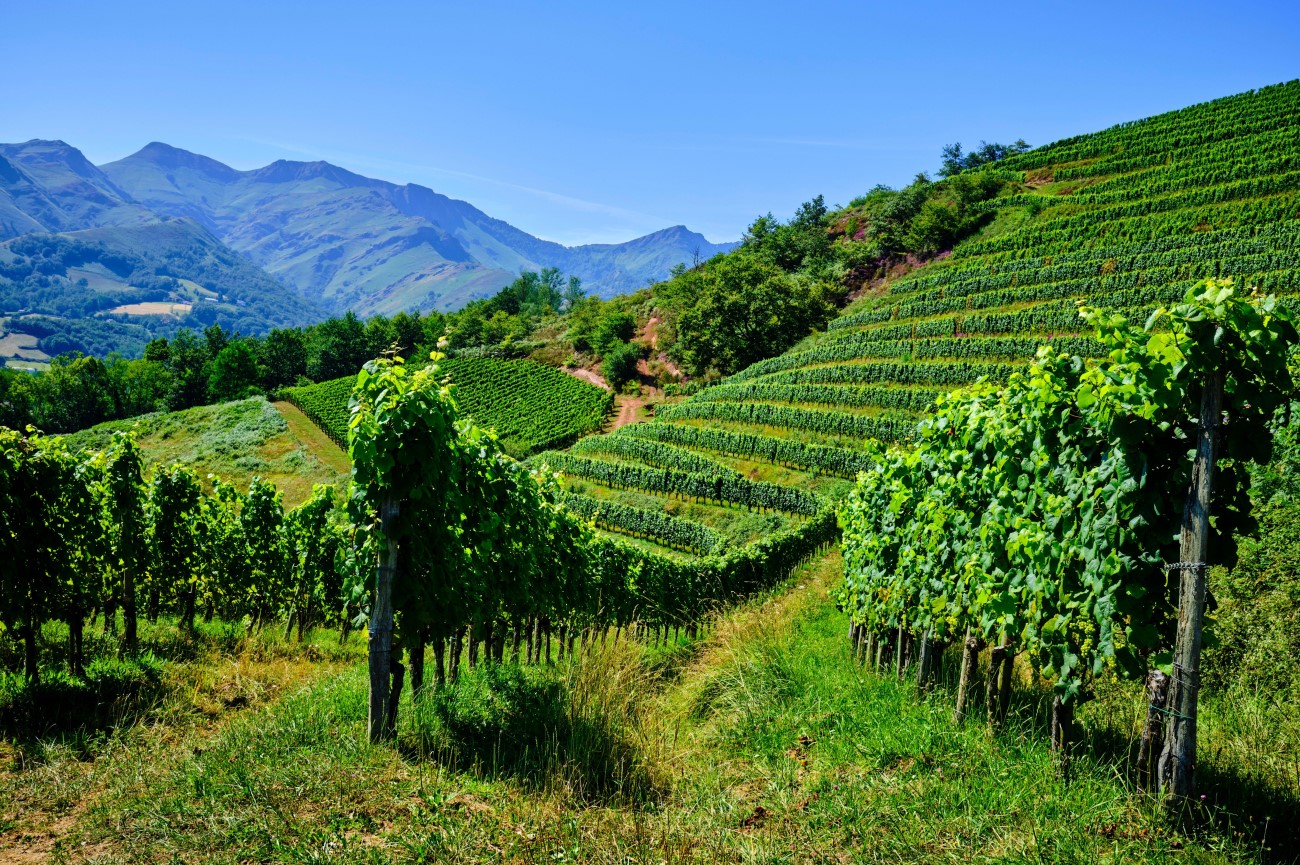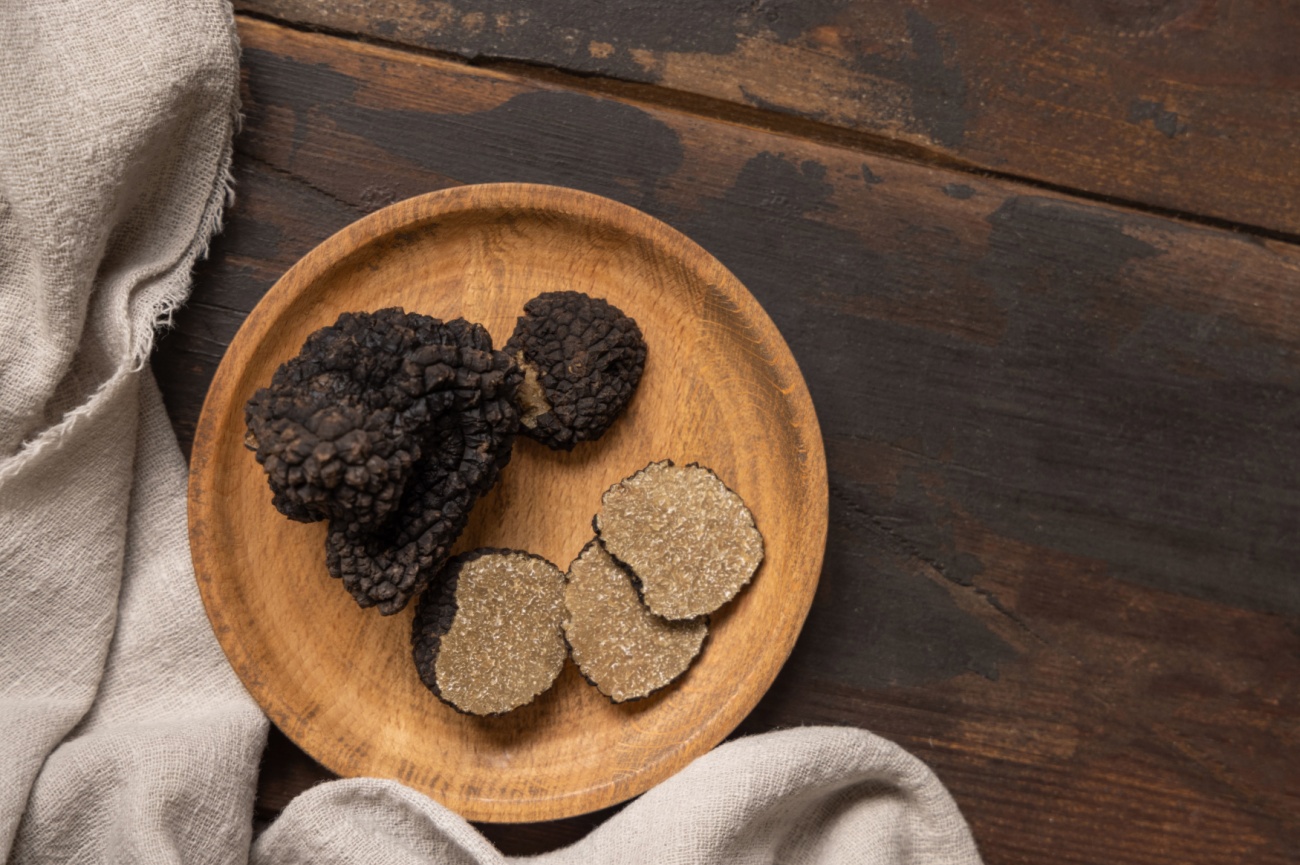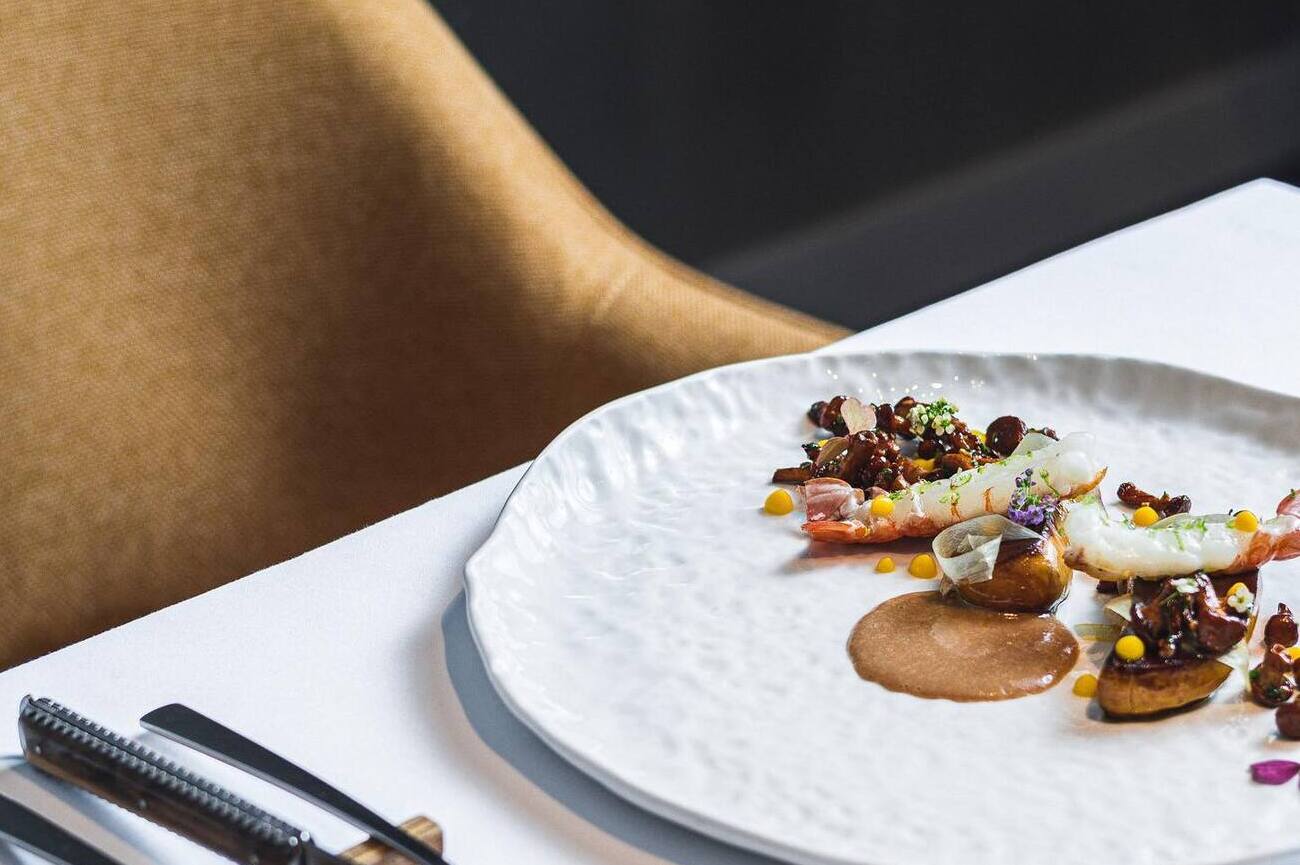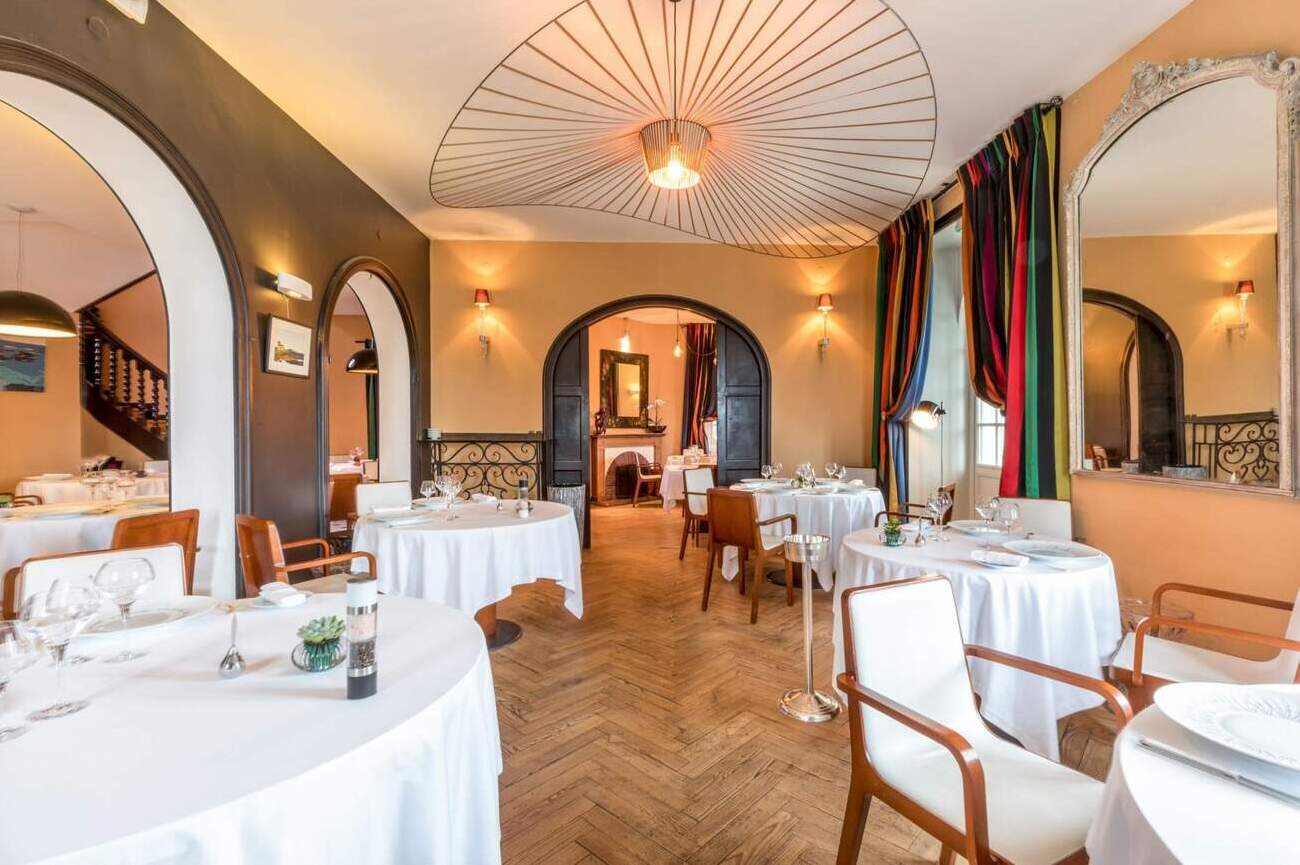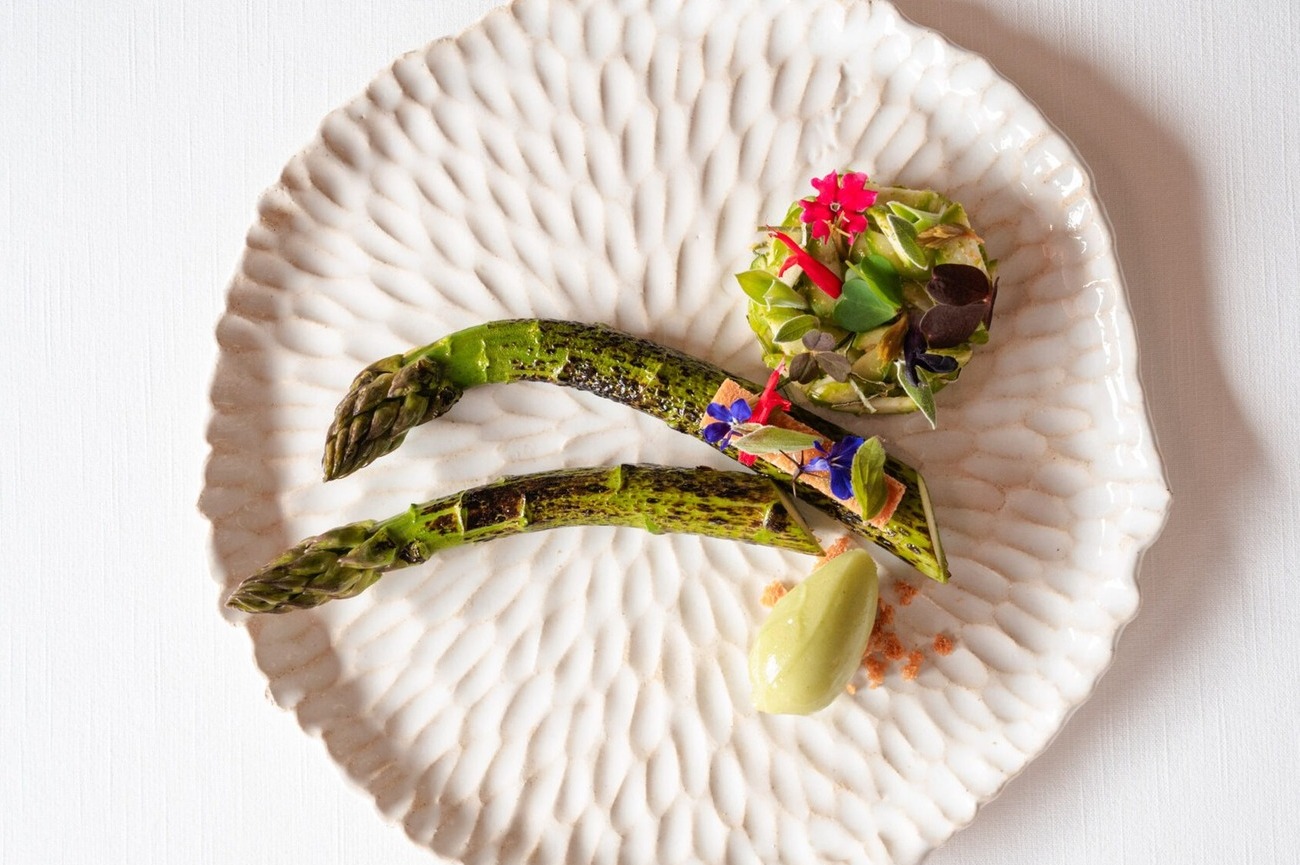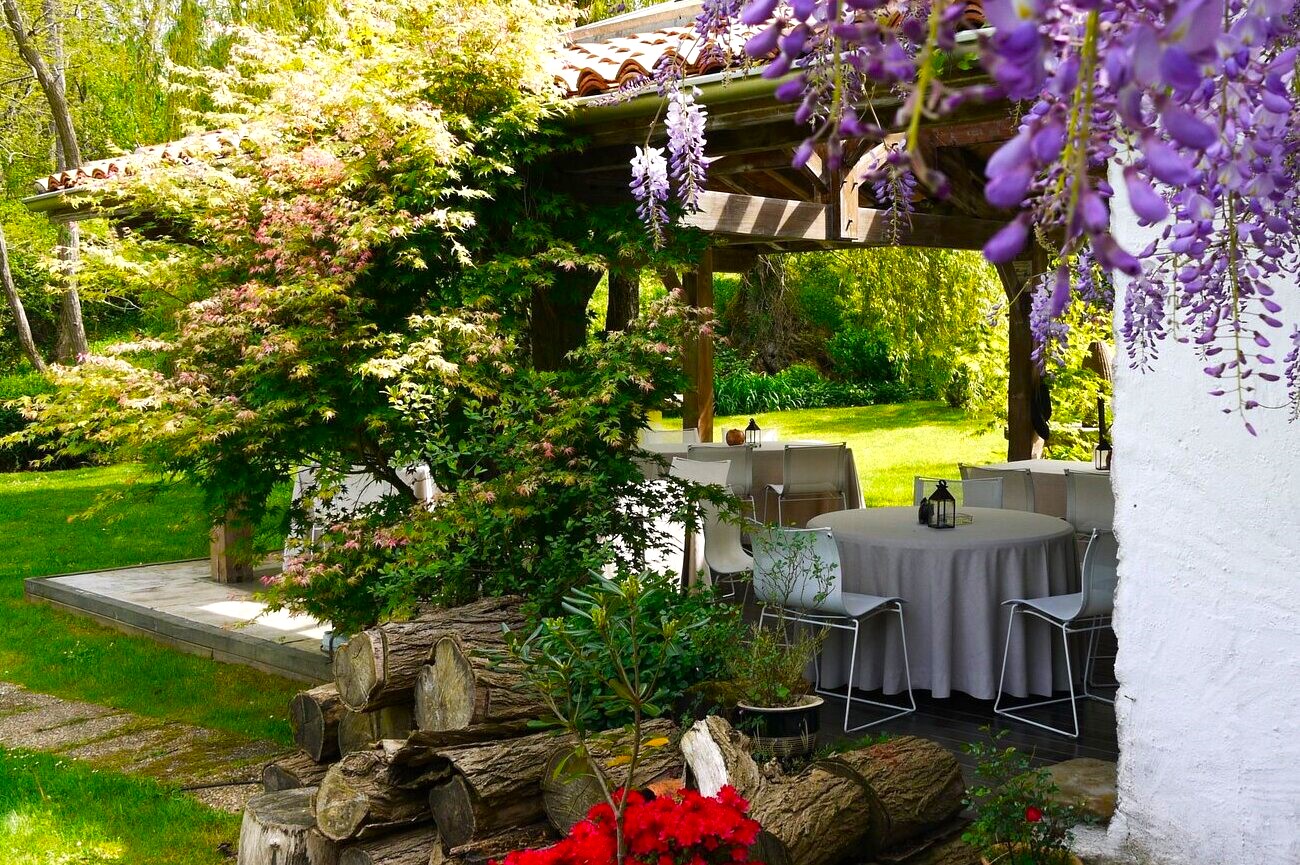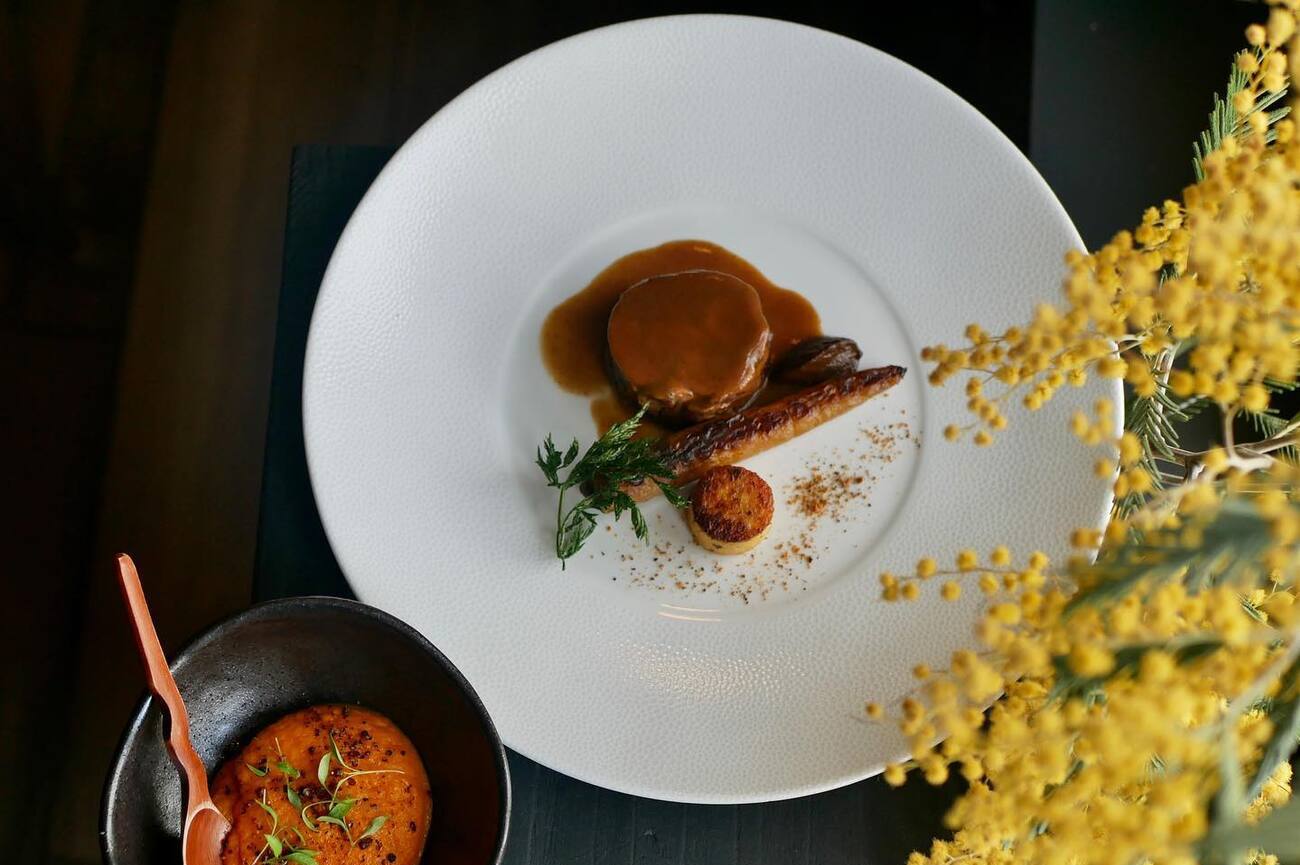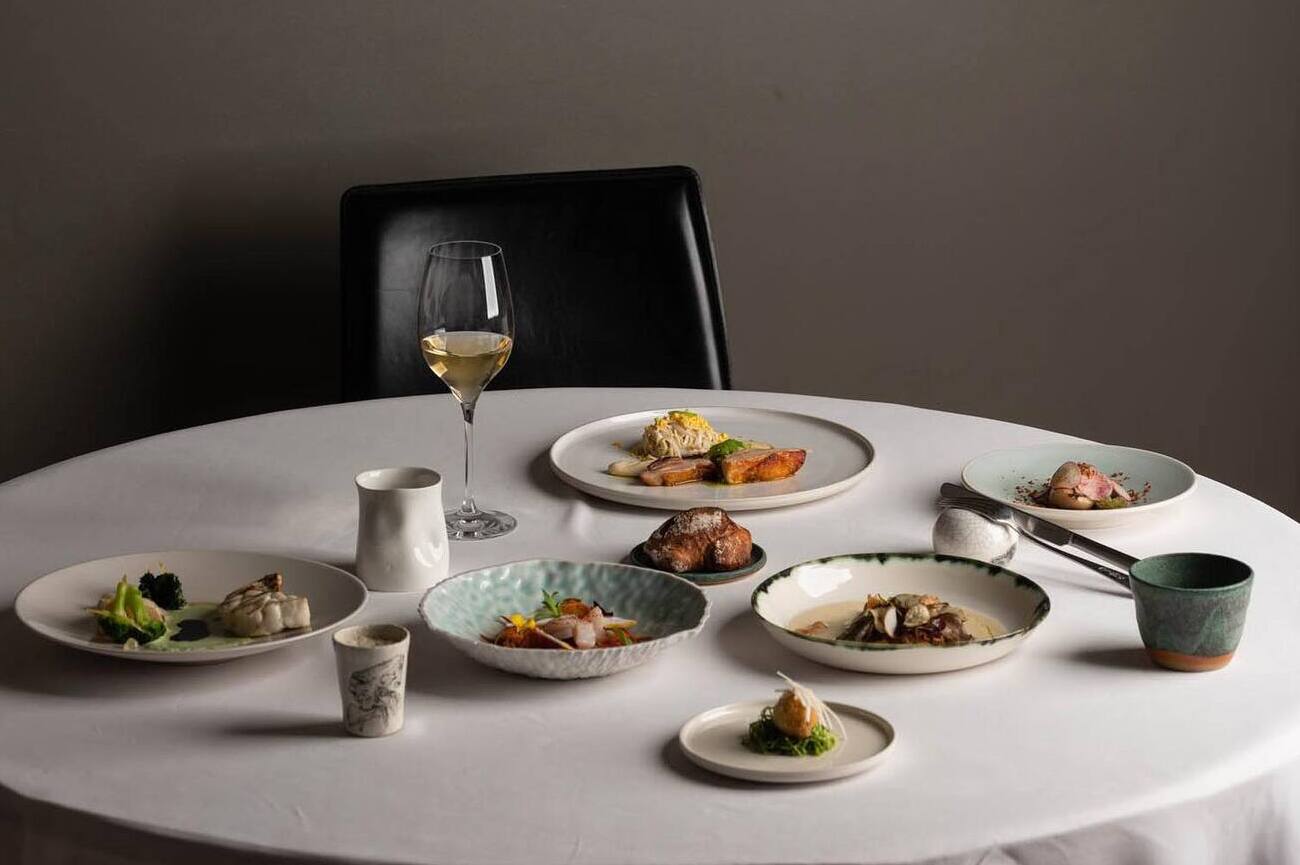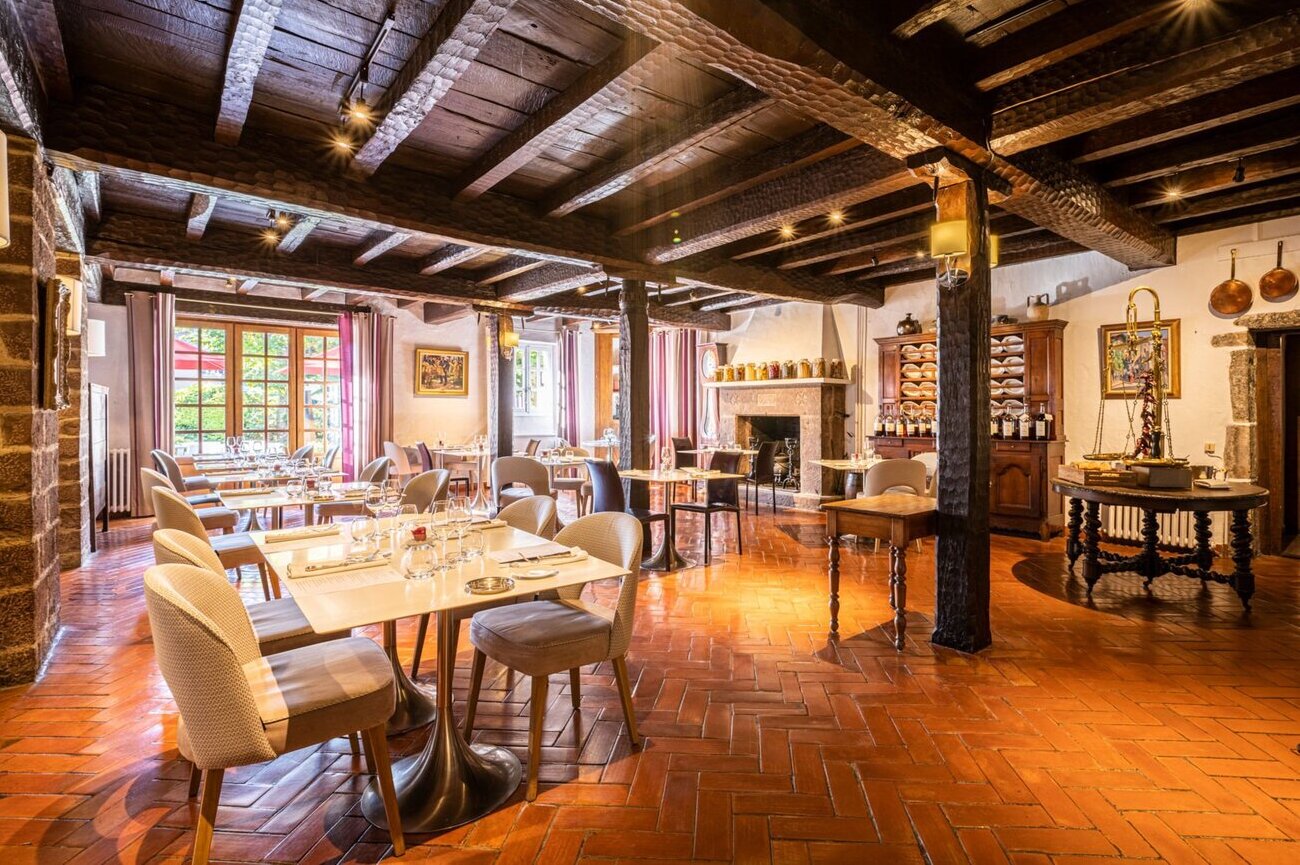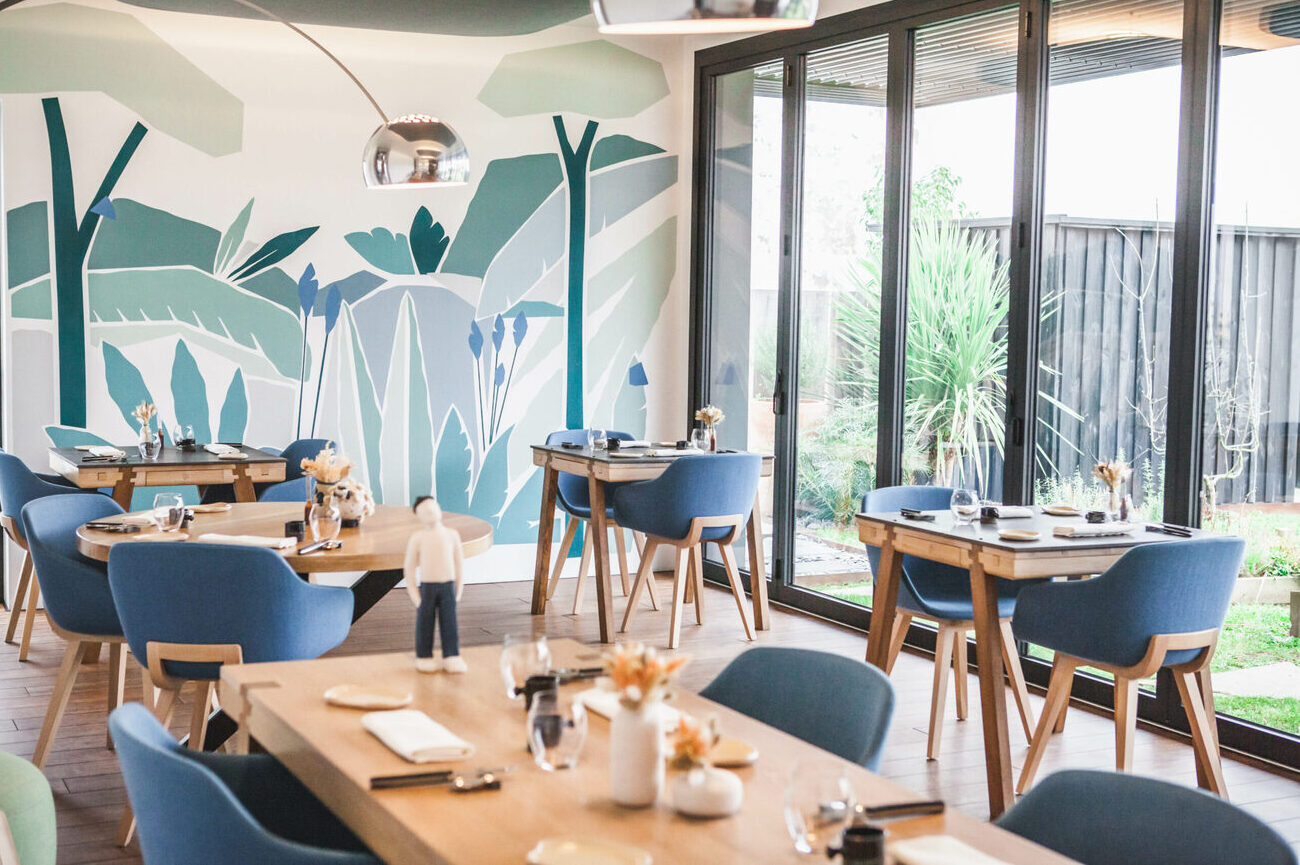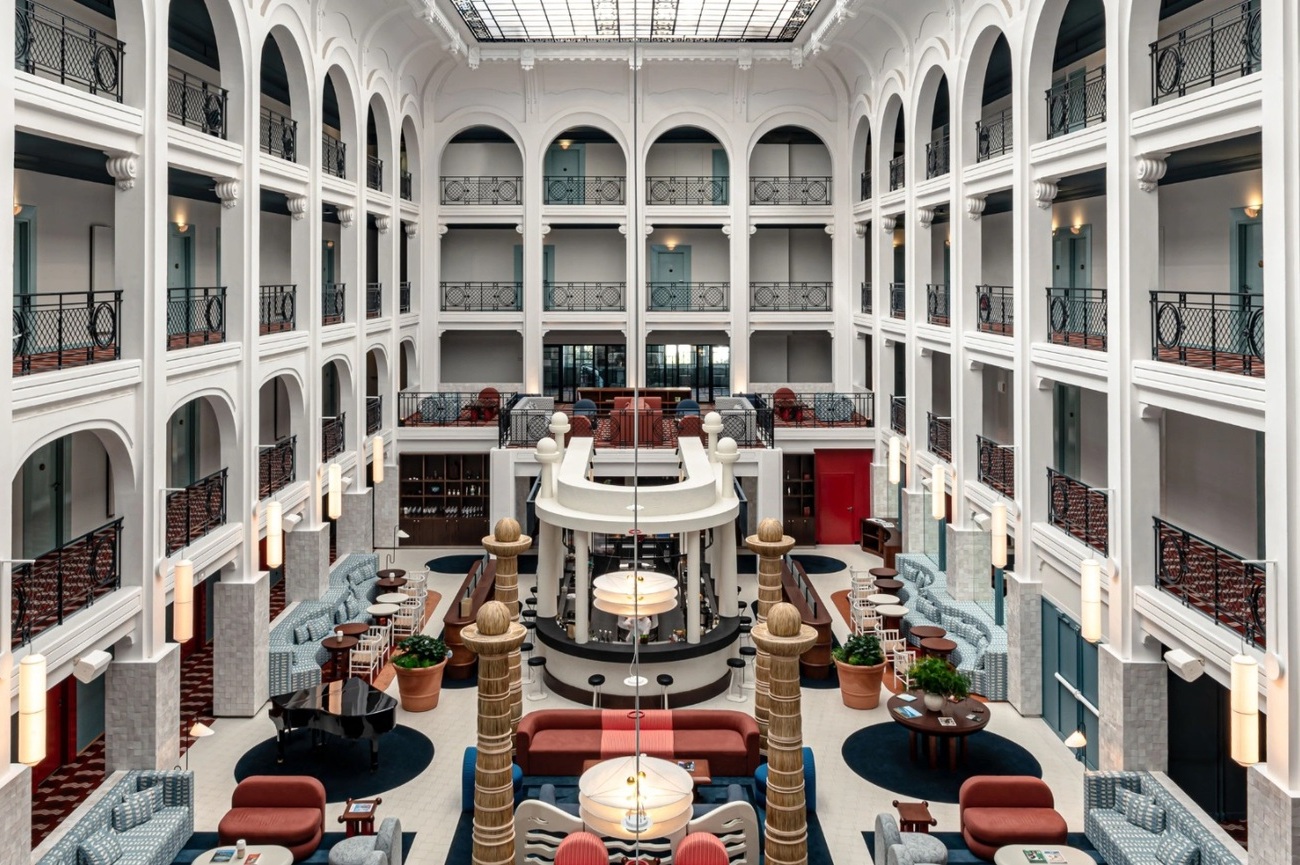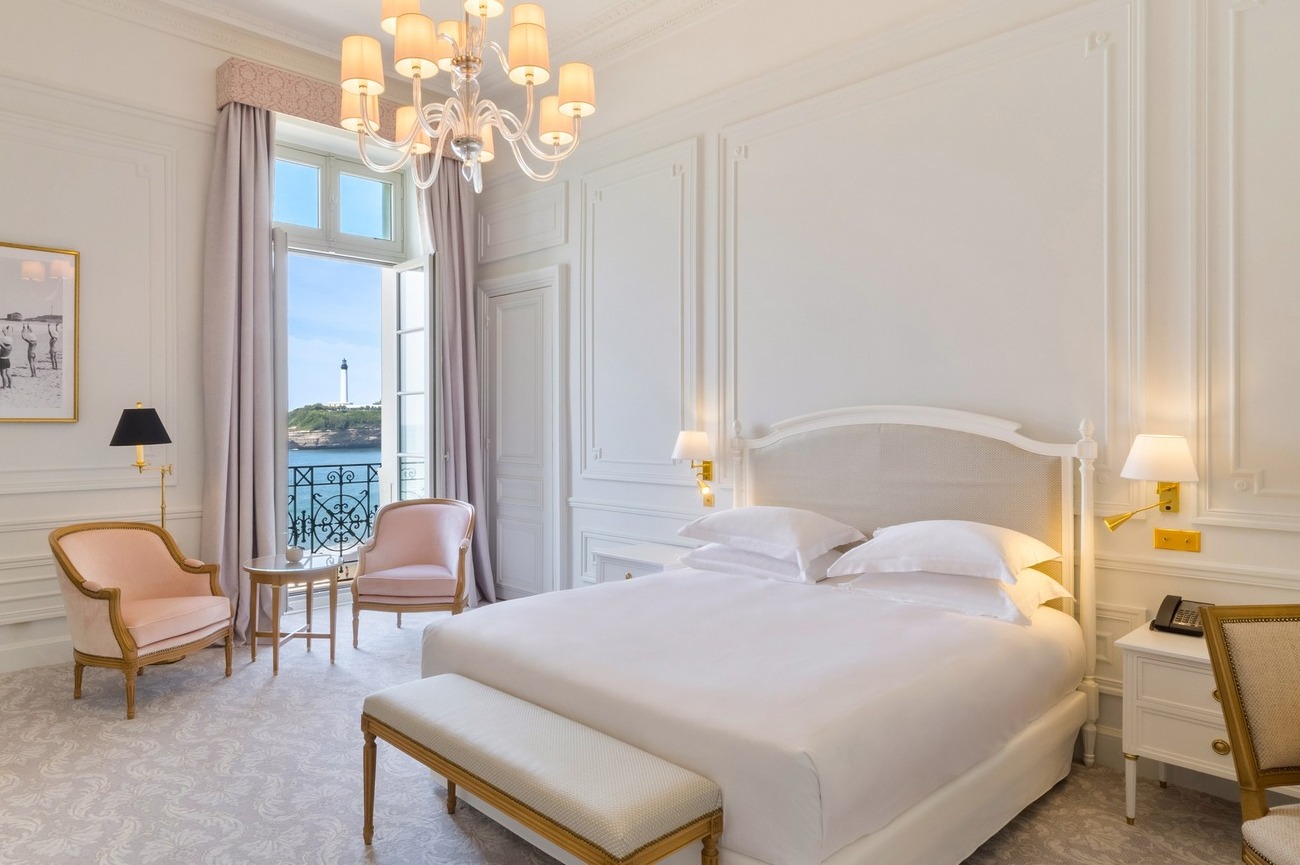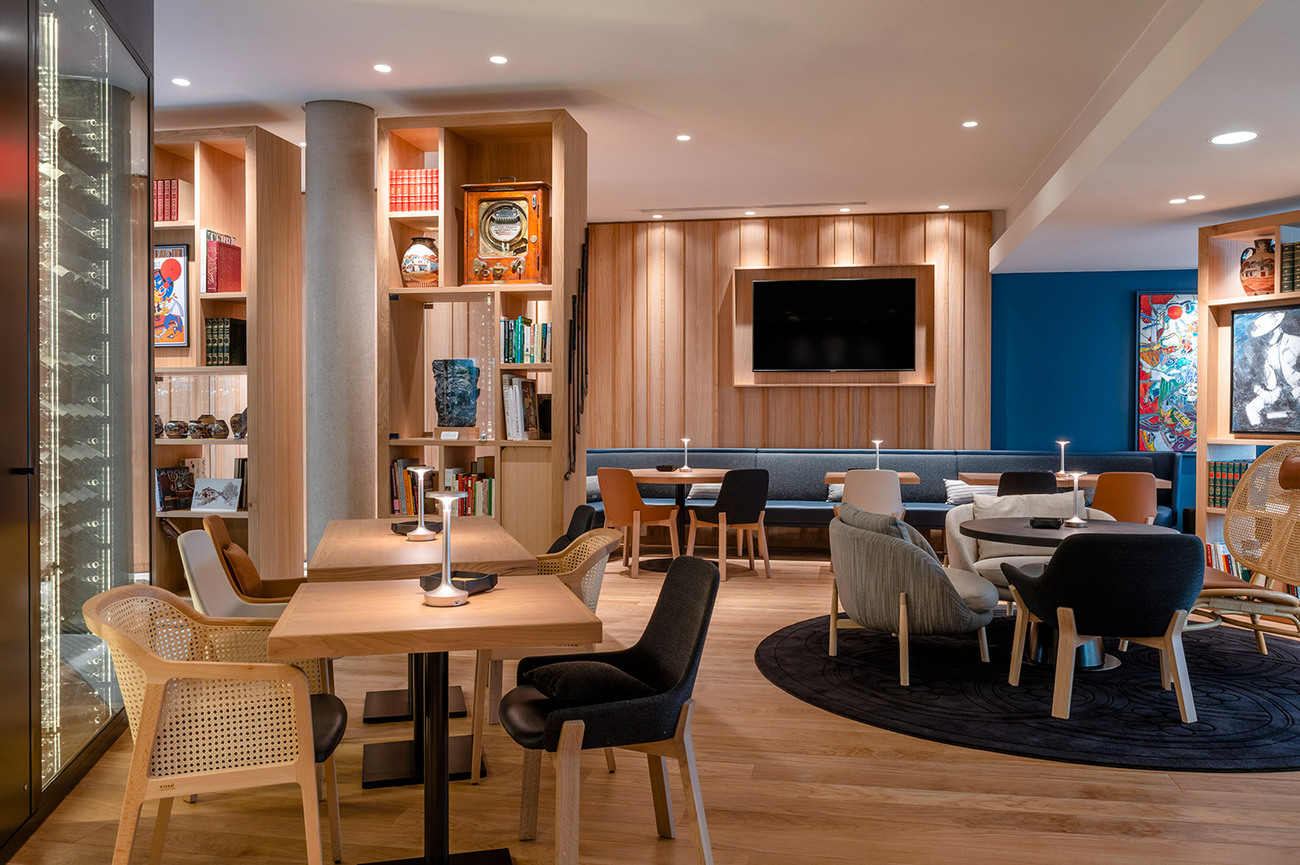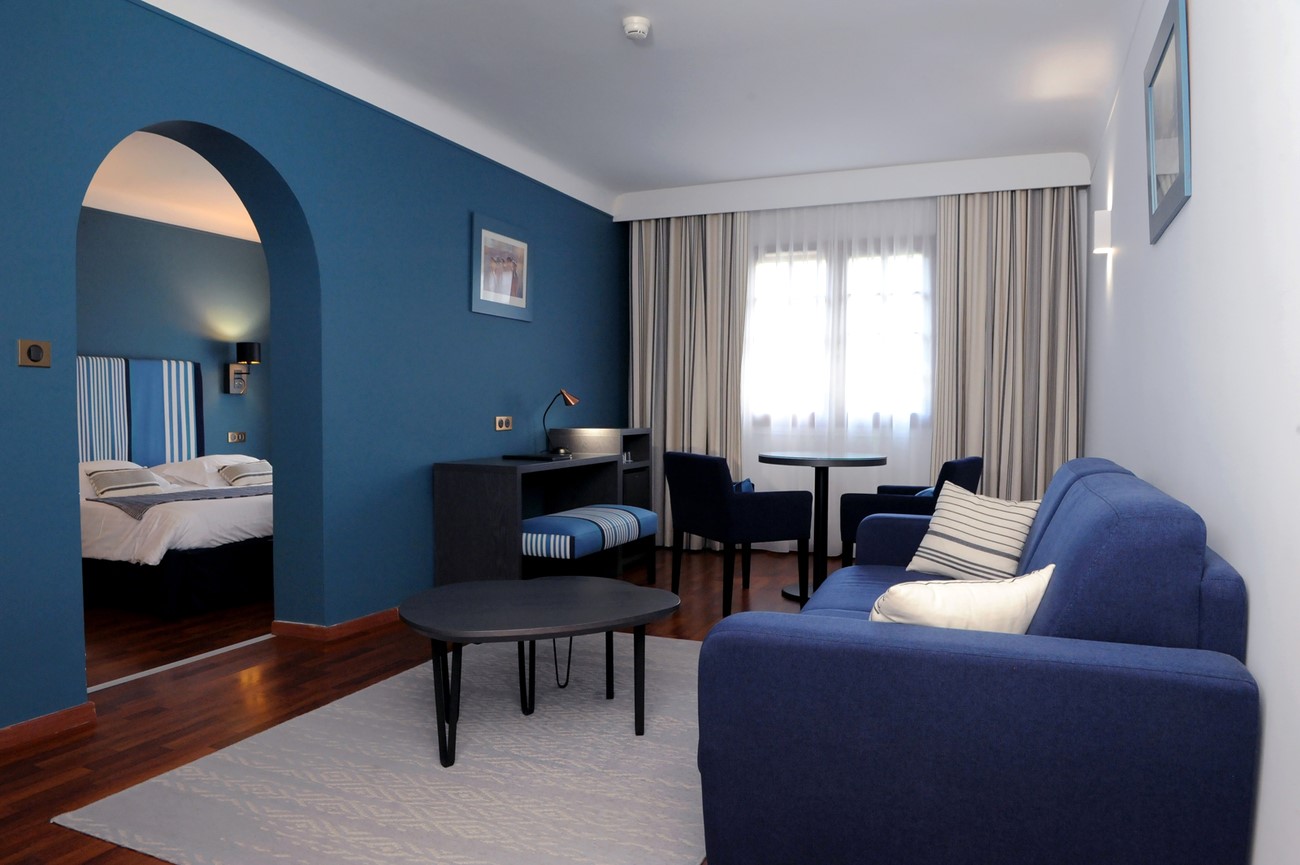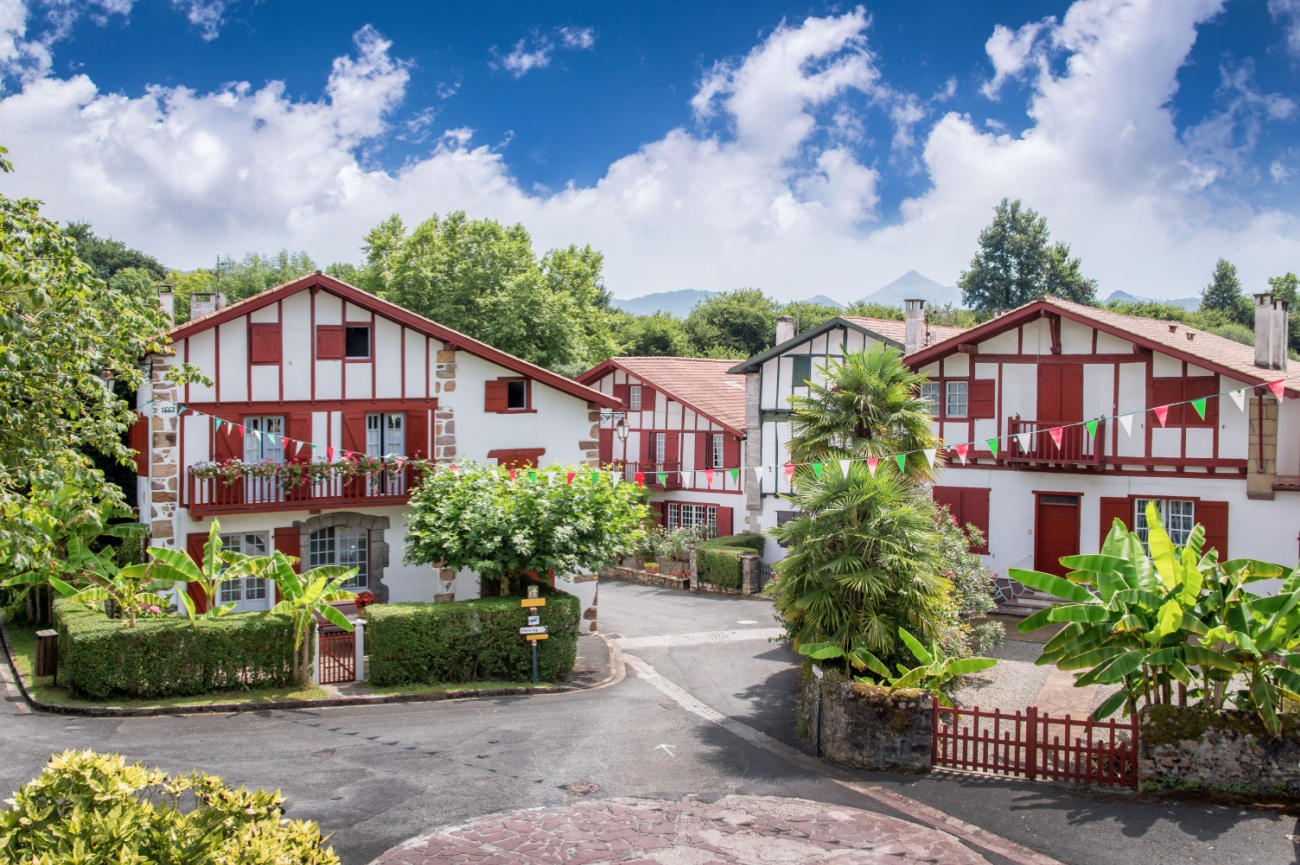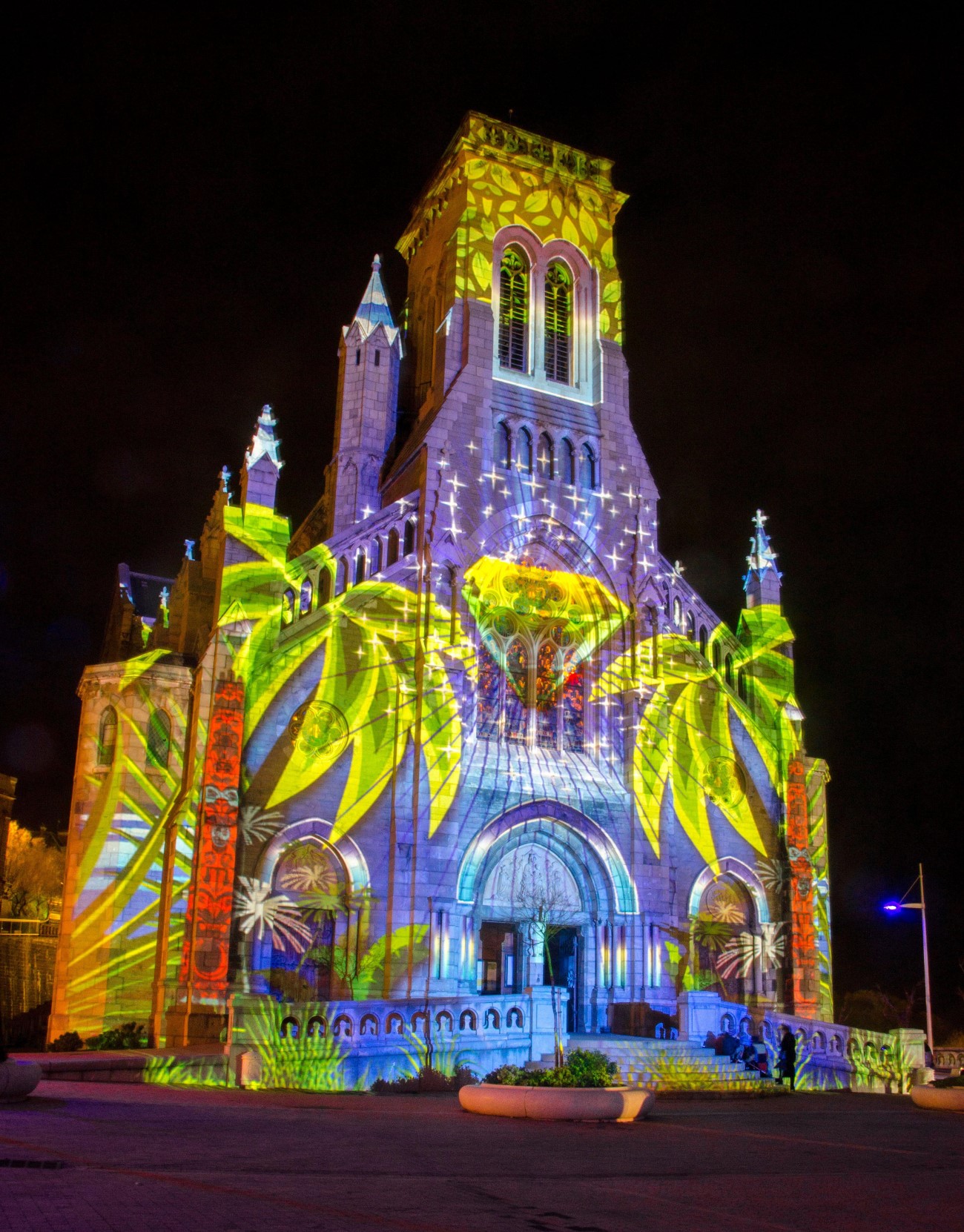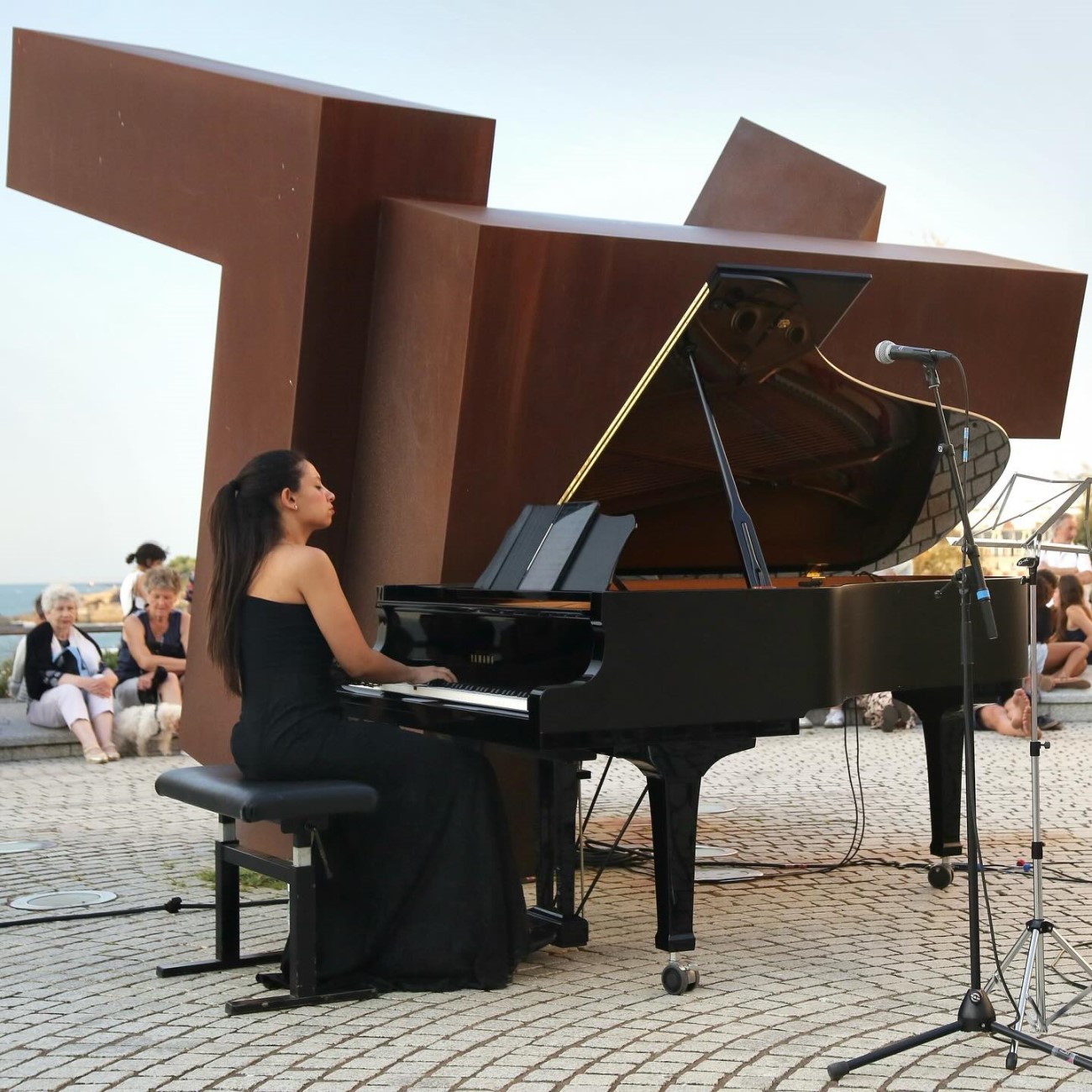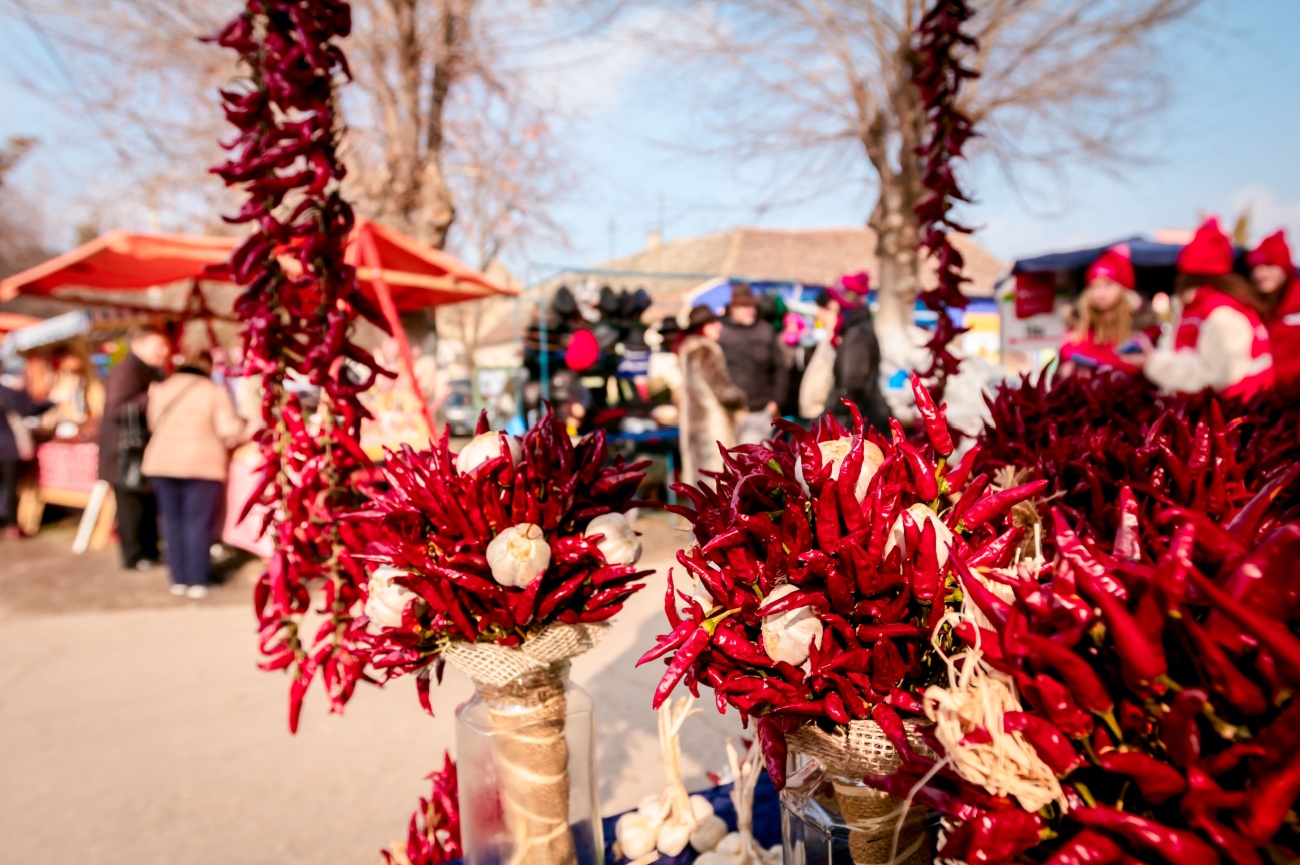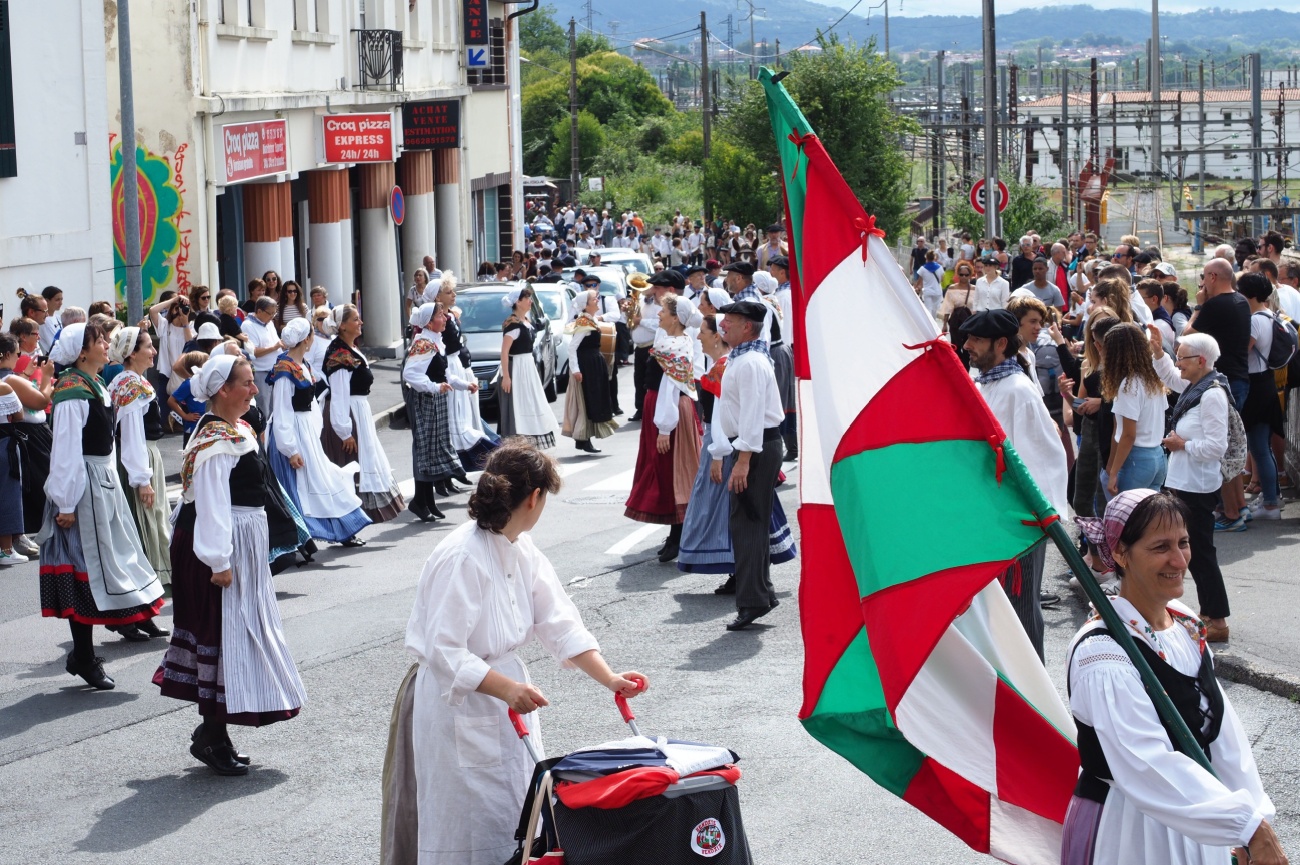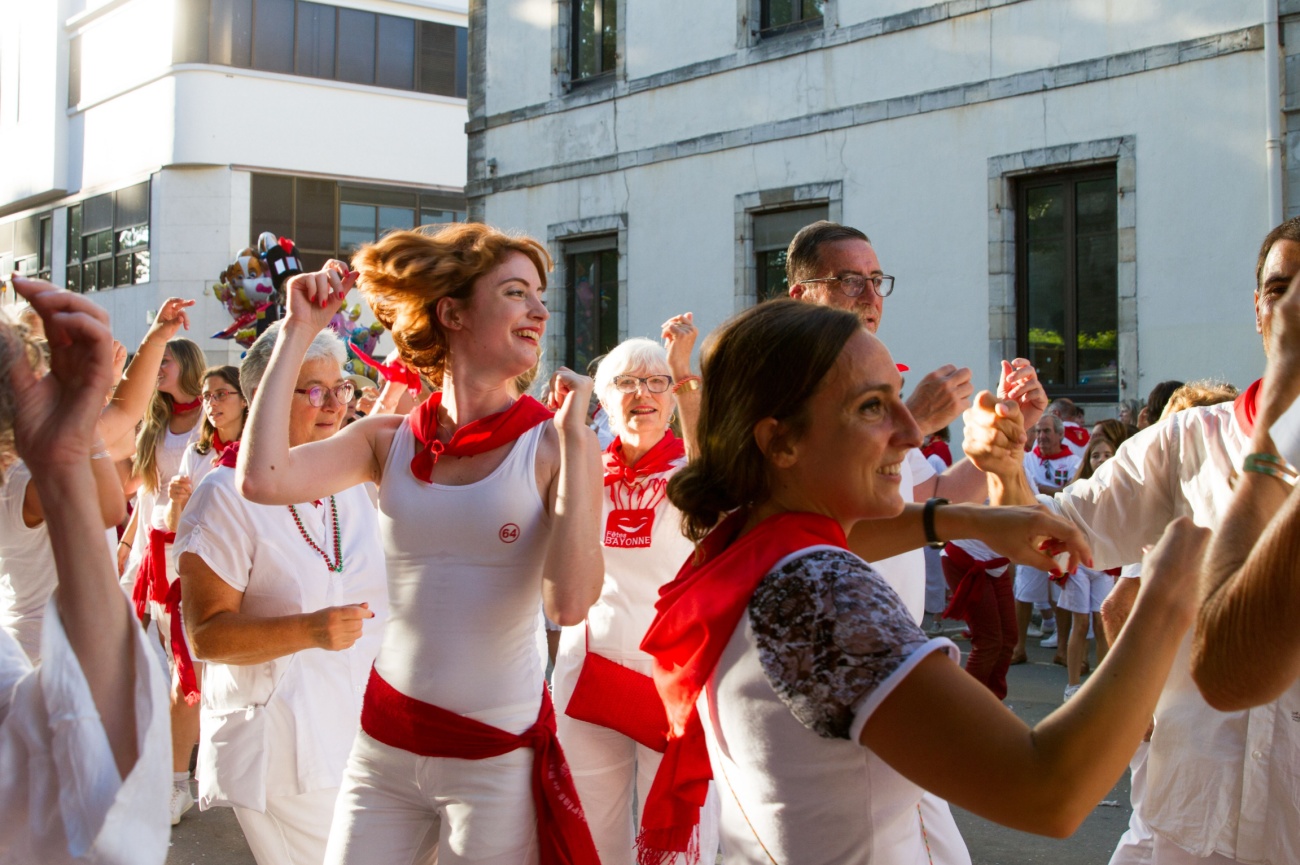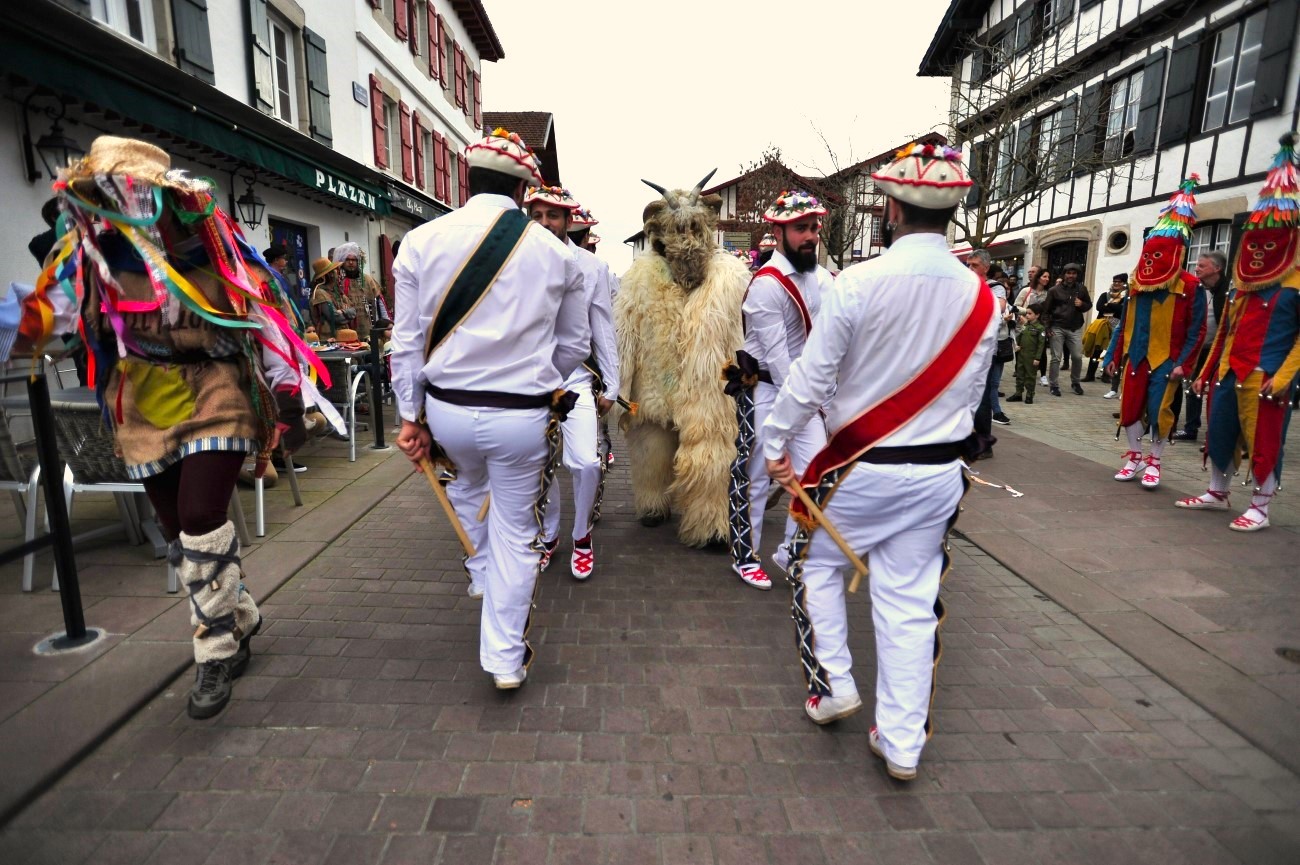THINGS TO DO IN French Basque Country: 4-DAY ITINERARY
The French Basque Country, known in France as the Pays Basque, is a small, southwest corner of the country, tucked between mountain and sea. Stretching deep into Spain, this autonomous region is known for its distinct culture and proud heritage, including colorful architecture, delicious cuisine, and a language all its own.
Visitors will find golden beaches, excellent surfing conditions, and quintessential fishing villages on the coast with rolling green hills and dense forests bordering the Pyrenees Mountains in the region's interior.
A land where even tiny villages have Michelin-star restaurants, it isn’t difficult to find yourself in the lap of luxury in this rustic region of France. Once the favorite vacation destination of Napoleon and countless other high-profile French citizens, a visit to the Basque Country captivates all who visit.
This is the perfect four day itinerary for exploring both hidden gems and famous sites in the Pays Basque.
Map of 4-Day Itinerary
Day 1:
Bayonne & Biarritz

Morning: Bayonne
Spend your first day in the French Basque Country, exploring the largest towns of Bayonne and Biarritz. The journey starts in Bayonne, the capital of the region!
- Musee Basque: Housed inside the Maison Dagourette, the Musee Basque is a celebration of all things French Basque Country. Once the home of a wealthy 16th century port merchant, the museum now houses over 85,000 artifacts, artworks, photographs, and objects from the Basque region. Discover both a permanent collection and temporary exhibitions too.
- Jardin Botanique Bayonne: Hidden near the Bayonne Cathedrale, the Jardin Botanique Bayonne are 3,200 square feet of botanical splendor. With a strong influence from Japanese gardens, you’ll discover a bamboo grove, aromatic Asian plants, a garden dedicated solely to red blooms, and more.
- Cathédrale Sainte-Marie de Bayonne: Also known simply as the Bayonne Cathedral, the Cathedrale Sainte-Marie de Bayonne is one of the most important places of worship in the French Basque Country. Built over hundreds of years, beginning in the 13th century and finally ending in the 17th century, this UNESCO World Heritage Site holds the Shrine of Saint Leo and a pristine, 13th century cloister. Step inside to see the soaring nave and choir, an impressive organ, bell system, stained glass windows, and more.
- Carreau des Halles: The heartbeat of Bayonne is the Carreau des Halles, a 19th century gathering place that now houses 20 different shops and small restaurants. Modernized after a collapse following a snow storm, the hall is the perfect spot to sample Basque bites.
- Eglise Saint-Andre: Another cathedral perched on the edge of the Adour River, Eglise Saint-Andre was built in the Neo-Gothic style in the mid-19th century. While more humble than the Bayonne Cathedral, its towers and rose window are still well worth admiring.
Day 1, Morning - Bayonne Tour Map
Afternoon:
Biarritz
Make your way from Bayonne to Biarritz next. The drive takes just 15 minutes.
- Rocher de la Vierge: Kick off your tour of Biarritz at Rocher de la Vierge, a religious monument perched on a peninsula that juts into the Bay of Biscay. This natural rock formation is crowned with an illuminated statue of the Virgin Mary, accessed via an elevated platform that connects the peninsula with the mainland. This religious site was built in 1865 and offers gorgeous views of the city and coastline.
- Eglise Sainte Eugenie: Biarritz was a favorite vacation destination of Napoleon’s Bonaparte's second wife and beloved, Empress Eugenie. Inaugurated in 1856 and tucked looking over the Vieux Port, this elegant church is where Napoleon himself attended service while visiting Biarritz. Take note of the towering flying buttresses, stained glass windows, and stunning choir.
- La Grande Plage: No visit to Biarritz would be complete without taking a stroll down its main beach. Head to La Grande Plage to walk along this golden stretch of coast, admire the Belle Epoque architecture, and breathe in the salt air, which is said to have healing properties. In summer, this beach is packed with vacationers and their iconic striped beach tents.
- Casino Barriere: Like many French coastal resort towns, Biarritz has its very own Casino Barriere. Tucked along La Grande Plage, you’ll find everything from card tables to slot machines and poker, along with a restaurant and bar.
- Halles de Biarritz: Stroll through the heart of Basque Country’s notoriously delicious cuisine at the Halles de Biarritz. You’ll enjoy bits and bites of pintxos, the Basque region's answer to tapas, and peruse over 20 different stores along the way.
- Musee Historique de Biarritz: Learn more about Biarritz history and its long history as a storied maritime destination at the Musee Historique de Biarritz. Seek out famous artifacts, including the doors to Napoleon’s mansion, Villa Eugenie, personal items from the Emperor’s family, military artifacts and more.
- Phare de Biarritz: A towering white lighthouse at the far eastern end of La Grande Plage, the Phare de Biarritz has been a guiding light since its opening in 1834. Climb the 258 stairs to see panoramic views of the ocean, city skyline, and the historic Fresnel lens.
Day 1, afternoon - Biarritz Tour Map
Day 2:
Bidart & Saint-Jean-de-Luz

Morning:
Bidart
A beautiful coastal village in French Basque Country, Bidart is a tiny blip on the map, but it's worth a pit stop to soak in the beauty. Home to less than 8,000 residents, Bidart is perfectly sandwiched between the sea and the Pyrenees Mountains and is a popular stop for camino pilgrims.
- Chapelle Sainte-Madeleine: A pipsqueak church overlooking the Bay of Biscay, Chapelle Sainte-Madeleine is tucked on the outskirts of town. A small, whitewashed chapel built in the typical Basque architectural style, the church was rebuilt in the 1800’s following a hurricane.
- Plage de Bidart: What would a coastal Basque city be without its beach? Bidart has six different beaches, all situated just outside of town. While the Plage de Bidart, also known as the Plage du Centre, is one of the most popular, the Plage de l’Uhabia is a bit more pristine, sprawling, and wild.
Day 2, morning - Bidart Tour Map
Afternoon: Saint-Jean-de-Luz
Nestled in a natural harbor between the Bay of Biscay and the River Nivell, Saint-Jean-de-Luz is a quintessential Basque fishing village.
- Grande Plage: The main draw to Saint-Jean-de-Luz and a truly stunning stretch of Atlantic coastline, the Grande Plage is 1 km long in the shape of a slight crescent. Protected from the open ocean from several digues, otherwise known as an embankment, the beach is lined with colorful Basque buildings.
- Casino JOA de Saint-Jean-de-Luz: Situated right on the Grande Plage, Casino JOA is a small casino along the waterfront in Saint-Jean-de-Luz. Play over 68 slots, table games, and more or enjoy a drink on the terrace.
- Eglise Saint-Jean Baptiste: Despite being a rather small chapel by France’s standards, this very seaside church is where Louis XIV, better known as the Sun King, was married. Construction began in the 15th century and the church interior was uniquely designed with distinct elements of Basque architecture. The magnificent and gilded altarpiece is the main draw, but the wooden galleries adorning either side of the nave are also a unique design feature.
- Marche Les Halles: Opened every day since 1884, the Saint-Jean-de-Luz market is the perfect spot to sample Basque products. Tuesdays and Fridays are special days when the market is also held in the Boulevard Victor Hugo and includes various artisan crafts.
- Maison Louis XIV: Built by a wealthy ship-owner, the Maison Louis XIV was the king’s residence while he lived in Saint-Jean-de-Luz in anticipation of marrying Infanta Maria Therese and afterwards. This striking home, constructed in the 17th century, allows visitors to tour the property and its wonderful collection of antiques, paintings, and dishes.
- Botanical Garden: A sprawling garden that overlooks the sea, the Saint-Jean-de-Luz botanical gardens contain collections of coastal oak, wetlands, shrubs, dune vegetation and more. If nothing else, this is a peaceful spot to take in the scenery.
- Fort de Socoa: Perched on the left hand side of the Saint-Jean-de-Luz Bay, the Fort de Socoa is actually located in the neighboring town of Ciboure. Built in 1627, visitors can’t enter the fort but they can admire it from the outside.
- Tour de Bordagain: Overlooking the city of Saint-Jean-de-Luz from atop a hill, the Tour de Bordagain stands over 260’ tall. Once a lookout tower, the church dates from the 12th century and the tower from the 14th.
- Chateau d’Urtubie: Just outside of Saint-Jean-de-Luz in the tiny town of Urrugne, the Chateau d’Urtubie makes for a great stop on the way to Hendaye. The castle has been owned by the same family since its construction in 1341 and is listed as a historical site. Head inside to discover antique furniture and tapestries. Visitors can even spend the night!
Day 2, afternoon - Saint-Jean-de-Luz Tour Map
Day 3: Hendaye & Sare

Morning: Hendaye
Spend the morning driving down the striking Corniche Basque on your way to Hendaye. This 20 kilometer road snakes its way to the last French city before the Spanish border. Enjoy sprawling oceanfront scenery and sneak peeks of the Pyrenees Mountains along the way.
- Maison de la Corniche: Situated just off the Corniche Basque as you drive into town, the Maison de la Corniche is a traditional farmhouse and rest stop for road trippers. Stop in to see multimedia exhibits on Basque culture, and to discover a coastal hiking trail that's perfect for stretching your legs.
- Chateau d’Abbadie: Perched overlooking the Bay of Txingudi, the Chateau d’Abbadie is surrounded by a vast nature reserve. Built in the 1800s, the chateau was named for the French explorer Antoine d’Abbadie and constructed in the unique, Irish Gothic Revival style. Many features of the castle take inspiration from Abbadies adventures, with exotic animals decorating the facade, a Moorish smoking room, and more. Visitors can explore the castle, its artifacts, and the grounds.
- Plage d’Hendaye: As with every coastal Basque town, visiting the Plage d’Hendaye is a must. Ranked among the most beautiful beaches in France, the beach is flanked with limestone cliffs and a pretty promenade. The widest section of the beach is the far left side.
- Casino d’Hendaye: Situated on the beach in the center of town, the Casino d’Hendaye is a humble gambling house with poker and slot machines. Visitors will also find a restaurant with a sunny terrace that overlooks the sea.
- Eglise Saint-Vincent: Built in the 17th century, the Eglise Saint-Vincent sits in the center of Hendaye. A modest church, this small chapel includes a bell tower and a small yet gilded altar. Religious festivals are held here throughout the year.
Day 3, morning - Hendaye Tour Map
Afternoon: Sare
In the afternoon, head away from the coast to the inland city of Sare, tucked in the foothills of the Pyrenees. Just a 33 minute drive, you’ll arrive with plenty of time to explore this little mountain town.
- Le Train de la Rhune: Probably the most popular attraction in Sare, Le Train de la Rhune is a century old railway that transports visitors to the top of the Sare Summit. Perched almost 3,000’ high, listen to an audio guide of the train's history as you ride up the mountain, surrounded by sprawling scenery. You’ll have panoramic views and a traditional restaurant to dig into at the summit. Keep in mind that this fun experience is only open from March to November.
- Grottes de Sare: A small, Prehistoric cave system just outside of Sare, the Grottes de Sare are a regional and historic treasure. Go on a guided tour, exploring these caverns that are hidden inside the Atxuri Mountain. Witness the Prehistoric habitation sites, fossils, and ancestral musical instruments along the way. You can learn more about the cave's history at the Cave Museum and Megalithic Park as well.
- Le Musee du Gateau Basque: Housed inside an almost perfectly preserved, traditional Basque house, Le Musee du Gateau Basque contains rare objects, furniture, and kitchen utensils collected from around the region. Most importantly, you’ll go on a tour with the pastry chef, which culminates in a grand finale of a baking demonstration and sampling traditional Basque cake!
- Eglise Saint-Martin: One of few landmarks in the tiny village of Sare, the Eglise Saint-Martin is thought to have been originally built in the 12th century. This chapel features uniquely Basque design elements like the wooden galleries in the nave, while other features like the gilded altar are more typical to France in general.
Day 3, afternoon - Sare Tour Map
Day 4: Ainhoa, Espelette, & Cambo-les-Bains

Morning: Ainhoa & Espelette
Spend your last day in the French Basque Country exploring the tiny towns of the interior. Start in Ainhoa before popping into Espelette and ending it all in Cambo-les-Bains. You can easily come full circle back in Bayonne if you’d like to complete the loop, a drive that takes just 45 minutes in its entirety!
- Ainhoa: The quintessentially Basque village of Ainhoa is a quick stop, but worthwhile to see a traditional town with perfectly preserved and colorful Basque architecture. Ainhoa also happens to be a stop on the Camino Frances.
- Eglise Notre-Dame de l'Assomption de Ainhoa: Tucked in the center of Ainhoa, this small but beautiful cathedral was built in the 13th century. Step inside to reveal the fantastically decorated and gilded altar, crowned by a blue dome, along with traditional, dark wood galleries, stained glass, and a unique staircase. The octagonal bell tower is by far its most unique feature!
- Espelette: A tiny village known for its chili peppers, spend an hour or so of your time exploring the pipsqueak slice of Basque Country known both as Espelette or Ezpeleta in Basque.
- Village Mairie: The Espelette Town Hall, also known as the Village Mairie in French, is the perfect spot to learn more about the history of Espelette. Take a tour of the exhibitions, including one about the chili peppers grown here and other famous Espelette residents like Agnes Sauret (most beautiful woman in France) and Armand David, an explorer.
- Eglise Saint-Etienne: Continue your tour of Basque Country’s unique religious sites at Eglise Saint-Etienne de Espelette. You’ll find typical Basque architectural features that are consistent with other chapels in the area, including the dark wood galleries and a magnificent, Baroque altarpiece. Colorful frescoes and stained glass also adorn the interior.
Day 4, morning - Ainhoa & Espelette Tour Map
Afternoon: Cambo-les-Bains
Tucked away in Labourd, Cambo-les-Bains is a gorgeous slice of Basque Country punctuated by the Villa Arnaga. Known for its bubbling mineral waters, visitors have flocked to the village for hundreds of years, seeking healing.
- Museum of Edmond Rostand: Also known as the Villa Arnaga, the Museum of Edmond Rostand and its sprawling gardens are a must-see site in Basque Country. A sprawling home built in the Neo-Basque style by the famous Edmond Rostand, author of the famous French play, Cyrano de Bergerac, the house and gardens were constructed from 1903 to 1906. Take a guided tour of the house and its antique furniture and stroll the gardens that cover over 37 acres and overlook the town of Cambo-les-Bains.
- Cambo Thermal Baths: Cambo-les-Bains is known for its thermal baths, this is a spa town after all! Head outside the city to soak in these geothermal waters, known for their healing properties since ancient times. These Art Deco buildings are surrounded by a sprawling park and the River Nive. Visitors can soak for a day or book an 18-day medical cure for rheumatic and respiratory ailments. Aside from spa treatments, visitors will also find a resort, the Blue Flag restaurant, palm grove, and more.
- Eglise Saint-Laurent: Built in the 17th century, the Eglise Saint-Laurent is a traditional Basque chapel. Its exterior is adorned with a quaint bell tower while its interior reveals elaborately carved wooden galleries, dark wood, a gilded altarpiece, and chandeliers.
Day 4, afternoon - Cambo-les-Bains Tour Map
Other Things to Do in French Basque Country
- Musée Asiatica, Biarritz: A hidden cultural gem in Biarritz, Musée Asiatica boasts one of the finest collections of Asian art in France. Featuring exquisite artifacts from India, China, Nepal, and Tibet, the museum showcases centuries of craftsmanship, from delicate sculptures to ancient manuscripts. A must-visit for art lovers and history enthusiasts, it offers a glimpse into the diverse spiritual and artistic traditions of the East.
- Chapelle Impériale, Biarritz: Tucked away in Biarritz, Chapelle Impériale is a breathtaking testament to 19th-century elegance. Built for Empress Eugénie, the wife of Napoleon III, this small but striking chapel blends Moorish and Romanesque influences, with intricate tilework and painted ceilings. A symbol of imperial grandeur and devotion, it’s a fascinating stop for those interested in French history and architecture.
- La Colline Sainte-Barbe, Saint-Jean-de-Luz: For one of the most breathtaking views in the French Basque Country, head to La Colline Sainte-Barbe in Saint-Jean-de-Luz. A short climb up this peaceful hill rewards visitors with panoramic vistas of the town, the Bay of Biscay, and the surrounding coastline. A favourite spot for locals and travellers alike, it’s an ideal place for a sunset stroll or a quiet moment to take in the beauty of the Basque landscape.
- Château d'Abbadia: Perched on the cliffs of Hendaye, Château d'Abbadia is a neo-Gothic masterpiece built in the 19th century. Commissioned by explorer Antoine d'Abbadie, this striking château is as much an observatory as it is a home, with intricate carvings, celestial motifs, and exotic influences from his travels. Open for visits, it offers a glimpse into its grand library, antique furnishings, and working telescope, while the surrounding landscaped gardens provide sweeping ocean views.
Day Trips from French Basque Country
- San Sebastian: Better known as the gourmet food capital of the world, San Sebastian is situated across the Spanish border, just 45 minutes from Biarritz. With the highest concentration of Michelin star restaurants in the world, you’ll spend your time here eating your weight in pintxos and admiring the beautiful architecture.
- Gaztelugatxe: A famous Game of Thrones filming location, Gaztelugatxe is a rocky peninsula crowned by a hilltop hermitage. This isolated religious site was built in the 10th century, and while relatively difficult to get to, makes for a fun day trip from the nearby towns of San Sebastian and Bilbao.
- Bilbao: A bit further down the coast from San Sebastian, Bilbao was once an industrial port city but has since become an art mecca. About an hour and 45 minutes from Biarritz, you’ll find the acclaimed Guggenheim Museum, more mouthwatering pintxos, and windswept beaches, along with small, seaside villages like Getxo that can be accessed via metro from the city center.
- Guernica: Tucked just outside of Bilbao, the tiny town of Guernica was immortalized in history after being almost wiped off the map by bombs during the Spanish Civil War. The famous painting, Guernica by Pablo Picasso helped to tell this heartbreaking story. Aside from its harrowing history, this quintessential Basque village is well worth a visit to learn more about the Spanish Civil War and see cultural sites like Gernikako Batzarretxea.
- Pamplona: Famed for its world-renowned festival, the Running of the Bulls, Pamplona is just an hour and 30 minutes from Biarritz. Explore its museums and historic sites, or catch a bull fight.
- Saint-Jean-Pied-de-Port: The starting point of the Camino de Santiago for thousands of pilgrims every year, Saint-Jean-Pied-de-Port sits 491 miles from the finish line. A visit to this village tucked in the foothills of the Pyrenees is perfect for hiking lovers or those simply interested in seeing this famous pilgrim site.
- Vitoria-Gasteiz, Spain: Just over the border, Vitoria-Gasteiz blends medieval charm with a vibrant city life. The Basque capital's old town is crowned by the Cathedral of Santa María, said to have inspired World Without End. Stroll past Renaissance palaces, pintxos bars, and street art. One of Spain’s greenest cities, it boasts vast parks, botanical gardens, and urban wetlands.
- Saint-Étienne-de-Baïgorry, France: At the foot of the Pyrenees, this Basque village charms with vineyards, rolling hills, and historic bridges. Cross the Roman Bridge over the Nive to find white-and-red half-timbered houses. Nearby wineries offer Irouléguy wine tastings, while hikers can climb to the Col d’Ispeguy for stunning views of the Spanish border.
- Roncesvalles, Spain: Deep in the Pyrenees, Roncesvalles is a place of legends, history, and pilgrimage. The town marks the start of the Camino de Santiago, where thousands set off for Santiago de Compostela. Charlemagne’s army fell here in 778, inspiring The Song of Roland. Visit the Gothic Collegiate Church of Santa María or explore forested trails dotted with medieval landmarks.
Top Things to Do with Kids in French Basque Country
- Biarritz Aquarium: Walk just a few minutes along the coast to reach the Biarritz Aquarium. This Art Deco beauty is one of the largest aquariums in all of France and is home to over 500 species of sea creatures. Head inside to see loggerhead turtles, jellyfish, and grey seals, all happily coexisting under one roof.
- Cité de l'Océan, Biarritz: A deep dive into the mysteries of the sea, Cité de l'Océan in Biarritz is an immersive museum that blends education with entertainment. Perfect for families and marine enthusiasts, the museum explores oceanography, climate change, and marine biodiversity through interactive exhibits, 3D films, and virtual reality experiences. From surfing simulations to deep-sea explorations, this attraction makes learning about the ocean both fascinating and fun.
- Zoo Labenne: Also tucked just outside Biarritz, Zoo Labenne is home to over 65 species from ring-tailed lemurs to zebras. Children can even sign up to be a caregiver for a day, helping to feed and water some of the animals.
- WOWPARK: Just outside of Saint-Jean-de-Luz in the village of Urrugne, WOWPARK sprawls over 45 acres with 3 lakes and 500 plant species to discover. Just some of their 25 activities include treehouses, archery, waterslides, trampolines, swings, and obstacle courses, all surrounded by nature.
- Parc Animalier Etxola: Situated just outside the village of Sare, Parc Animalier Etxola is a giant petting zoo that's perfect for animal lovers. From peacocks to buffalos, camels, and llamas, children will have fun exploring the grounds. Pony rides are also on offer at certain times of year.
- Planete Parcs: Situated on the outskirts of Biarritz, Planete Parcs is the ultimate in indoor fun for children. You’ll find a sprawling trampoline park along with other activities like mini-golf, an indoor playground, and more. Children of all ages will love this experience!
- Bid’a Parc: Located in the tiny coastal town of Bidart, Bid’a Parc is a small amusement park where children can hop on rides like tiny roller coasters, go-karts, swings, and more.
- Karting Cote Basque: Just a 20-minute drive from Bayonne, head out to Karting Cote Basque to experience a fun 1200 km racetrack made for go-karts. This activity is rated for children 7 and older.
- La Foret aux Lapins: Tucked in the little village of Itxassou, La Foret aux Lapins is a small petting zoo of rabbits and guinea pigs. Surrounded by beautiful forest, this experience is great for little ones.
- Chocolaterie-Musee-Salon Puyodebat: An artisan chocolate factory, Puyodebat displays a small chocolate museum all about this scrumptious Basque craft. Visitors can take a tour, seeing antique chocolate making machines, molds, chocolate pots, moustache cups, and more. At the end, visitors will get to taste Puyodebats grand cru chocolates and peruse the shop for souvenirs.
Golf Courses in French Basque Country
- Golf de Biarritz Le Phare: Situated just opposite the pretty, Biarritz Lighthouse, Golf de Biarritz Le Phare overlooks the Bay of Biscay. This par 5, 18-hole course includes a driving range, restaurant, locker room, a pro shop, and more.
- Golf de Chiberta: A rare blend of links and woodland golf, Golf de Chiberta is one of the Basque Coast’s most stunning courses. Designed by Tom Simpson in 1928, it features fast coastal fairways and tree-lined holes, with winds adding to the challenge. Facilities include a driving range, putting green, and short game area, all set in a spectacular seaside location.
- Golf Chantaco: An 18-hole golf course in Saint-Jean-de-Luz, Golf Chantaco is a beautiful golf course surrounded by dense forest. Amenities include a practice area, putting green, and a clubhouse.
- Golf de la Nivelle: Set in the hills of Ciboure, this 18-hole course offers stunning views of the Pyrenees and Saint-Jean-de-Luz Bay. Built on former farmland, it blends rolling terrain with strategic challenges. With a historic clubhouse, driving range, and putting green, it’s a must-play for golf lovers.
- Golf d’Arcangues: One of Biarritz’ most impressive courses, Golf d’Arcangues is an 18-hole course crowned by its clubhouse, which was built in 1585. Designed by Ronald Fream, you’ll also find a putting green, driving range, and chipping area.
Racecourses in French Basque Country
- Hippodrome des Fleurs: With one of the shortest sand tracks in France, the Hippodrome des Fleurs holds races in the month of July. Located just outside Biarritz, this makes for a fun pit stop during the summer.
- Hippodrome de Pau: A historic racecourse built in 1842, the Hippodrome de Pau holds hundreds of races on the outskirts of Biarritz throughout the year, including a Winter Meeting and the Grand Prix.
French Basque Country Wineries
- Le Cave Irouleguy: Gathering together grapes from 30 winegrowers in the Irouleguy wine region, La Cave Irouleguy makes both red and white varietals. Tucked in the interior of the French Basque Country, visitors can take a tour of the caves, explore the vineyards by e-bike, and book an in-depth tasting.
- Domaine Lapeyre Guilhemas: Founded over 100 years ago, Domaine Lapeyre Guilhemas is a family-owned winery in the Bearnaise region. Visitors can sample their red, white, and rose wines but need to call ahead to make an appointment.
- Domaine Ameztia: Stop by the tiny village of Guermiette to sample wine at Domaine Ameztia, known for their terraced vineyards, delicious cheese, and incredible wines. The beautiful views that surround the farm are well worth a visit alone!
Where to Eat in the French Basque Country
- Le Kaïku (*) Saint-Jean-de-Luz: Situated overlooking La Grande Plage de Saint-Jean-de-Luz, Le Kaïku is a Michelin-star restaurant serving traditional Basque dishes. Housed in the oldest building in the city, guests will find whimsically plated dishes with a distinct Asian flare using only the freshest local ingredients.
- Ekaitza (*) Ciboure: Just across the River Nivelle from Saint-Jean-de-Luz, Ekaitza is another Michelin-star restaurant that highlights local seafood. Named “storm” in Basque for the notoriously angry ocean just off the coast, guests will enjoy set tasting menus with dishes like scallops, grilled sole, and smoked eel, all perfectly paired with French and Spanish wines.
- Briketenia (*) Guethary: Located in Guethary, a coastal village just south of Bidart, Briketenia is a Michelin-star restaurant housed in a traditional Basque home. This cozy restaurant celebrates the French Basque region's location on the map, tucked between mountain and sea. Dishes include wild mushroom tartlets, cod breast confit, and roast wood pigeon, with local cheeses and decadent desserts as the finale.
- Les Freres Ibarboure (*) Bidart: A 4-star hotel and Michelin-star restaurant in one, Les Freres Ibarboure celebrates Basque ingredients in their set menus. A Bidart favorite, visitors can dine in the gorgeous courtyard in the warmer months or head inside to the beautiful dining room when it's chilly. Menus are seasonal and herbs come from the estate garden.
- Moulin d’Alotz (*) Arcangues: Hidden inside a 17th-century Basque watermill, the Moulin d’Alotz is a truly one-of-a-kind dining experience in the French Basque Country. Tucked in the small village of Arcangues, Chef Fabrice Idiart is a local who feels deeply connected to Basque produce and ingredients, earning the restaurant a Michelin-star. Choose from several different menus, depending on if you’re vegetarian or not.
- Les Rosiers (*) Biarritz: Run by the first woman to ever be crowned Meilleur Ouvrier and her husband, Les Rosiers is a Michelin star restaurant tucked in an unassuming corner of Biarritz. Most dishes focus on Basque cuisine, with a slight touch of Japanese influence. Guests can look forward to regional favorites like smoked eel, Saint Nectaire cheese, and black truffle scallops, all wrapped up into set menus.
- L’Impertinent (*) Biarritz: A Michelin star restaurant in the heart of Biarritz, guests will eat delicious dishes made with fresh, local ingredients like seafood. An endless wine list tops off the experience.
- Ithurria (*) Ainhoa: Tucked in the blip of a village, Ainhoa, Ithurria is a family run, Michelin-star restaurant. The cuisine here is unpretentious in the best way possible, using only local ingredients. You’ll find dishes like langoustine tail stew, Kintoa ham from Ainhoa, foie gras, and delicious desserts and cheeses to finish.
- Choko Ona (*) Espelette: With both a Michelin-star and a Michelin Green Star, Choko Ona is tucked inside the tiny village of Espelette and sources products from as close to town as possible. Choose from several set menus featuring delicate dishes like grilled white asparagus with Tomme, all highlighting seasonal ingredients.
Where to Stay in the French Basque Country
- Regina Experimental Biarritz (5 star): A Belle Epoque property overlooking the Bay of Biscay, the Regina Experimental Biarritz is a swanky, five-star hotel tucked near the lighthouse. Amenities include a wellness spa, solarium, cocktail bar, heated pool, and Frenchie, Gregory Marchand’s trendy restaurant. Terraces overlook the sea and golf course.
- Hotel du Palais Biarritz (5 star): Once the imperial palace of Napoleon Bonaparte and Empress Eugenie, Hotel du Palais Biarritz is a five-star hotel overlooking the Grand Plage. With 142 rooms, all opulently decorated with furnishings fit for royalty, you’ll also find the stunning La Rotonde restaurant with 160° views, an oceanfront bistro, and the Bar Napoleon III. Amenities include a golf course, spa, pool, and more.
- Grand Hotel Thalasso Spa (5 star): A five-star spa hotel tucked in the seaside city of Saint-Jean-de-Luz, Grand Hotel Thalasso Spa is the place to stay for a visit to this quaint, Basque fishing village. Originally built at the turn of the century and retaining much of its early 20th century charm, rooms are beautiful and bright with modern decor that pairs perfectly with seaside views. One of the biggest draws to the property is the thalasso spa with treatments like massage, facials, and even fitness coaching. Guests will also find a restaurant and bar onsite.
- Auberge Ostape (5 star): Perched in the rolling hills of the Pyrenees foothills, the Auberge Ostape is truly secluded in stunning natural scenery. About a 20-minute drive from Cambo-les-Bains, this boutique five-star property is an intimate oasis with just 26 suites and rooms spread out in 5 different traditional cottages. Accommodations are charming and romantic with amenities like the gourmet restaurant, Lore Ttipia, a spa with sauna and hammam, and a pool with panoramic views of the mountains.
- Hotel Villa KOEGUI Bayonne (4-star): A four-star property in the heart of the French Basque Country, Bayonne, Hotel Villa KOEGUI is an ultra-modern accommodation option with plush rooms designed by Jean Philippe Nuel. Amenities include daily continental breakfast, a fitness center, sauna, room service, concierge, work space, and more.
- Argi-Eder: A charming hotel tucked in Ainhoa, Argi Eder embraces its Basque roots, housed in a traditional home. Rooms are simple but cozy with traditional design elements and features like flat screen TVs, quality bedding, and more. Amenities are plentiful including free parking, an onsite restaurant, a swimming pool, tennis court, bar, onsite restaurant, and more.
Best Time to Visit French Basque Country
The shoulder seasons of spring and fall are the best times of year to visit the French Basque Country. Weather is fickle at any time of year in this region of France, but with mild temperatures and few crowds these seasons are more enjoyable than summer or winter.
Summer does bring warm temperatures and sunny shores, but it also brings heavy crowds. If you’re in it solely for good weather, this might be the perfect time to visit.
The winter months have fairly mild temperatures, but many shops and restaurants are closed along the coast. There are, however, ski resorts nestled in the foothills of the Pyrenees.
Festivals in French Basque Country
- Biarritz Belza Classic: An annual event held every year in September, the Biarritz Belza Classic is a longboard surfing competition that attracts pro surfers from around the world. A celebration of the city’s storied surfing conditions, the Belza Classic is a must for surf fanatics and curious onlookers alike.
- Biarritz en Lumière: A magnificent display of light and color, Biarritz en Lumiere is held every December. With fantastical light projections on some of Biarritz most famous sites, this in conjunction with the Christmas markets makes for a cheerful holiday affair.
- Biarritz Piano Festival: A popular summer festival that draws pianists from across the globe, the Biarritz Piano Festival is a fair weather favorite. Performances take place in unique venues across the city, both inside and outside, for two weeks.
- Espelette Chilli Festival: A celebration of all things Espelette chilli peppers, the Espelette Chilli Festival is a fiery affair known formally as La Fete du Piment. Held in the last week of October, strings of red peppers are hung from the quintessential Basque homes and bands, dancers, and Basque choirs take to the streets. Folkloric outfits are donned, a special mass blesses the peppers, and plenty of stalls sell delicious bites that highlight these spicy chillies.
- La Fete Basque: Held every second week in August in the coastal city of Hendaye, La Fete Basque is a celebration of all things Basque culture. This three day festival includes everything from a float parade to fireworks and even a ball.
- Fête de Bayonne: The Fete de Bayonne is a cultural festival held over five days each July in the capital of the French Basque Country. Just some of the fun events that transpire include parades, bullfighting, King Leon festivities, a chilli omelette competition, and more. Inspired by the nearby Running of the Bulls in Pamplona, festival goers also don red and white outfits.
- Basque Carnival: Much like other countries and cultures around the world, Basque Country also celebrates Carnival. Every February, Basque villages and cities across the region celebrate with traditional costume, parades, masquerades, and a traditional awakening of the bear to commemorate the welcoming of spring.
